Why our attitude to flooding needs to change
The difference between stormwater and floodwater


The case for unearthing urban streams
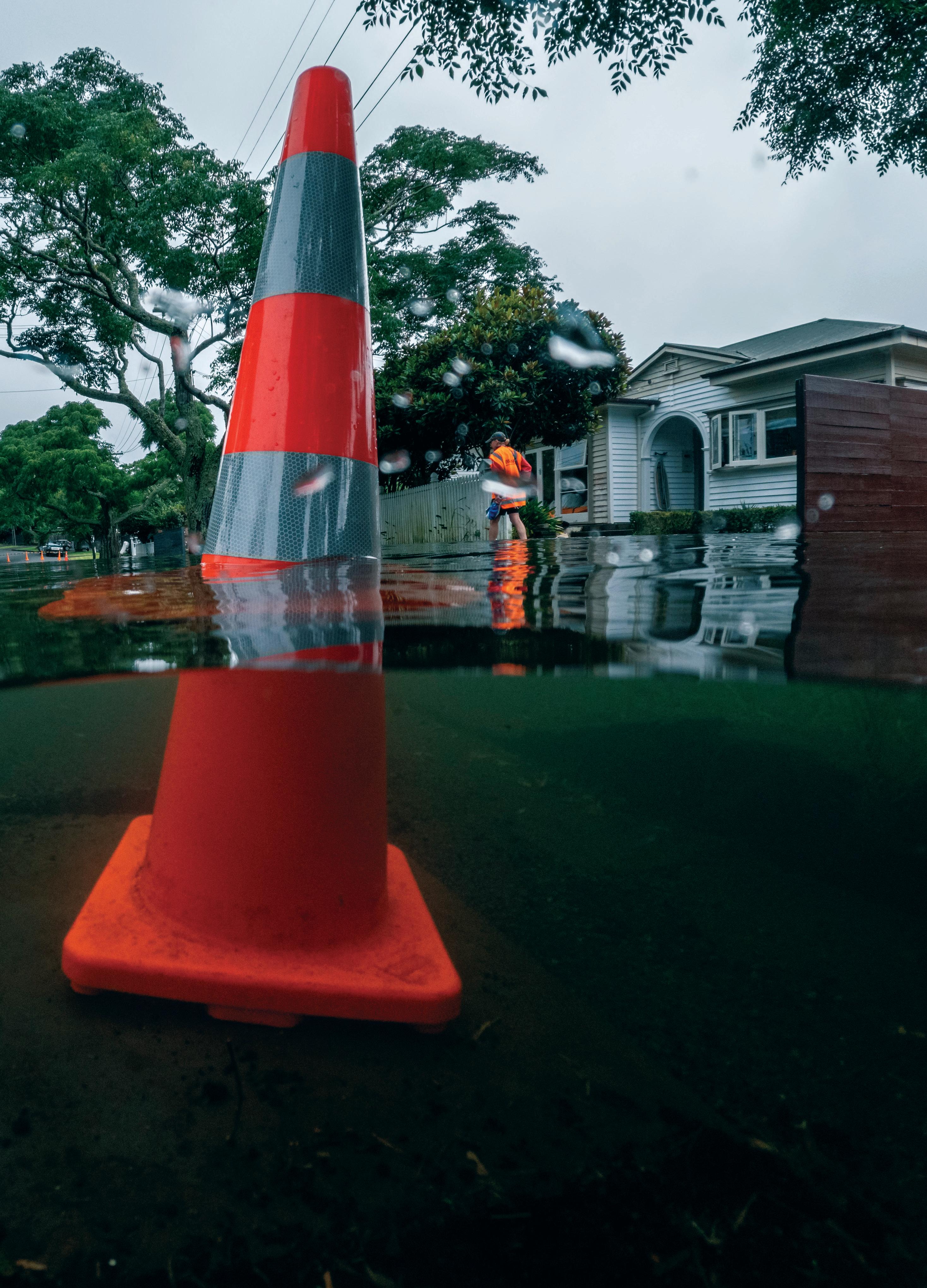
| MAY 2015 ISSUE 189 water
MARCH/APRIL 2023 ISSUE 228
Inundated
Serving the New Zealand Water Industry since 1938.
Serving the New Zealand Water Industry since 1938.
Serving the New Zealand Water Industry since 1938.

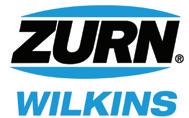






Serving the New Zealand Water Industry since 1938. www.deeco.co.nz

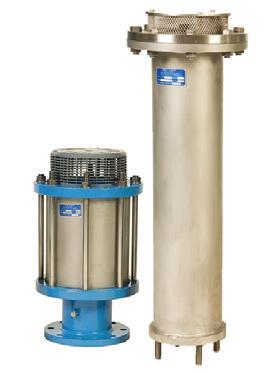




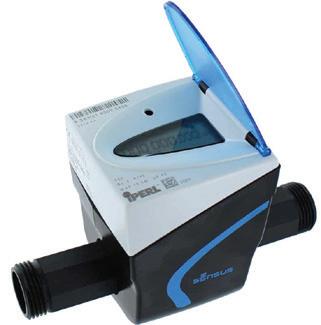
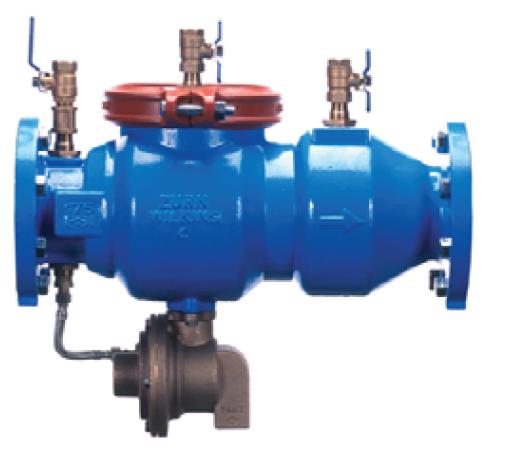
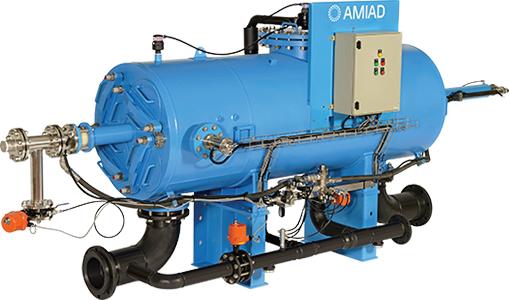


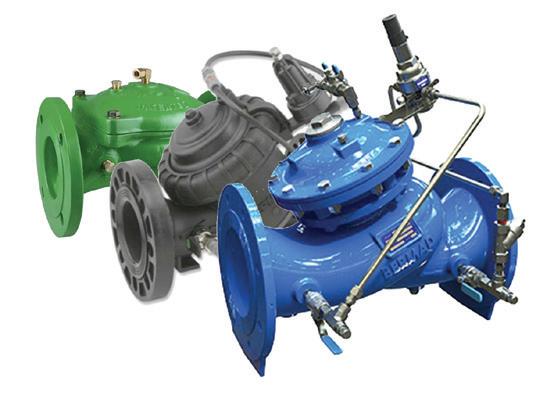




















































www.deeco.co.nz












METERING FILTRATION VALVES SMART AUTOMATIC CONTROL Irrigation Waterworks Fire Protection Est. 1938
640MC RBX / RGX / RGX II SPINKLIN AMF iPerl Meistream RF Cordonel Diavaso Apps METERING FILTRATION VALVES SMART AUTOMATIC CONTROL Irrigation Est. 1938
640MC 700 SIGMA 375 RPZ RBX / RGX / RGX II SPINKLIN AMF iPerl Meistream RF Cordonel Diavaso Apps METERING FILTRATION VALVES SMART AUTOMATIC CONTROL Irrigation Waterworks Fire Protection Est. 1938
640MC 700 SIGMA 375 RPZ RBX / RGX / RGX II SPINKLIN AMF iPerl Meistream RF Cordonel Diavaso Apps METERING FILTRATION VALVES SMART AUTOMATIC CONTROL Irrigation Waterworks Fire Protection Est. 1938
640MC SAF 700 SIGMA TORRENT 375 RPZ RBX / RGX / RGX II SPINKLIN AMF iPerl Meistream RF Cordonel Diavaso Apps
President: Lorraine Kendrick
Board Members: Helen Atkins, Troy Brockbank, Fraser Clark, Tim Gibson, Lorraine Kendrick, Priyan Perera, Dr Deborah Lind, Shelley Wharton, Chief Executive: Gillian Blythe
Water Group Co-ordinator: Katrina Guy
Administration Officer: Pip Donnelly
Technical Manager: Noel Roberts

Insight and Sustainability Advisor: Lesley Smith
Training Development Manager: Mumtaz Parker
Communications Manager: Debra Harrington
Design and Marketing Coordinator: Paris Elwood
Executive Administrator: Amy Samuelu
Bookkeeping and Administration assistant: Zoe Hubbard
OUR SPECIAL INTEREST GROUPS
Backflow
Climate Change
Smart Water Infrastructure
Modelling
Onsite Waste Water Management

Stormwater
Water Service Managers’ Group
WeCan
Young Water Professionals:
Chapters in Auckland, Wellington and Christchurch.
For information contact:
Katrina Guy 04 495 0891, email: Katrina.guy@waternz.org.nz
WATER JOURNAL
Editorial: Mary Searle Bell, Contrafed Publishing
M: +64 21 676 034
Advertising Sales: Debbie Laing
M: +64 27 455 0223
Design: Jonathan Whittaker
M: +64 21 147 5591
Publishing: Contrafed Publishing,
Managing Editor: Alan Titchall, 1 Grange Road, Mount Eden, Auckland 1024 PO Box 112 357, Penrose, Auckland, 1642
P: +64 9 636 5715 www.contrafed.co.nz

Distribution: Pip Donnelly
P: +64 4 472 8925
DISCLAIMER: Water New Zealand reserves the right to accept or reject any editorial or advertising material submitted for publication. The opinions expressed in contributions to Water are not necessarily those of Water New Zealand. The information contained in this publication is given in good faith and has been derived from sources believed to be reliable and accurate. However, neither Water New Zealand, nor any person(s) involved in the preparation of this publication accept any form of liability whatsoever for its content including advertisements, editorials, opinions, advice or information. This extends to any consequences from its use. No part of this publication may be reproduced, stored in any retrieval system, or transmitted in any form or by any means electronic, mechanical, photocopying, recording or ink–jet printing without prior written permission of the publishers.
ISSN 1179-2949 (Print)
ISSN 2382-1906 (Online)
www.waternz.org.nz
Water NZ is printed on environmentally responsible paper, sourced from PEFC certified fibre from sustainably managed and legally harvested forests, and manufactured under strict ISO 14001 environmental management systems
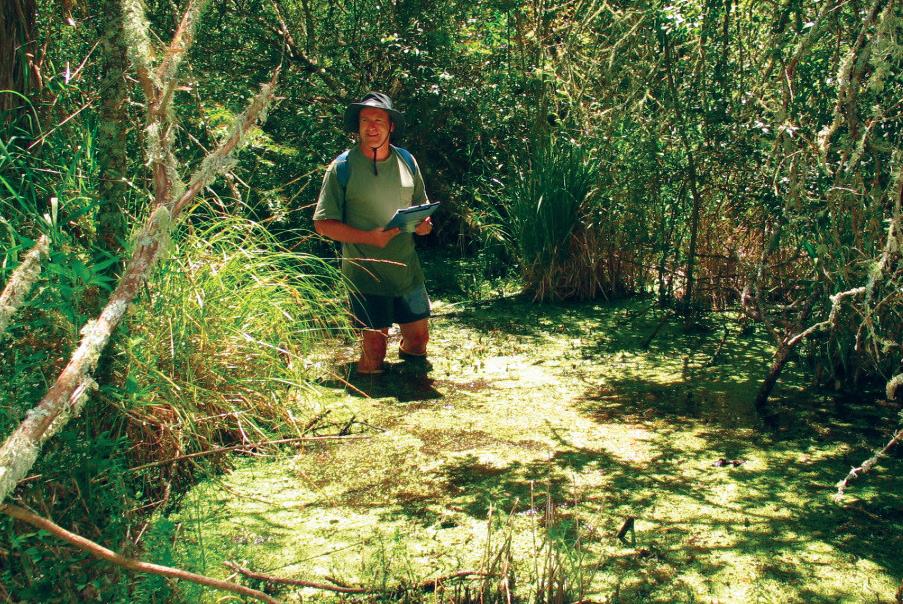
REGULARS AND COMMENT PIECES
22 Profile: Ben Lunjevich
24 Empowering women in water
68 On-site wastewater management services: The forgotten 20 percent
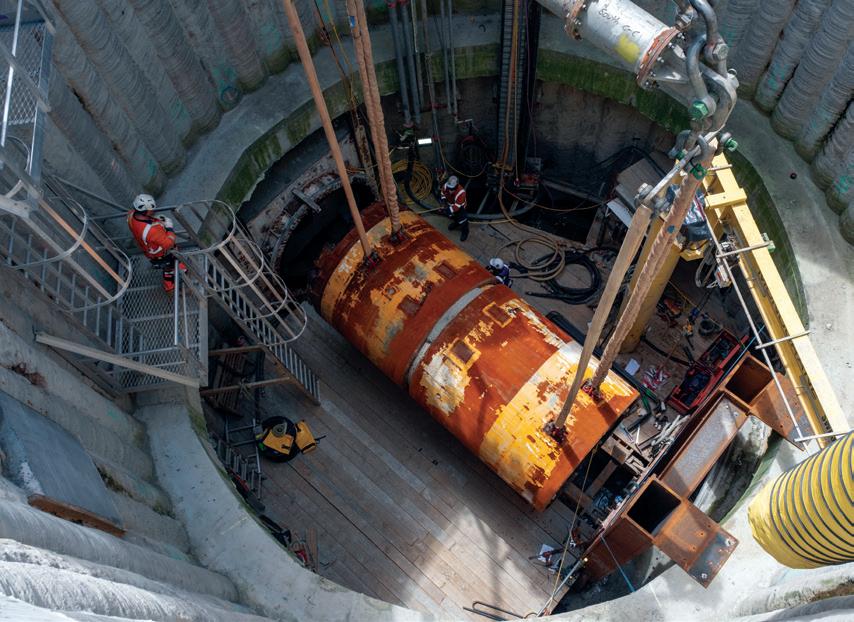
70 Filling knowledge gaps about OWMS
72 Water tanks: We must do better
74 Sustainable water management through reform
76 Legal update on water reforms
OVERSEAS STORIES
52 International mission to survey Earth’s water
54 ‘Rainfall rescue’ data enters official precipitation records
78 Magnetic material mops up microplastics in water
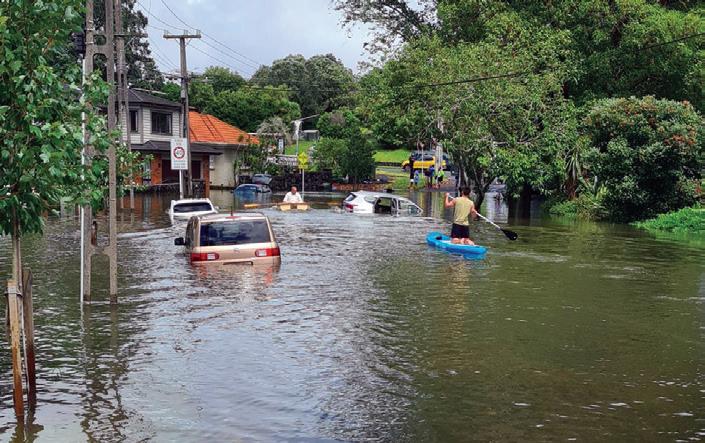
MARCH/APRIL 2023 WATER NEW ZEALAND 3 CONTENTS WATER NEW ZEALAND Issue 228 MARCH/APRIL 2023 INSIDE 04 President’s comment 06 An update on legislative submissions 08 Driving change in engineering and architecture 12 New fluoride guide spells out key requirements 14 New guide for minimising wastewater network overflows released 20 UN 2023 Water Conference FEATURES 28 Wet and forget: Why this attitude to flooding has to change 34 The case for unearthing urban streams 40 Stormwater vs floodwater solutions 44 The people of Kaipara moana remediation 48 A champion of freshwater science retires 56 Central Interceptor project update 62 Massive irrigation dam takes shape 80 Teaching an old pipe new tricks water 56 The official journal of Water New Zealand – New Zealand’s only water environment periodical. Established in 1958, Water New Zealand is a non-profit organisation.
22 28 48
‘Ka ora te wai, ka ora te whenua, ka ora nga tangata’
‘If the water is healthy, the land is healthy, the people are healthy’
- -
Cover image: Stuart Mackay, NIWA
It’s time to focus on stormwater
Lorraine Kendrick President, Water New Zealand
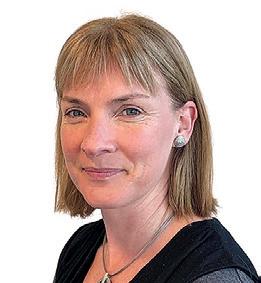
On behalf of Water New Zealand, our thoughts have been with our members, colleagues, and those others affected by storms and flooding. It’s been a very tough start to 2023 and the unprecedented weather event has clearly put much-needed focus on stormwater infrastructure and what we can do to live with more and bigger storm events.
Perhaps 2023 will be to stormwater what Havelock North in 2016 was to drinking water – a wakeup call about our water infrastructure and, in this case, how we are going to plan for a more water-resilient future.
Unfortunately, stormwater is known as the ‘poor cousin’ to the other two waters, drinking water and wastewater, and has suffered from lack of resources, funds and specialist skills.
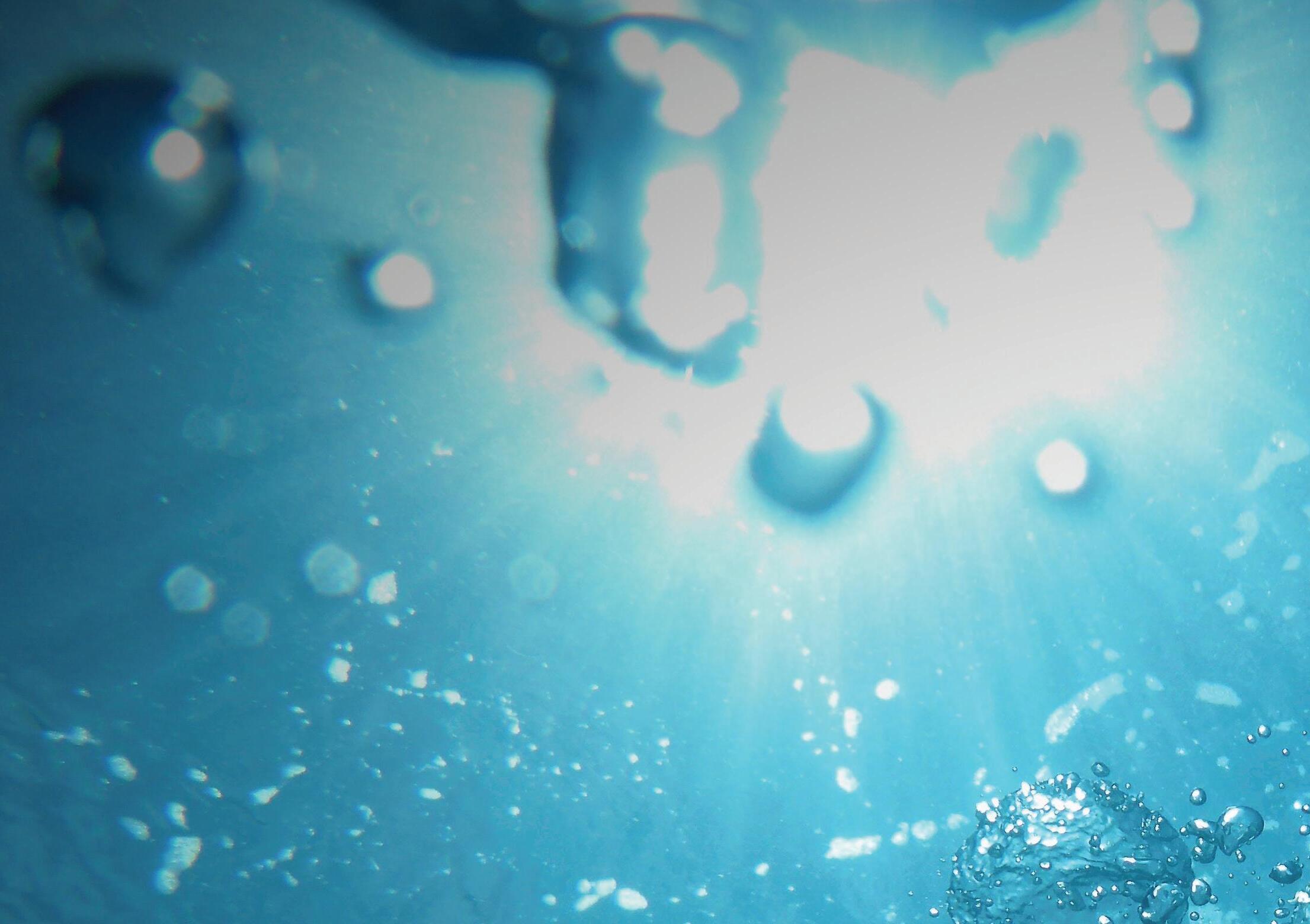
A look at the 2020/2021 National Performance Review is a stark indication of the level of under investment. In that year utilities invested $385 million on stormwater infrastructure, compared to $1.3 billion on water supply and $1.26 billion on wastewater infrastructure.
It is also the network that we know least about, with a lack of planning and understanding on how the networks, including overland flow paths, operate under different conditions.
This has made it difficult to justify funding with competing demands and to attract and retain the specialist skills required to provide a comprehensive and robust approach to the management of stormwater.
Effective and long-term management of stormwater relies on scale, particularly as flooding events are likely to be more common with the impact of climate change.
Obviously, the January flooding and Cyclone Gabrielle were beyond the scope that any stormwater utility could be expected to manage with traditional infrastructure. It’s clear we can’t continue to rely on infrastructure to build our way out of flooding.
We need to make room for water so we can live with water.
Yet despite the devastation, there was some room for optimism with clear examples of well-planned development that have stood up to the challenges.
The Awataha Stream and Greenslade Reserve stormwater detention park held up well during the January floods, with much greater capacity than a traditional hard infrastructure network. It also shows that much needed housing development and more
intensification can be done with resilience in mind.
Most New Zealanders will have by now heard of nature based solutions – things like sponge cities, daylighting urban streams, uncovering natural streams, parks and planting vegetation to absorb the water, less concrete, and not developing housing in flood plains or around flow paths.
But we’re also going to need more national leadership and better levers that pull in the right direction for a joined up national approach in land use and stormwater planning.
It will be crucial for the regulators, local government organisations, and water service entities to work together to ensure an integrated catchment approach for all infrastructure for the benefit of our communities.
For instance, there is a need for new spatial planning legislation to be mindful about stormwater resilience and to plan for a much more challenging stormwater environment with more accountability for flood-related outcomes. See our articles on pages 28-42.
We will need more consistent understanding of the modelling data around climate change and better understanding of the nature of the events. How often are these storms likely to occur? How big are they likely to get? How can we design better infrastructure and cities to cope with them?
It is vital that flood hazard information is freely available, nationally consistent and transparent. Water New Zealand has welcomed the intent of the Local Government Official Information and Meetings Amendment Bill legislation to ensure better national guidance on LIM information.
Locked-in climate change and more extreme weather events are going to continue to be a feature of our planet and how we protect the health of communities here and our water environment will require a massive shift in our thinking, planning and urban development.
With this, I urge you to join us at Stormwater 2023 in Auckland this May. This will be a great learning opportunity where we’ll be sharing ideas about the critical solutions needed for stormwater resilience. Take a look at our website for more information on the programme. Hope to see you there.
Ka kite anō
Lorraine Kendrick President
4 www.waternz.org.nz WATER NEW ZEALAND FROM THE PRESIDENT
Join us at Stormwater 2023 Stormwater 2023 is about sharing ideas, being inspired and creating sustainable solutions. Join 400+ Stormwater professionals with an interest in learning how to create a healthy, liveable water resilient future. Find out the latest in innovation, best practice and meeting the aspirations of Te Mana o te Wai. At Stormwater 2023 you’ll learn about the latest cutting-edge stormwater information, science and management, create business opportunities and network with peers. Ka ora to wai, ka ora te whenua, ka ora ngā tangata – if the water is healthy, the land is healthy, the people are healthy Proudly brought to you by Water New Zealand Te Roopu Wai Awhatanga 23 – 25 May | Cordis, Tamaki Makaurau Auckland BROUGHT TO YOU BY Go to the Water New Zealand website www.stormwater.org.nz to find out more and register
New CEO joins first 2023 Taumata Arowai webinar
Water New Zealand was pleased to welcome new Taumata Arowai chief executive Allan Prangnell to the first Taumata Arowai webinar for 2023.
More than 140 members and others in the sector joined us to discuss Drinking Water Safety Plans, exemptions, and incidents and responses.
Other Taumata Arowai panellists included senior technical advisor Noah Hensley, regulatory services manager Melinda Sando, and Dunedin regulatory team leader Rachel East.
Prior to his previous job as deputy chief executive of Te Manatū Waka/the Ministry of Transport, Allan was an executive director at the Department of Internal Affairs where he led and delivered, in partnership with local government, iwi/Māori, industry and other government agencies, the establishment of Taumata Arowai.
Water New Zealand CEO Gillian Blythe says Water New Zealand is looking forward to continuing to work with Taumata Arowai and supporting the development of a robust regulatory framework to help ensure safe drinking water and a healthy environment.
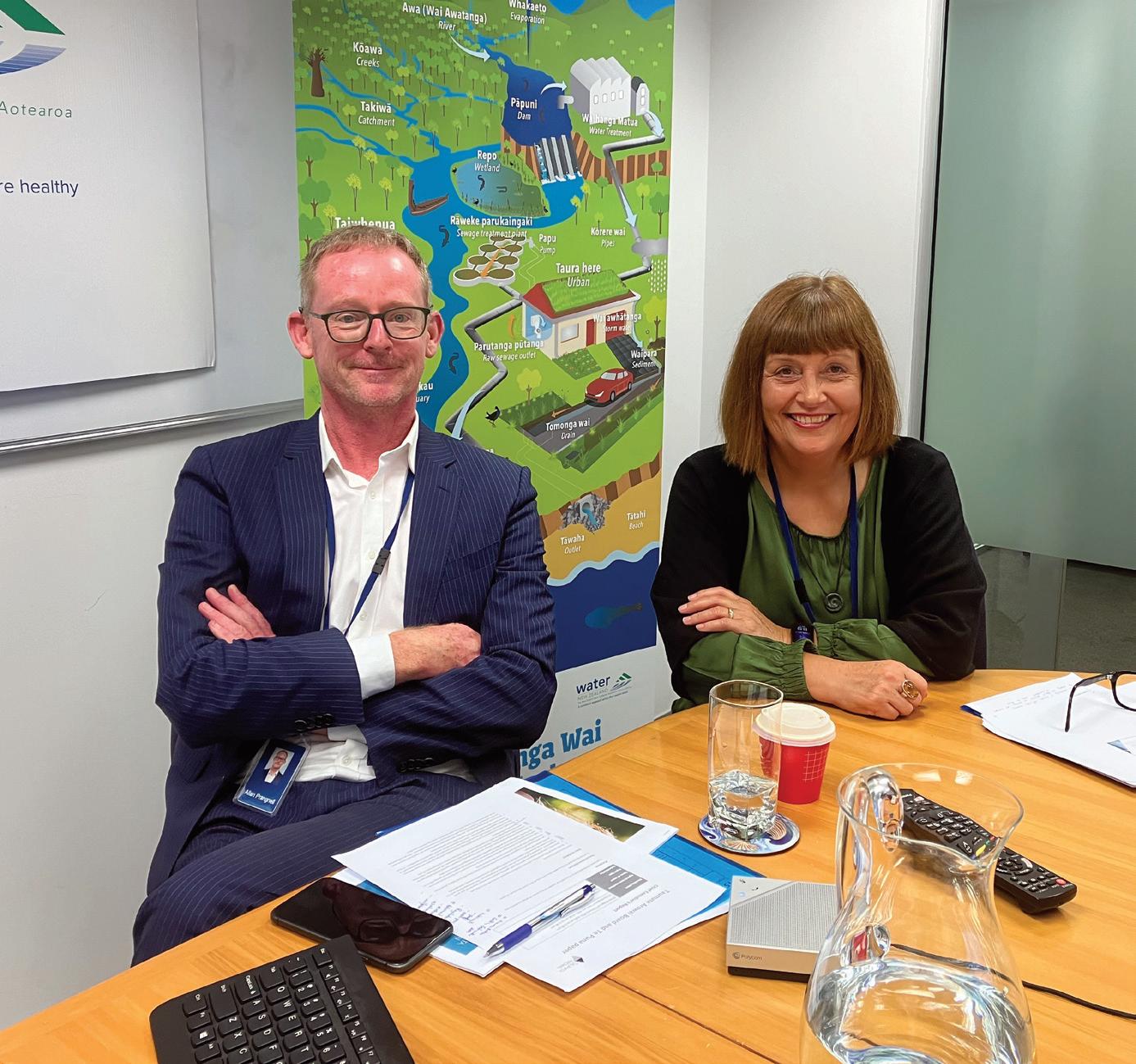
You can see this and other webinar updates from Taumata Arowai on our website waternz.org.nz.
Busy summer for legislative and regulatory changes
Many aspects of water services provision, planning, operations, and practice will be affected by far-reaching upcoming law changes or new rules from the Government.
Members have had a busy summer period with a large number of legislative and regulatory consultations taking place.
The Water Services Entities Act received Royal assent on December 14, 2022. Hot on its heels was the first reading of the Water Services Legislation Bill (Bill 2) and the Water Services Economic Efficiency and Consumer Protection Bill (Bill 3).
We, Water New Zealand, submitted favourably on both bills and will present to Select Committee.

As well, the resource management reform legislation – the Natural and Built Environments Bill and the Spatial Planning Bill – were released in the middle of November and we submitted a single submission on the two bills in early February.
In addition, over the past few months, Water New Zealand has also made submissions on the Local Government Official Information and Meetings Amendment Bill; the National Direction for Plantation and Exotic Carbon Afforestation consultation document; and Taumata Arowai Network Environmental Performance Measures consultation.
In February, we also made submissions on The Review into the Future for Local Government
(2022), and Draft report PFAS (per- and poly-fluoroalkyl substances) National Environmental Management Plan version 3.0.
Coming up
Among the initiatives which have been announced but for which legislation is yet to be introduced are the Emergency Management Trifecta Bill, which was expected to be introduced to the house late February/early March, and the Climate Change Adaptation Bill, which is likely to be introduced in late 2023.
All our submissions are available on the submissions page on our website, waternz.org.nz.
6 www.waternz.org.nz WATER NEW ZEALAND UPFRONT
Allan Prangnell and Melinda Sando at the Water New Zealand webinar.
New faces at Water New Zealand
Belinda Cridge, training development manager
Starting with us in January, Belinda was previously working for ESR in the drinking water and environmental health team providing toxicology advice and support.
Belinda has an MSc and PhD in toxicology and a BSc in pharmacology and has worked in both toxicology and teaching/science outreach for many years and is looking forward to supporting learning across the sector.
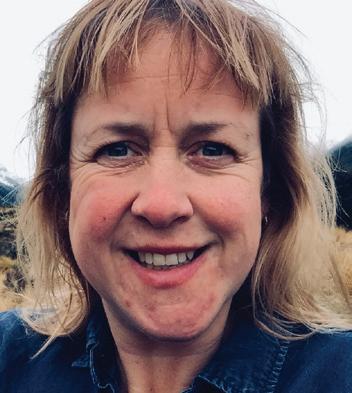
Her main responsibilities will include maintaining and extending
the digital badge programme, continuing the support of the competency frameworks and the mentoring programme.

Belinda says her current favourite piece of water is Lake Okareka, a perfect swimming spot just 10 minutes from her home in Rotorua. Her most recent challenge is trying to learn to water ski.
Nicci Wood, technical advisor
Nicci joined the Water New Zealand team late last year. She has 20-plus years’ experience in resource and
asset planning and strategy across public infrastructure.
Her knowledge and background will be an important asset to the organisation and water sector, providing advice into national, regional and local, infrastructure-related, legislation, strategy and policy. Nicci has a BSc in geology and Masters in catchment dynamics and management.
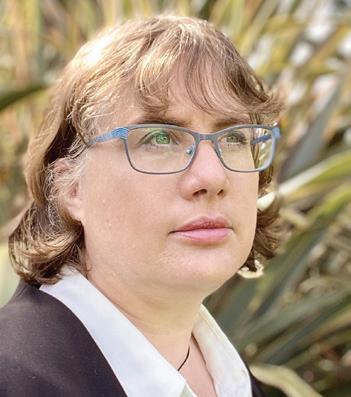
Nicci says she is passionate about the natural environment and spending time outdoors, particularly near water. She’s a yachtie and competes offshore racing out of Te Whanganui-aTara/Wellington.
Developing equitable and fair relationships with iwi
Many natural resources, such as water, have been managed in collaboration between local government and mana whenua, with varying degrees of cooperation. While co-governance, or shared responsibility, is appropriate through Te Tiriti o Waitangi obligations and more recently through Te Mana o te Wai –putting the health of the water first, many in local government are still grappling with how to establish and nurture important relationships with local iwi.
In our first Tawara o te Wai podcast for 2023, Water New Zealand chief executive Gillian Blythe explores how one region is tackling this.
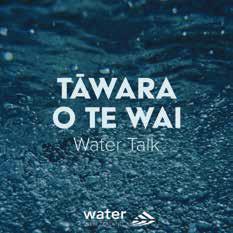
Despite a history of treaty grievances and concerns about wastewater management, representatives from iwi and councils in Te Tauihu – at the top of Te Waipounamu/the South Island, have been working together to come up with a shared vision and to move forward to a more holistic long term partnership.
In this discussion, Gillian spoke to Aneika
Young, Ngati Rarua and Poutohutohu Taiao Motueka, Jenna Neame, chief operations officer and kaihautū at Tasman District Council, Nathan Clark, general manager of regional services for Nelson City Council, which together with Tasman District Council manages the Nelson Regional Sewerage Business Unit, about what they hope their vision will look like and why it’s important.
Go to our website www.waternz.org.nz to listen to this latest podcast as well as other recordings.

MARCH/APRIL 2023 WATER NEW ZEALAND 7
A Water New Zealand podcast series Go to spotify or our website to listen to our latest discussions on current water issues waternz.org.nz "Whakarongo ki te tāwara o te wai" "Listen to the murmurs of water".
Tāwara o te Wai
Belinda Cridge
Nicci Wood
Driving change in engineering and architecture
By Charlotte Downs, programme director, Diversity Agenda

The Diversity Agenda is committed to helping engineering and architecture firms become more diverse and inclusive, through awareness, empowerment and action.
Since its inception in 2018, the Diversity Agenda has grown to more than 150 member organisations with nearly 60 chief executives and business owners signing the Diversity Agenda Accord, willing to be held publicly accountable for achieving truly diverse professions.
Beginning with the goal of increasing the number of women in engineering and architecture by 20 percent by 2021, the Diversity Agenda has since expanded with some big goals to ensure all members have a diversity and inclusion strategy in place, close their gender pay equity gaps, and develop cultural competence in Te Ao Māori.
Women make up around 50 percent of the graduating university population in architecture but only 22 percent become registered architects, while female engineering graduates have generally remained steady over the past decade at between 18 and 20 percent.
In 2022, the average for Māori employees across all Diversity Agenda Accord firms was reported as 6.5 percent – with 5.6 percent being the average for engineering firms and 8.8 percent being the average for architecture firms.
Our demographic population is changing and we need diverse talent from different backgrounds to join our professions.
We have a labour shortage and face a challenge attracting diverse people to our professions and retaining them. And yet, we have so much to offer. We’re changing that story so that everyone knows this is a sector for them.
We’re doing this by focussing on creating pathways for participation and growth, creating equitable and inclusive cultures where everybody thrives, and continuing to grow our network of champions advocating for diversity and inclusion.
Diversity, equity and inclusion is critical for the success of our sector, for the success of our members’ businesses and the country as a whole.
Beyond our moral imperative, there are the stats. McKinsey research shows companies with a diverse workforce are 35 percent more likely to experience greater financial returns, 70 percent more likely to capture more markets and with more markets comes a bigger audience which equals more profit.
Companies that embrace diversity are 1.7 times more innovative and richer in diversity of thought, capturing broader perspectives and contributing better ideas to complex problems. We also know that 64 percent of candidates research a company online before applying and
one in three will not apply for a company that lacks diversity.
We know the journey is hard, which is why the Diversity Agenda has a strong focus on supporting members with benchmarking, toolkits, learning opportunities and tailored support for businesses that don’t have in-house diversity and inclusion teams.
The Diversity Agenda launched a new 2025 strategy late last year, with over 125 people attending the launch event to show their commitment to diversity, equity and inclusion. Water New Zealand chief executive Gillian Blythe was among them and says it was heartening to see so many of the association's corporate members supporting this important initiative.
The Diversity Agenda is driven to grow the movement by 20 percent in year one, and need buy-in from as many firms as possible, big and small, to maximise impact and spread the word.
We have a lot to do, but we can and will achieve change.
If your firm would like to join the movement get in touch with charlotte@diversityagenda.org.

8 www.waternz.org.nz WATER NEW ZEALAND UPFRONT
Diversity Agenda chair Ceinwen McNeil speaks at the strategy launch in December 2022.
Final National Performance Review out soon
 By Lesley Smith, Water New Zealand
By Lesley Smith, Water New Zealand
The last-ever publication of Water New Zealand’s annual flagship publication, the National Performance Review, is about to be released.

Since 2008 the NPR has been a key source of annual performance assessment of drinking water, wastewater and stormwater service provision. However, following the establishment of Taumata Arowai, we are working to transition learnings to the new Network Environmental Performance Measure Rules.
The rules for water supply are now published on the Taumata Arowai website, and wastewater measures for the following reported period are to be gazetted in April.





















The rules build on many of the learnings established over the life of the National Performance Review. It is heartening that the many hours of learnings developed by service
providers participating in the review will be recognised in this way.
The report has been run as a voluntary process with councils, and their CCOs committing the time and resources to enable its production. Significant effort has gone into the data capture and reporting within water service providers, demonstrating the ongoing commitment to transparency and performance improvement of the many staff involved in its production.





This year’s review covers 33 of the 64 water service providers, to whom we are very grateful for their ongoing support, through what has been an exceptionally busy period for the water sector.
As we know, drinking water, wastewater, and stormwater services are essential for human health, the environment, and economic development. To be effective in achieving these aims, services need to be resilient, reliable,
























„FULL SERVICE IN PLACE“




customer focused and resource efficient.
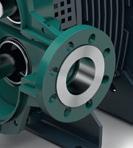
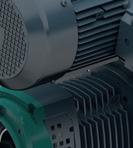
















The NPR report provides performance measures to support understanding of how effectively these outcomes are achieved, as well as information on the workforce and asset base that underpin service delivery.




















In doing so, it has helped standardise the way performance is measured and reported, facilitating comparison and collaboration across the sector. It has also helped lift understanding and transparency of the water sector across the public and formed a launch pad for building the information base underpinning more detailed studies.
Water New Zealand is now compiling its final review, covering performance data for the 2022 fiscal year. The review is due to be released in March and will be available through the Water New Zealand website. We’ll report on the key findings in our next edition of Water.

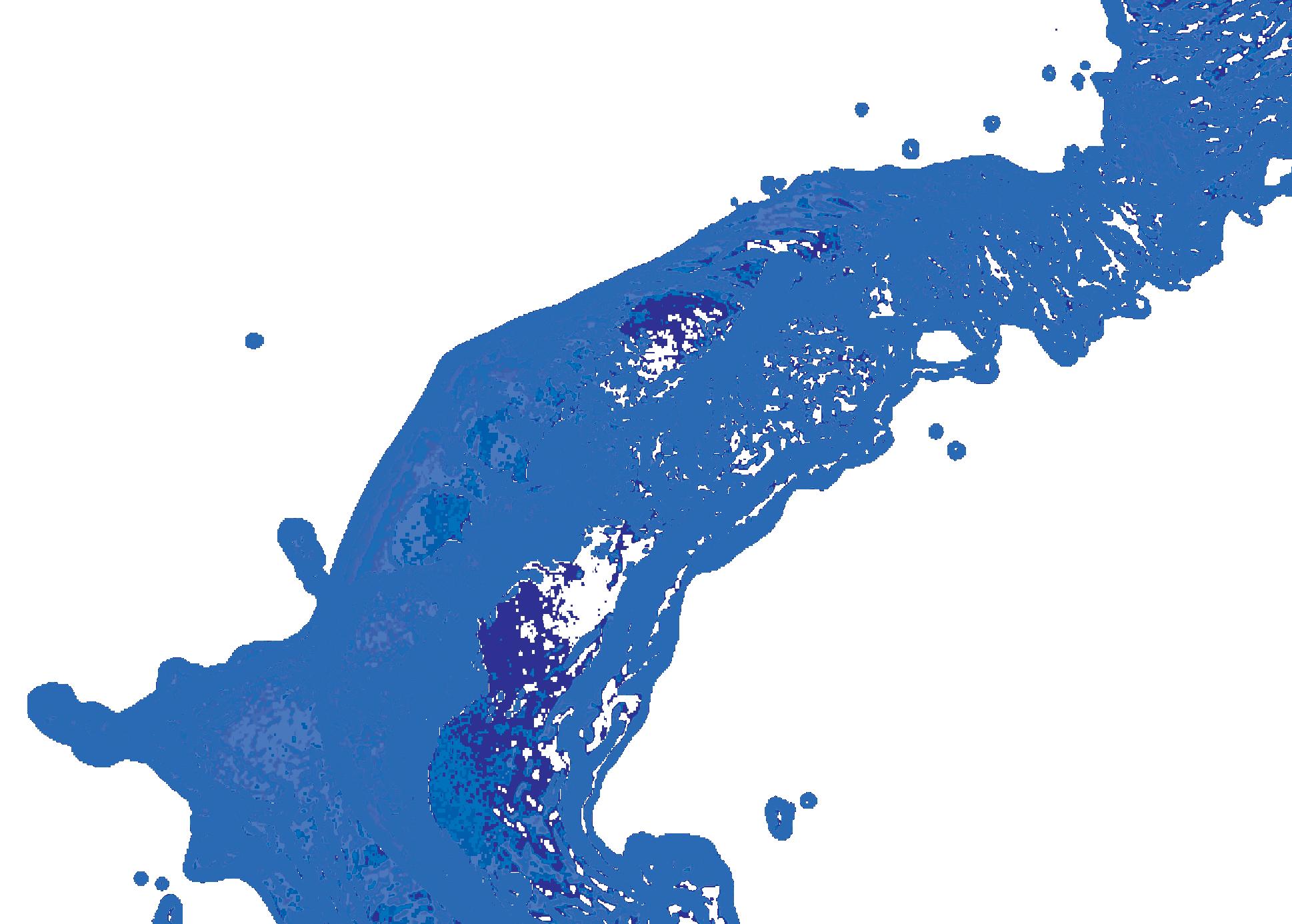
LONG SERVICE LIFE
RAPID DISASSEMBLY/ASSEMBLY



EASY MAINTENANCE & CLEANING
EASY ACCESS TO ALL WEARING PARTS
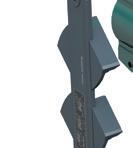
ROBUST
UPGRADEABLE & COMPATIBLE ECONOMICAL



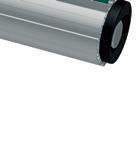
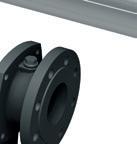








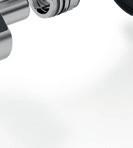



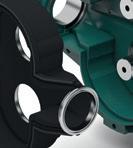




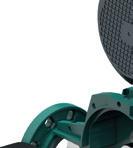




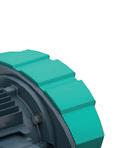











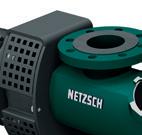
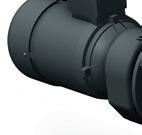





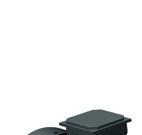



































































MARCH/APRIL 2023 WATER NEW ZEALAND 9
o ers you many advantages
COMPLETE PUMP SERVICE without removing the pump from the system
Water Service Entities chief executives appointed

In January, the Department of Internal Affairs (DIA) confirmed the appointment of chief executives for the new Water Services Entities, taking another key step towards enabling changes in water services delivery for the health and well-being of future generations.
DIA chief executive Paul James says that the chief executives will be a valuable addition to the National Transition Unit (NTU) as the team works toward delivering a seamless transition.

Jon Lamonte – Entity A
Jon Lamonte, previously head of Watercare, brings significant experience in leading change and transformation for complex organisations across the private and public sector.
Jon says he’s enthusiastic about making a difference for the people of Te Tai Tokerau and Tāmaki.
“I firmly believe that access to safe drinking water ought to be a basic right in a developed country like ours – the fact we can’t always guarantee that is just unacceptable.
“As I’ve looked around Tāmaki Makaurau and Te Tai Tokerau, I’ve seen much of the aging infrastructure that should have been replaced years ago, or where it’s stopping the growth of the economy and making people’s lives harder.
“Rather than moan about it, I’ve decided to step up and lead that change.”
Jon believes that Three Waters Reform brings many benefits to the diverse communities within Entity A; many of which haven’t had a voice for what their local areas need, or just as importantly, what they don’t want.
“We need everyone to feel a part of our planning and share in the changes we make. There are places with regular non-compliances in wastewater discharge, and others where stormwater or tidal risks need urgent attention.
“We won’t fix everything overnight, but if we have greater freedom to borrow, and repay debt over longer periods, we have a chance to deliver much needed infrastructure more quickly; yet make it affordable for all.”
When asked what the biggest challenge is that he’ll face in the new role, Jon says setting up any new entity is always a challenge; but within Entity A, there’s a diversity of interests, from mana whenua and councils, including regional council, which all need to be heard.
“I want to get to know all of them much better, to have real relationships where we can have open and honest discussions, understand each other’s needs, and make a difference for people.”
Vaughan Payne – Entity B
Vaughan Payne, who has whakapapa links to the areas Entity B covers, brings extensive local government experience with him, having served seven years as chief executive of the Waikato Regional Council, and a further five years as CEO at Ōpōtiki District Council.
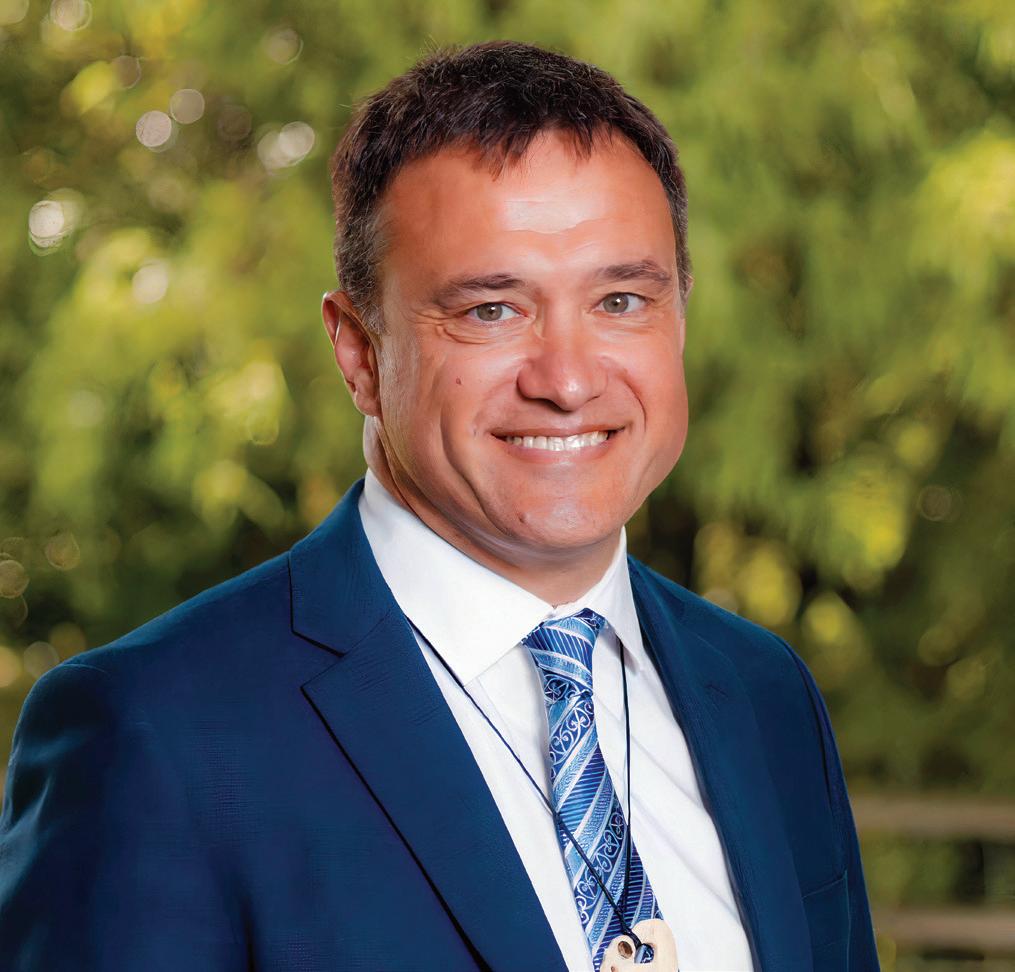
He has expertise in organisational strategy, system transformation and organisational change, iwi partnerships and relationships, local government, and infrastructure management.
Vaughan says he was drawn to apply for the role because the Three Waters Reform has goals which align very strongly with what’s important to him.
10 www.waternz.org.nz WATER NEW ZEALAND UPFRONT
Jon Lamonte Vaughan Payne
“I have a major stake in the future success of Western Central area. I whakapapa into the area and have lived and worked most of my life there. What we’re seeking to achieve strongly aligns with what’s important to me: Te Mana o te Wai, Te Mana o te Tangata – the mana and well-being of our waterways and people.”
Vaughan says the reform will benefit communities across Entity B by improving water services for communities in an affordable manner, alongside improvements to local environmental outcomes and resilience.
“Eighteen of the 44 communities across New Zealand that are prone to serious flooding, are in the Western Central area. Entity B will have the scale to develop long term sustainable solutions to improve stormwater management for these communities.”
With the skills necessary to build the strong relationships essential to making the reform a success, Vaughan outlines the key outcomes he wants to achieve and be a part of.
“Creating Water Services Entities that we are all proud of; greater respect for the mana of our water bodies; affordable improved water services that meet current and future community needs, and a workplace that attracts and retains high quality staff.
“This role is an opportunity to make a real difference,” says Vaughan.
Colin Crampton – Entity C
Colin Crampton brings over 30 years’ experience in the infrastructure sector and has been chief executive of Wellington Water which delivers water services to the metropolitan area of Wellington and South Wairarapa.
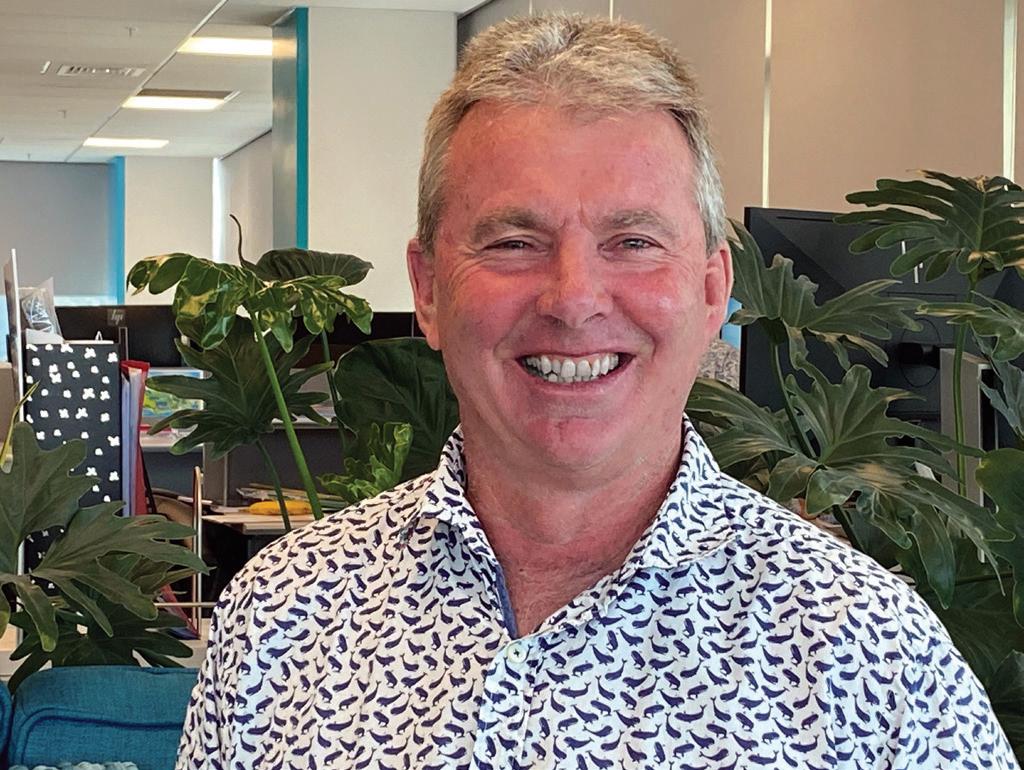
Colin says the role is a once-in-a-lifetime opportunity to make a difference for the communities in the Entity C region.
“Driving meaningful change in how our three waters are managed and delivered for the health and well-being of all New Zealanders and the environment for generations to come is what drives me.
“We all deserve safe and reliable drinking water, to not allow untreated wastewater into our rivers, streams, and harbours, and to manage the effects of stormwater and global warming.
“Entity C, along with the other entities, will have the size and scale to achieve these important three waters outcomes for local communities.”
Colin says his focus is on building positive, effective working relationships
with mana whenua, councils, service providers, community leaders and, critically, those who are already working in the water sector.
“My top priority now is to work closely with mana whenua and local government to ensure we fully understand the needs of each community in Entity C and the work that needs to be done.”
Colin believes it's critical to the overall success of the new entity that everyone who currently works in water, providing services every day, is retained.
“We also need to establish a reliable and growing programme of work that suppliers can plan around so we can be more efficient in our day-to-day work and build a modern viable workforce around water.
“The water sector has for long been under the radar in terms of importance to people. I’m really looking forward to establishing water as an excellent sector for people to work in and attracting more Māori, Pasifika, and women to the sector.”
Next steps
The chief executives will lead the Water Services Entities A, B, and C for the first two years, following their establishment on July 1, 2024.
The Department of Internal Affairs is currently working through several options to make an appointment with the specialist skills and experience needed for Entity D which reflect this unique part of New Zealand.
All appointees sit within the National Transition Unit until the establishment of their regional boards, which are on track to be stood up in Q2 2023.
Article from the Department of Internal Affairs
The value of good modelling tools and the key role that modellers play in the future water environment is increasingly recognised and was reflected in this year’s event.
As well as opportunities to meet and network at the first face to face get-together in two years due to Covid, delegates were treated to a range of outstanding speakers and presentations chosen from a record number of quality abstracts.
We’ll bring you highlights in the next edition of Water

MARCH/APRIL 2023 WATER NEW ZEALAND 11 Modelling for an uncertain future Modelling Symposium 15 - 16 March 2023 | Te Whanganui-a-Tara
As this edition of Water was being posted, water modellers from around the country were gathered in
Whanganui-a-Tara Wellington for Water New Zealand Modelling Symposium 2023
Colin Crampton
Fluoride is a contentious issue and I really don’t want to get into the debate about efficacy or the instruction to fluoridate supplies that don’t comply with the Drinking Water Quality Assurance Rules.
I do want to talk about the new fluoride guide that we have spent time producing.
Water New Zealand decided to update the document. Initially, this was thought to be a light refresh and update of the existing guide. However, it soon became clear that this was an opportunity to develop important design and operational information from the Code of Practice, so that it was easy to find and clear to the designers, suppliers,
installers, and operators of these systems.
A fundamental goal of our work was to spell out in very simple terms what is required to safely add fluoride to drinking water supplies.
My own personal goal was to get the consultant out of the design process. Consultants will still be required to make sure you have the separation distances required from other chemicals and protected places and the like. But they won’t have to draw you a P&ID and explain how this is going to work. It’s all there.
We have improved on the original designs and made them more
The 2021 The Health (Fluoridation) Amendment Bill transferred decision making powers on community water fluoridation to the Director-General of Health. New Drinking Water Quality Assurance Rules, and their oversight by Taumata Arowai, has also changed operating requirements for fluoridation of drinking water supplies.
In response, Water New Zealand has undertaken a review of its guidance related to fluoride, updating and consolidating existing material into Good Practice Guide for the Fluoridation of Drinking-Water Supplies in New Zealand
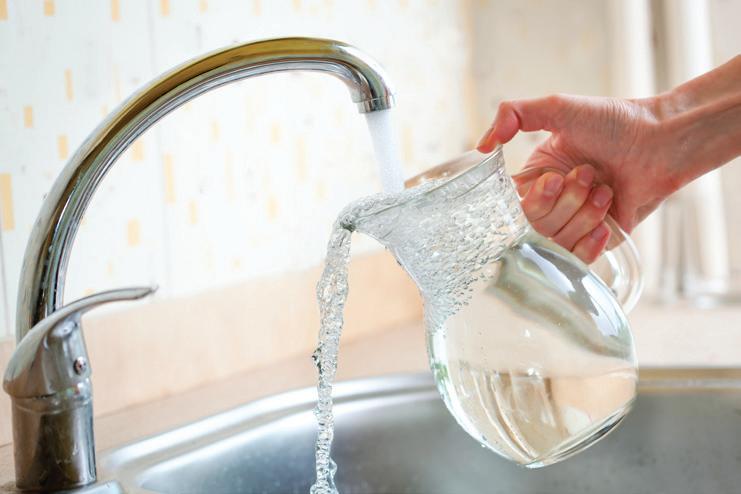
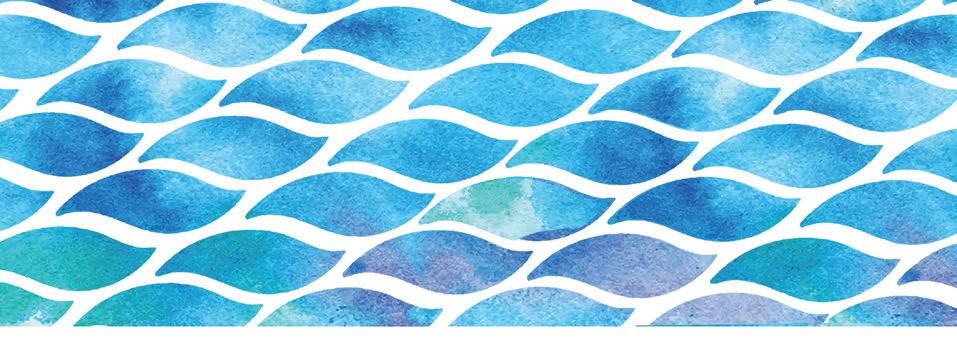
The new guide consists of two volumes. One updates the information contained in the association’s previous Code of Practice. The other extends the design and operational information available to water suppliers. The guide is free for Water New Zealand members to download from the Resource Hub on its website.

12 www.waternz.org.nz
WATER NEW ZEALAND Good Practice Guide FLUORIDATION OF DRINKING-WATER SUPPLIES IN NEW ZEALAND February 2023 ISBN NUMBER: 978-0-473-65595-2
Iain Rabbitts is the lead author of a recently developed design section in the new guide and principal process engineer at Lutra. Iain explains how new information in Volume 2 of the guide can be used to support those required to fluoridate water supplies.
robust to prevent overdosing. An example is that we now are looking for a measurable change in the dosing tank level or hopper weight over a much shorter time than simply checking that the number of fills in a day has not been exceeded.
We have produced three designs, for hydrofluorosilicic acid (HFA or FSA), sodium silicofluoride (SSF) and sodium fluoride (NaF). For each system, there is a P&ID, a control philosophy (not a full FD) and all the calculations you might require to size the system and calculate the fluoride dose.
What we haven’t included is all the information and requirements in the regulations, the corrosives standard (AS3780) and any other legal or guide information that may apply.
We have done that on purpose. The reason being that if the regulations and/or standards change, we don’t immediately have to update our fluoride guide. The designs that are provided meet all of those requirements as far as they go but you need to know what’s in those standards too.
For example, we don’t talk about safety showers in our guide as these are well covered in AS3780 and repeating the information in the new guide asks for confusion and contradiction. HAZOPs and Safety in Design (SiD) are covered in the Health and Safety legislation.
I believe this standard could be improved by the addition of supporting documentation including:
• Instrument, valve and equipment schedules;
• A functional description;
• HAZOP study of the plant such that the only HAZOP required would be for the location and not the plant;
• Standard operating procedures;
• Operations and maintenance manuals.
With all of these items, I believe we would have a really robust document that could be used by any water supplier with minimal input from consultants (they can pick the colour).
It would clarify what is required for suppliers and would add certainty to the pricing currently being carried out for the Ministry of Health.
I would like to thank all those who had contributed to this work, either by input or review or just moral support: The Water Services Managers Group for funding the work and providing suggestions on improvements; Seaton Rolleston and team from Ixom; Sylvia Vlad from Jacobs; Nolwenn Lagadec from Watercare; Noah Hensley from Taumata Arowai; Noel Roberts and Lesley Smith from Water New Zealand; and Ciaran Hyland from Lutra.
WORLD WATER DAY ACCELERATING CHANGE


Water Sanitation Crisis
The world is grappling with a severe water and sanitation crisis that has far-reaching consequences on global issues such as health, hunger, gender equality, education, industry, disasters, and peace. Despite the promise of the Sustainable Development Goal (SDG) 6 as part of the 2030 Agenda, which aims to ensure safe access to water and sanitation for all by 2030, the world is facing significant challenges in achieving this target. The crisis continues to affect billions of people, schools, businesses, healthcare centers, farms, and factories, compromising their fundamental human right to water and sanitation.
Impact on Communities
The global water and sanitation crisis can be difficult to visualise, but it has a significant impact on communities around the world. In a microcosm community of 100 people, 25 would have to collect unsafe water that would regularly make them sick, 22 would have to go to the toilet in the streets or use unhygienic latrines, 46 would live in areas vulnerable to disease due to the lack of proper treatment of wastewater, and 22 would work in or receive care at a healthcare facility that has no basic water service. Climate change and droughts would impact water resources, and the poorest and most vulnerable members of the community would face the biggest struggle to improve their water and sanitation services.
www.worldwaterday.org
What You Can Do
On March 22, World Water Day 2023, the theme is "Be the change you want to see in the world." You and your family, school, and community have the power to make a difference by taking action to address the water and sanitation crisis. You can join the World Water Day cause by exploring UN-Water's water facts, participating in discussions, reading the UN World Water Development Report, and examining the water and sanitation challenges in Aotearoa New Zealand. By being proactive and taking action, you can help accelerate positive change and bring about a world where everyone has safe and sustainable access to water.
MARCH/APRIL 2023 WATER NEW ZEALAND 13
New guide for minimising wastewater network overflows released
By Sarah Sunich, technical director of environment and resource management, and Justine Bennett technical director of environment/acting market lead environment, GHD.
Wastewater network overflows can be devasting to the environment, the health and safety of our communities, and our cultural values. But what if there was a way to prevent or mitigate the impacts that occur when untreated wastewater enters public and private property, waterways, and the sea?
Water New Zealand has published a Good Practice Guide, “Addressing Wet Weather Wastewater Network Overflow Performance”. It aims to provide a common framework for wastewater network service providers to manage discharges from the network and enable a consistent approach to addressing wet-weather wastewater overflows (WWO).

The guide includes methods for setting performance targets to achieve improved environmental and community health outcomes.
It recognises that improvements in network performance won’t happen overnight and nor can they be funded all at once. However, it supports network operators in prioritising their improvement works on the basis of risk of adverse effects and aligning these community expectations with the concept of Te Mana o te Wai.
Its hierarchy of obligations prioritises the health and well-being of water bodies first, with the health needs of people second and, lastly, the ability of people and communities to provide for their social, economic, and cultural well-being.
The process for setting performance targets is based largely on the application of a series of flow charts, enabling the user to be led through key tasks, providing context in greater detail, and tools that sit within the main body of the guide.
The framework is best summarised in the accompanying flow chart. It guides the user through the categorisation of the receiving environment, network analysis, and scoring of the geographic area to inform the development of performance targets for frequency of overflows
and prioritisation of improvement works programmes.
The guide also highlights national inconsistencies around wet weather overflow regulation. In some of our larger urban areas, consent is required to authorise network or specific overflows.
Process Overview
Through this regulatory process, levels of service have been committed to and continued improvements to network understanding and performance are being made. This has led to better transparency around catchment overflows and continual improvements are generally being achieved.
However, in some regions network overflow discharges are prohibited with occurrences presenting an enforcement risk which can result in discharges largely falling below the radar for many communities.
This highlights the need for a more consistent and workable approach to regulating such discharges.
A review of the regulatory framework for WWO was not the purpose of this guide, however,
the guide is intended to raise awareness of these types of discharges to the community and regulators.
The framework also enables users to work towards better understanding their network, receiving environments and community values to respond to any future regulatory requirements, and by giving effect to Te Mana o te Wai, will open a wider range of considerations than have been traditionally applied to WWO reduction, providing for a more holistic approach to wastewater infrastructure management.
We recognise this guide will not solve all the country’s problems with regards to WWOs. Complete elimination of wastewater overflows from networks is unlikely. However, for many communities, better understanding of network performance and appropriate upgrades to infrastructure, will reduce the frequency of overflows and as a result help safeguard both public and environmental health. The guide can be accessed on the Water New Zealand website. It
$57.50 for non-members.
14 www.waternz.org.nz
is free for members and
Confirm geographic area –'Sub-catchments based on receiving environment'
Categorised the receiving environment using the Receiving Environment flow chart
Determine a matrix score for the geographic environment(s) Assign/develop performance targets and associated remediation costs Take the performance target options and associated remediation costs out to the tangata whenua and community group(s) for consultation Review process Use reponses/outcomes from the consultation process to revise the performance target options and associated remediation costs Determine an appropriate review period and undertake a review of performance target options as overflow management improvements are made.
Identify spill locations and frequency of overflows using the Network Analysis flow chart
WATER NEW ZEALAND UPFRONT
Save the date – and join us in Te Whanganui-a-Tara Wellington at the new Tākina Wellington Convention and Exhibition Centre.
If your interest is water, don’t miss the biggest event on the three waters calendar.
Find out the latest thinking on innovation and technology, Te Mana o te Wai, partnerships, resilience, sustainability and much more. Take part in discussions, workshops and make new contacts and business opportunities while helping shape the future of the water sector in Aotearoa New Zealand.
The Call for Abstracts is now open – this conference is an important opportunity to present your paper to a key water sector audience. BROUGHT
Find out more at waternzconference.org.nz
TO
YOU BY

W e ' r e f o c u s s e d o n p r o v i d i n g y o u t h e b e s t s o l u t i o n .
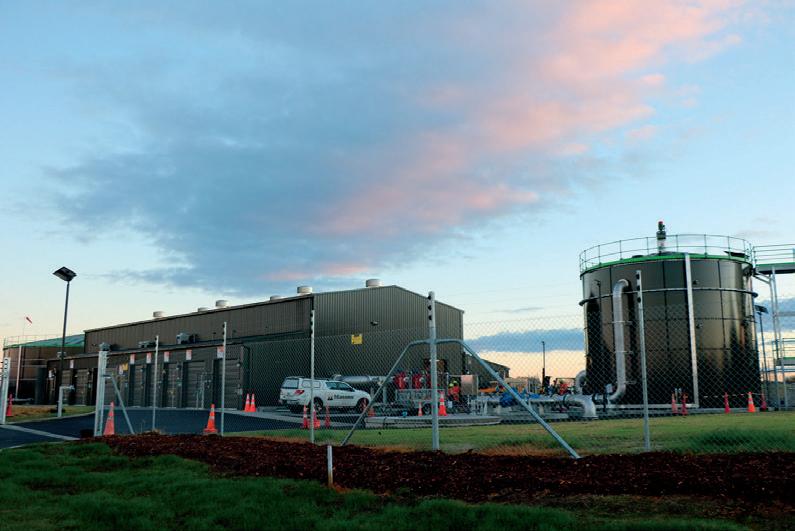
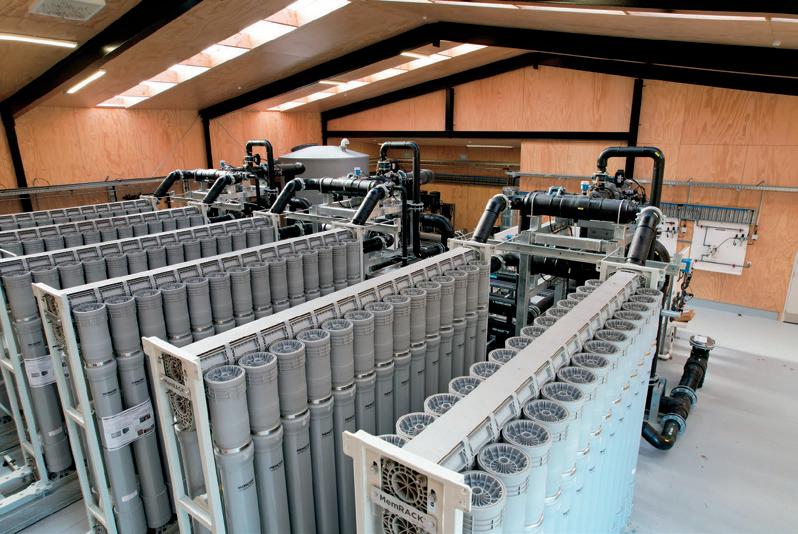

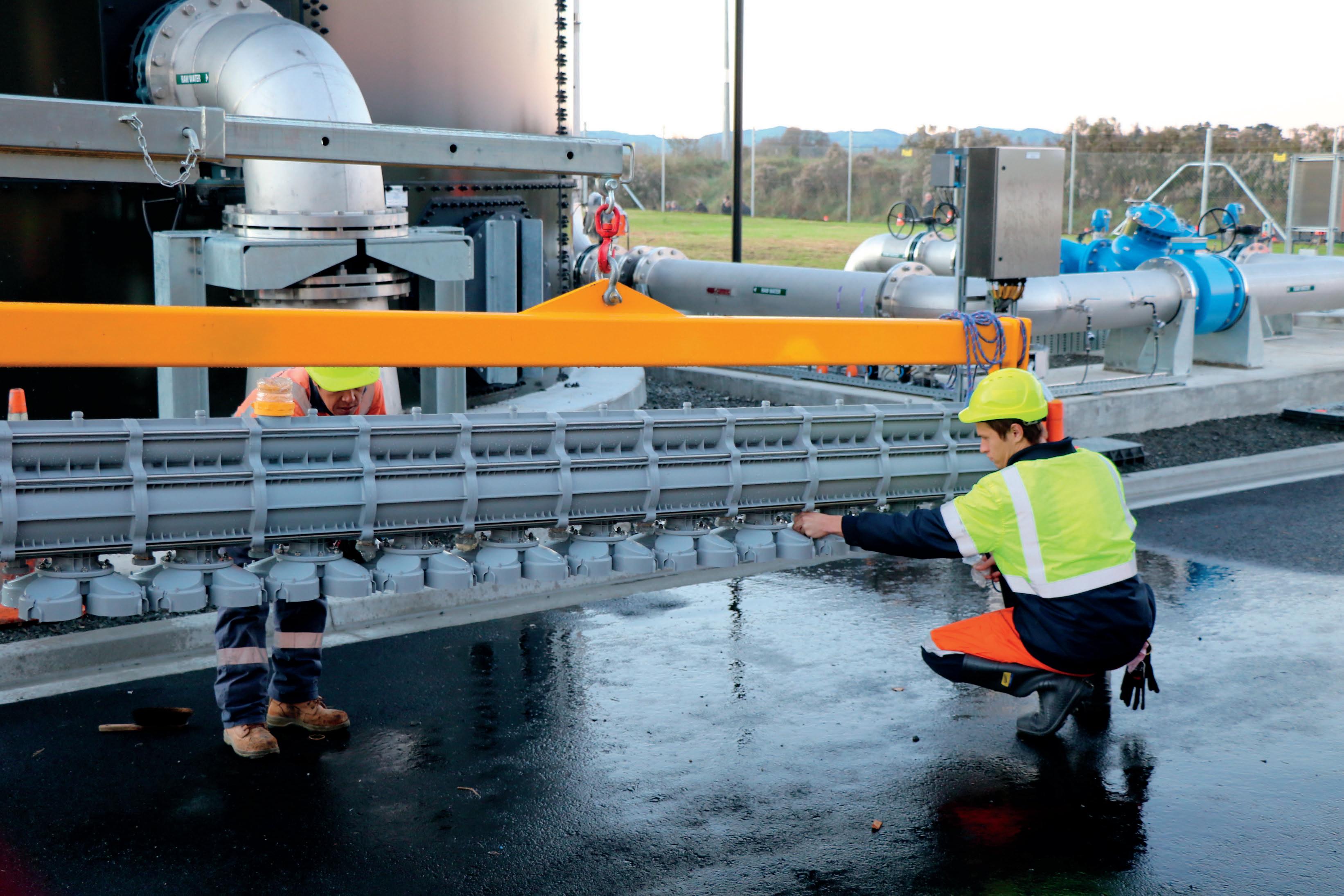
S p e c i a l i s i n g i n W a t e r , W a s t e w a t e r a n d S t o r m w a t e r t r e a t m e n t a l o n g w i t h o n g o i n g s e r v i c e a n d s u p p o r t .
W e d o i t a l l :
E n g i n e e r

D e s i g n
I n s t a l l
O n g o i n g s e r v i c e a n d s u p p o r t
T o e n s u r e h i g h q u a l i t y r e s u l t s , w e u s e l e a d i n g t e c h n o l o g y a n d b r a n d s p r o v e n t h r o u g h o u t t h e i n d u s t r y .
A s k u s a b o u t o u r l a t e s t p r o j e c t s !
I n t e r e s t e d i n j o i n i n g
t h e M a s o n s T e a m ?
W e ' r e h i r i n g !
B u s i n e s s D e v e l o p m e n t
S e r v i c e T e c h n i c i a n
E m a i l y o u r c v a n d i n t e r e s t t o o f f i c e @ m a s o n s . c o . n z
w w w . m a s o n s . c o . n z | P : + 6 4 9 2 7 4 3 1 4 3
P R O V I D I N G W A T E R S O L U T I O N S F O R N E W Z E A L A N D E R S F O R O V E R 3 5 Y E A R S
Digital Transformation of the Asset Planning Cycle

Last year the Water New Zealand Smart Water Infrastructure Group (SWIG) hosted a conference workshop to explore what digital transformation of the asset planning cycle might look like. The participants at this workshop shared their aspirations and future vision for this transformation, providing a focus for further coordination and collaboration. SWIG explains.
Our current water reforms provide an opportunity to use data and digital technologies to transform our asset planning cycle, make better investment decisions, and drive efficiencies throughout the supply chain. This digital transformation offers better outcomes for water, people, and our communities.
But digital transformation is not something that can be done to the water sector, it must be driven from within. Given the pace of change, it is difficult to find the time and energy to think about transformation. And to be effective, this transformation will need to take place across the entire water system, beyond the scope of our individual roles or even individual organisations.
To create the space to explore this, SWIG organised a workshop for people to ask what the digital transformation of the asset planning cycle might look like.
To help think about our path forward, we turned our minds to the past with a presentation from David Wyllie (Tonkin+Taylor) on more than 30 years of Asset Management Plan (AMP) cycles in the UK, seeing the progress from short term focus and getting data on assets, to more strategic thinking on outcomes for society. Lesley Smith, from Water New Zealand shared the experience of 13 years
of National Performance Reviews, noting the variation between councils in data confidence and availability, and the opportunity to move forward with more established definitions of the data which is being measured and more nimble processes.
Michael Howden from Taumata Arowai touched on the regulatory reporting approach, noting the range of different data which will need to be reported to different regulators, and the opportunity for how this might be streamlined through collaboration and modern technology platforms. While Lorraine Kendrick from the Three Waters National Transition Unit provided an update from the Asset Management, Operations and Stormwater (AMOS) workstream.
Workshop participants then worked in groups to explore their aspirations and future vision for digital transformation of the asset planning cycle: Concepts such as Te Mana o te Wai guide us towards a distinct approach, which will need to bring water, people and communities to the centre of everything we do; We can use data to connect people and empower communities; Digital AMPs could visualise the state of our assets in real-time, creating shared understanding between water service providers, communities and regulators.
But this will all require digital upskilling and
shifting traditional mindsets. Instead of thinking of digital transformation as a destination to reach, we may need to embrace a constant state of co-design. These conversations were captured by live illustrators, shown in the accompanying image (below).
This workshop brought people together around a shared purpose, which will drive the SWIG work plan for 2023.
The SWIG committee has grown to 15 members, from across councils, consultancies and technology providers, and is planning a range of in-person and online events to continue to build relationships and foster collaboration.
Digital transformation will be driven by people, not technology. People from different organisations, brought together through the SWIG, are already working together on innovative approaches to data sharing.
This year the SWIG hopes to explore projects such as a standard digital maturity model, data standards and a framework for our water data ecosystem.
To join the Smart Water Infrastructure Group and learn about how you can participate in events, projects and collaborate with others, email katrina.guy@waternz.org.nz.
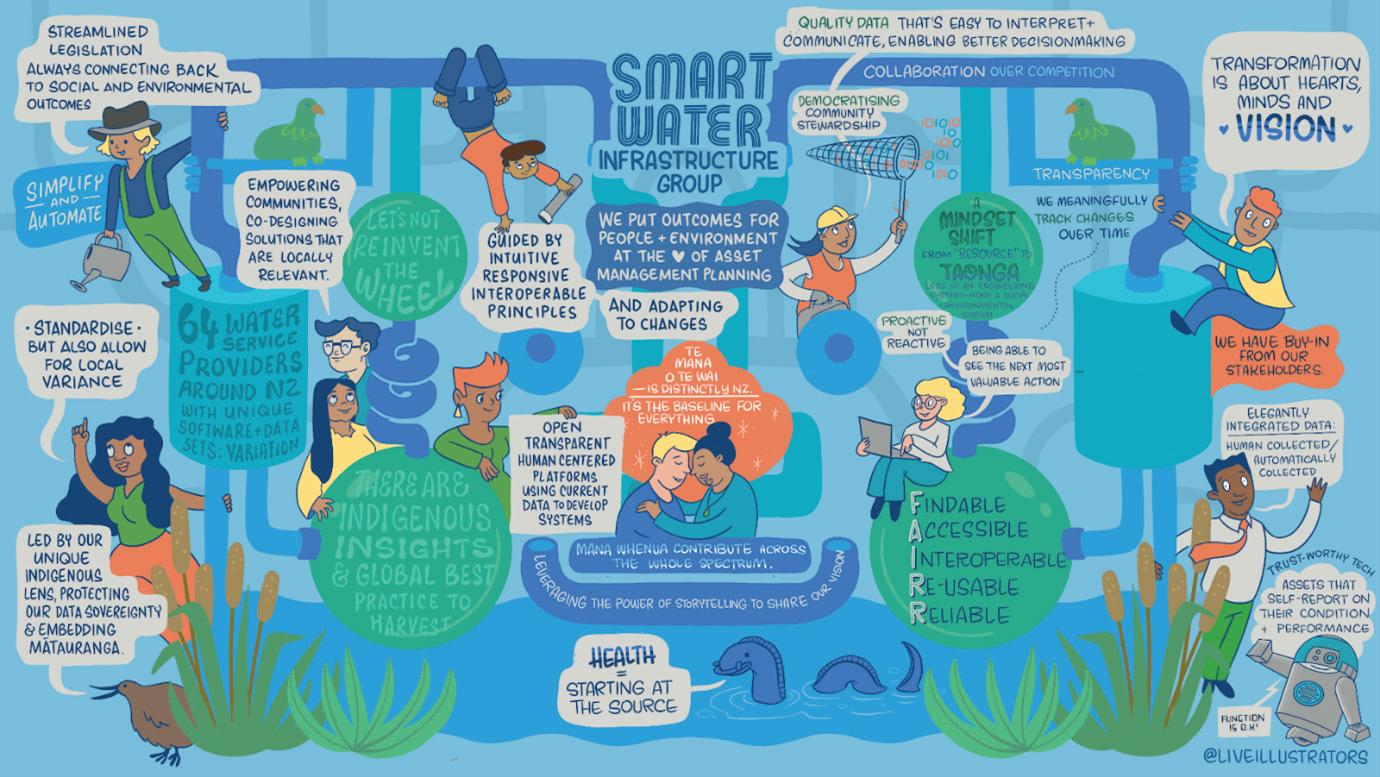
18 www.waternz.org.nz

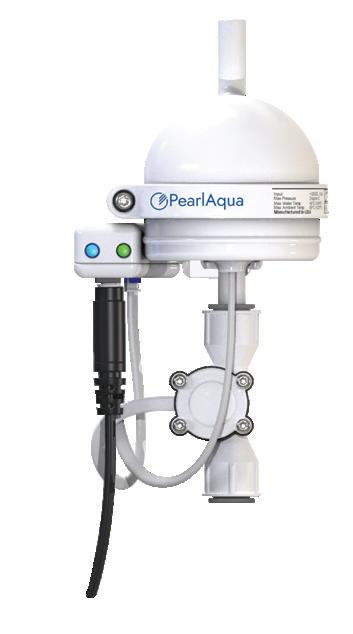

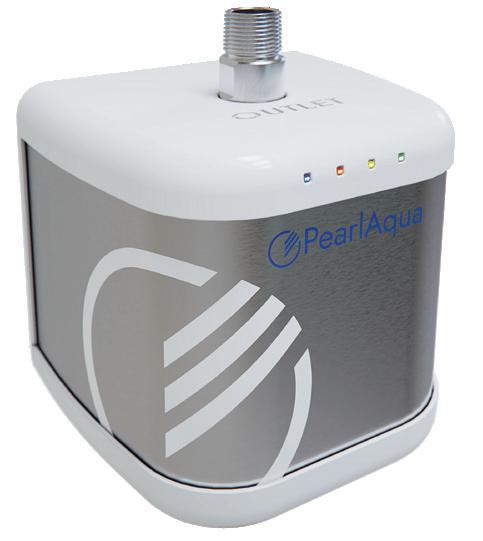
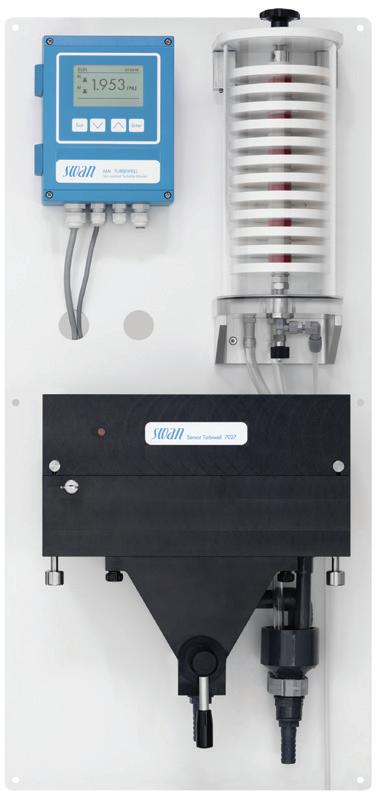
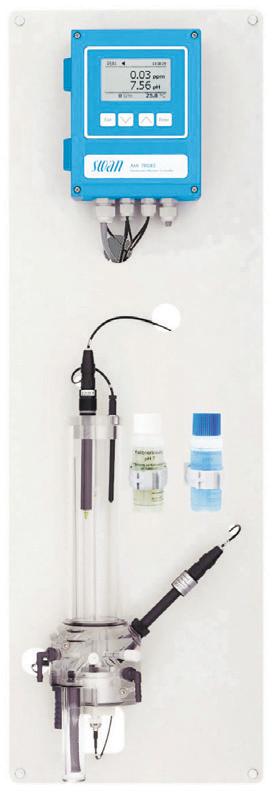
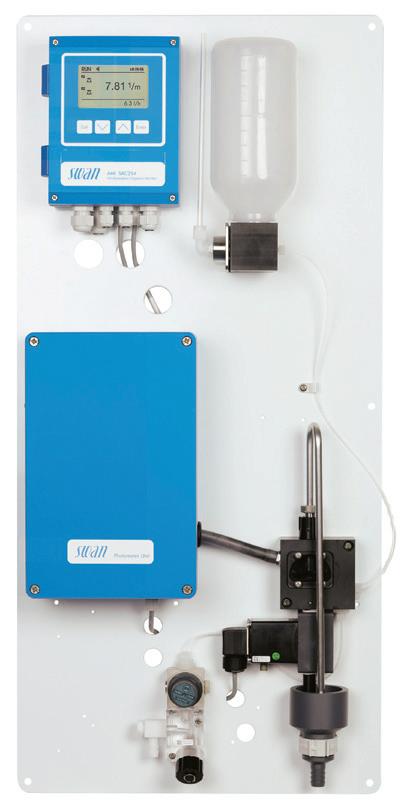
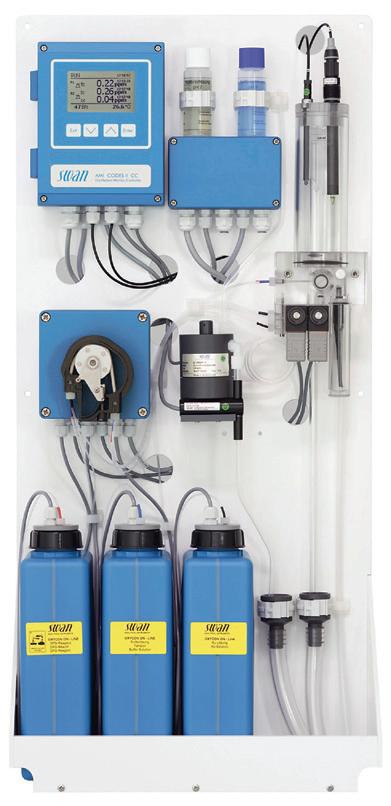



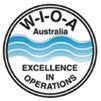


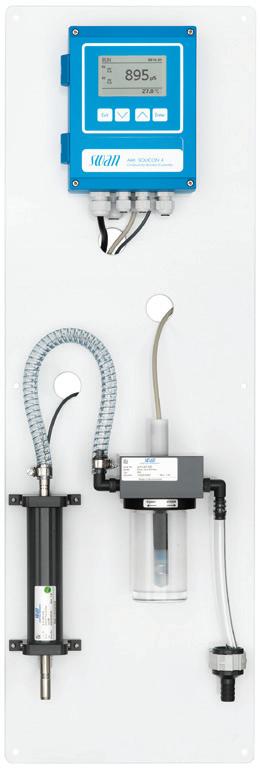
WORLD’S LARGEST SUPPLIER OF UV-C LED DISINFECTION SYSTEMS PearlAqua Deca™ Whole house PearlAqua Micro™ Point of use aquisense.co.nz • sales@aquisense.co.nz • 09 213 7191 PearlAqua Tera™ Municipal Safe drinking water without the use of harmful chemicals THE FUTURE IS MERCURY-FREE! LED UV-C IS HERE! Certified by NSF International against NSF/ANSI 55 AMI Labour savers: 4 Minimum maintenance 4 3 year electronic warranty 4 Minimum down time 4 Pre-factory calibrated - plug & play 8”to18”≈7.5m3/Dayto30m3/Day Complete drinking water monitoring systems AMI Turbiwell (Turbidity) AMI Codes-II CC Analyser (Chlorine) AMI SAC254 (UVT/Organics) AMI Trides (Chlorine) Drinking water, waste water, recycled water and environment monitoring Swiss Design Swiss Manufacture Swiss Quality Swiss Reliability We are proud members of the below associations: Other parameters we can measure: Total Alkalinity • Aluminium • Ammonium • Colour • Total Hardness COD (Permanganate) • Chloride • Total Iron (Dissolved) • Manganese • Phenol SWAN Analytical New Zealand Ph: 09 213 7191 • sales@swan-analytical.co.nz swan-analytical.co.nz Coming Soon! AMI Solicon 4 Analyser (with Delta T) (Conductivity)
Our watershed moment –UN 2023 Water Conference
By Debra Harrington, Water New Zealand
The challenge of finding rapid solutions to avert a potential global water crisis is a key aim for countries meeting in New York for the UN 2023 Water Conference in late March this year.
Climate change is profoundly affecting the world’s economies, societies and environment, and water is seen as the biggest deal breaker to achieving the internationally agreed sustainable development goals and targets.
This is the first UN conference to focus on water since 1977 and is being seen as “a oncein-a-generation opportunity” to raise public awareness and mobilise political leadership aimed to address the global water challenges and crises.
Delegates at the conference will be very aware that the timeframe to get on track to achieve Sustainable Development Goal 6 – ensuring access to water and sustainable management and sanitation for all by 2030 – is rapidly running out, and countries will need to increase their efforts four-fold if they are to achieve those targets.
The conference is being co-hosted by the Netherlands and Tajikistan. Both countries say they are committed to creating “global momentum for accelerated implementation and improved impact to advance the broad challenges surrounding water”.
A key outcome will be to transform the political momentum created by the conference into tangible and ambitious action to get progress on track through the Water Action Agenda – this is the collection of all waterrelated voluntary commitments to accelerate progress in the second half of the Water Action Decade 2018-2028 and second half of the 2030 Agenda for Sustainable Development.
The Agenda encourages member states and other stakeholders across all sectors, industries, and interests to make voluntary commitments to address the global water challenges.
Turning challenges into opportunities
While the challenges are daunting, the conference vision statement says there are opportunities if we move quickly.
Key is understanding the complex relations and interlinkages, valuing water holistically, and managing water inclusively at all levels and across all interests. This can then turn water into the dealmaker, the leverage point for a green economy, climate resilience and a more sustainable and inclusive world.
Because of its many interlinkages, water can bring together all stakeholders to forge coalitions, strengthen capacities, and provide solutions to be replicated and scaled. For this to happen, there is a need to move away from single, targeted, and reactive short-term actions, towards more holistic, integrated, and future-oriented approaches and projects.
It is important to meet environmental, cultural, social and economic challenges with sustainable, equitable and resilient solutions, identify hotspots and scale up innovative opportunities, including blue and green investment and capacities across all layers of society - informal, individual and institutional, across borders, boundaries and sectors.
The global sta te o f water
The state of water in Aotearoa New Zealand
The Decade for Action
The United Nations General Assembly proclaimed the period from 2018 to 2028 as the International Decade for Action.
The UN says that while the Water Action Decade is an essential enabler for the 2030 Agenda, including SDG 6, additional enhancement of a UN system-wide approach to water is necessary for the achievement of water-related goals and targets and to reinforce the international water voice and cross-sectoral connections.
Both the preparatory process and the conference itself seeks to shine the spotlight on commitments that create impact and set a clear agenda for the second half of the Decade while promoting a longer-term approach and perspective beyond 2030.
To scale up commitments including concrete actions and agreements, an effort will be made to promote successful and scalable solutions.
One in three people 2.3 billion lack basic handwashing facilities at home
Drinking Water – 18% of publicly supplied drinking water did not meet Drinking Water Standards (latest available Drinking Water Regulation Report 2021 from Taumata Arowai)

Between 2045 and 2070 New Zealand oceans will have risen by 30cm exposing 4,307km of pipelines to coastal flooding
Weather related losses in the March 2022 North Island floods alone cost in excess of $120,000,000
Around three quarters of wastewater treatment plants have some level of non-compliance with consents for their wastewater treatment plants. Non-compliance is significant for between 15-25% of treatment plants.
Almost three quarters of all recent disasters are water related, causing economic damage of almost US$700 billion in the past 20 years
Half of humanity 3.6 billion people live without safely managed sanitation
20 www.waternz.org.nz A quarter of the global population2 billion people use unsafe drinking water sources More than 80% of wastewater is released to the environment without being treated or reused WATER NEW ZEALAND UPFRONT
Proudly brought to you by Water New Zealand
Te Roopu Wai Awhatanga
23 – 25 May | Cordis, Tamaki Makaurau Auckland
Help us celebrate success
The annual Stormwater Industry Awards celebrate excellence in stormwater practice, technical writing and outstanding commitment.
They recognise people who are at the very top of their field or just starting out.
Stormwater Innovation Presentation and Award
Celebrate and acknowledge new ways of thinking or doing - aimed at improving stormwater outcomes across Aotearoa New Zealand.
Do you have project, process or innovative solution you’d like to share with an audience of stormwater professionals?
Call for innovations close on April 28
Celebrate professional achievement
Do you or your colleagues deserve recognition for outstanding contribution to the stormwater sector? Make sure you enter in one of the following two categories:
• Aurecon Stormwater Professional of the Year
• Beca Young Stormwater Professional of the Year

Winners will be announced at the Stantec Conference Dinner on Wednesday May 24 where we’ll also recognise outstanding conference presentation and technical writing achievements.
Entries and nominations close on Thursday 20 April
Enter our poster competition

Displaying and presenting a poster at the conference is a great opportunity to share your project, knowledge or expertise in a subject.
Poster abstracts close on Monday 27 March
Find out more at how to enter our awards nominations on stormwaterconference.org.nz BROUGHT TO YOU BY AURECON STORMWATER PROFESSIONAL OF THE YEAR SPONSOR BECA YOUNG STORMWATER PROFESSIONAL OF THE YEAR SPONSOR
Leading by example
As a school leaver, Ben assumed he had to go to university, and duly started a civil engineering degree.
“I wasn’t there for the right reasons, I thought the only path in any career was firstly to secure a degree,” he says. “However I didn’t apply myself properly, so decided to quit the classroom and jump on a work site.”
He found work with Dempsey Wood, a large civil construction firm based in Auckland, where he spent a couple of years learning the ropes on site.


He then decided to join the police, but just before he was due to head to police college, he suffered an injury which postponed college and redirected him down a path into the water sector.
“I got a job with Pomco Services, a water contractor that supported Dempsey Wood, and I loved it.

“Every day my work required problem solving – project drawings and plans often don’t marry up with what the realities are on site and underground when working around existing services.
“You realise that to be productive, you need to have the ability to strategise, and find a way to work well and stay focused under pressure.
“I loved seeing the tangible results of my day’s work – I still do.
“It’s bloody hard work at times and can be very challenging. I have hands-on knowledge of what it physically and mentally takes to work through rain, hail, and sunshine to ensure the job gets done and that’s why I have so much respect and gratitude for our teams on the ground every single day.”
Ben worked alongside Pomco owner Chris Padden, who he says was a huge part of his professional development.
“We worked together for a couple of years and I learned so much
from him. Not just the practical aspects of the job, but I also appreciated his ethics, especially how to treat people.
“I wasn’t just an employee to Chris; he was always interested in my opinion, even if it was different to his, and this is something I have taken with me to relationships with my staff. He wouldn’t yell at me if I made a mistake, but the feeling of letting him down was just as equally effective.”
Ben later rejoined Dempsey Wood, taking the opportunity to work alongside his brothers, something he says was another huge step in falling in love with the wider industry.
“I went from being in a two-man band, to a large establishment with people of different ages, ethnicities, social and cultural backgrounds, and personalities. And with all these differences, we were all working towards a common goal. I loved it, and still do.
“I was excited to build on my experience, and because of my recent experience with Pomco, I was asked to set up the water division.”
Ben says that while it was a huge honour, it was a huge responsibility.
“I was 23. At the time I may have thought I knew everything, but I know now how naïve that mind frame was and that every day you learn something new.
“However, it’s not until you undergo tough times that true learning begins, and that only comes from time, experience, and persistency.”
Leading a team required a new skill set, and Ben says he enjoyed sharing his values with his young team.
In 2015, at age 25, he was looking for a new challenge and decided to set up his own business, specialising in watermain installation.
He recalls the early years in business fondly.
“It was a period that involved a tremendous amount of dedication,
22 www.waternz.org.nz WATER NEW ZEALAND PROFILE
Ben Lunjevich is one of those who has come to the water sector by chance, and it is pure good luck for the industry that he has found his niche here. Winner of the Young Water Professional award at last year’s Water New Zealand Conference & Expo, Ben is passionate about the industry and the people who work in it. By Mary Searle Bell
info@ckl.co.nz • www.ckl.co.nz Auckland: 09 524 7029 Hamilton: 07 849 9921 Te Awamutu: 07 871 6144 Tauranga: 07 262 2282
INTEGRATED PLANNING, SURVEYING, ENGINEERING, AND ENVIRONMENTAL SOLUTIONS THAT WORK.
sacrifice, and hard work – and I am proud of what I achieved.”
The business steadily grew to over 100 staff, and in 2019 he was named as the Civil Contractors’ Young Contractor of the Year.
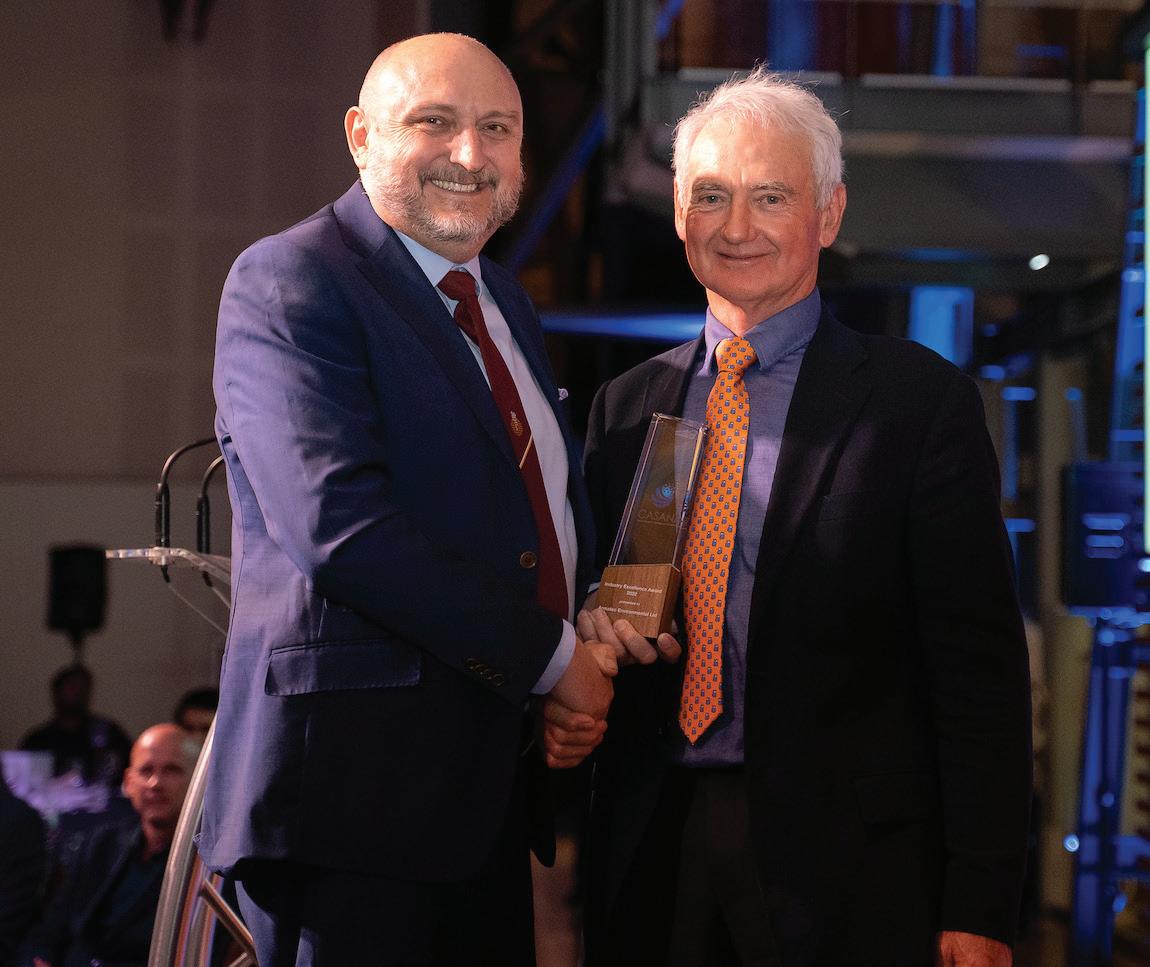
In November 2021, Ben sold the business and moved on to his next challenge.
Ben (who is of Te Rarawa iwi) took up a position as general manager at NorthWater, a Maori owned company that specialises in PE welding, fabrication, installation, testing, and commissioning of all water related projects, including new land developments and large infrastructure works.

And now, a year after leaving the highs and lows of business ownership, he says he feels recharged.
“I have never had so much drive for and enjoyment in the industry. I believe as an industry, we are heading in the right direction.”
With the growth and resources needed in the water sector, Ben believes the most important aspect to achieve success will be through the investment in people and training.

“Staff well-being and development is paramount, and a key focus at NorthWater.”
This mindset led to operations manager Daniel Taylor nominating Ben for the 2022 Young Water Professional of the Year award.
“Ben has a rare ability of empowering others by treating everyone equally, where his employees not only feel valued but motivated to be and do better,” Daniel wrote in his nomination.
“He has been a steady mentor for those around him, where his
support extends past his role as a colleague, manager or business owner, and is evident in the openness and dedication of his team.”
Ben says he was stunned when he was named as winner at the Water New Zealand gala dinner.
“It was all a bit of a whirlwind. I tried to enjoy the awards night, but I was sick with nerves. When they called my name it was pretty unbelievable, and a real honour considering all the great work and talent out there.
“Our industry can be very demanding – you don’t really have time to stop and reflect.”
However, winning that award gave him pause, and he says it was extremely special.
“It wasn’t so much an opportunity to pat myself on the back, as a chance to stop, think, and acknowledge everyone who has supported me along the way.”
Ben is now focusing on the growth and expansion of NorthWater’s capabilities.
“I’m excited to continue building our relationships with our partners, and I believe the most important way of achieving our industry targets is with investment in education, training, sustainability, and staff well-being.
“If we invest in our people, we invest in our communities.
“There’s no better time to join our industry. And I’m proof that working in water is not just a job but can lead to an exciting fulfilling career.”
Award Winning Green Dome Odour Filters (GDOFs)
We are celebrating receiving the Industry Excellence award at CASANZ 2022 GDOFs were developed by working with our customers to create new solutions for odour issues. Thank you to all who have been involved!

MARCH/APRIL 2023 WATER NEW ZEALAND 23
| Innovative | Simple design | Known technology | Low capital cost | Low operational cost armatec.co.nz enquiries@armatec.co.nz
Empowering women in water
On March 8, the world celebrated International Women’s Day; a day where we recognise how far we’ve come towards gender equality and take stock of how far we’ve got to go. In the water industry, we’ve seen significant changes over the years, both in the way the industry is structured and in gender representation across the sector. By Dee Sims, Three Waters Transition Unit.
Emily Botje, asset management lead for the Three Waters National Transition Unit has spent most of her career working in water and is a leader within the industry. Her current role involves working collaboratively with councils and iwi to develop asset management plans, three waters national codes of practice, growth management guidance and frameworks, and ensuring the Water Services Entities' new capital programme is ready to be delivered.
Emily obtained an environmental engineering degree and worked in a variety of engineering roles, both nationally and internationally, before finding her passion in water.
“To be honest, I didn’t know that the water sector existed as a teen when trying to figure out what my career could be. I knew I liked maths and physics, and had aspirations of doing something that would leave an ever-lasting impression.
“Then I realised that the water sector, worldwide, plays a vital role in everyone’s daily lives.”

Emily says she’s seen gender equality evolve within the industry over the years.
“At Uni, my class was pretty much 50:50 women and men, and at the time I thought that was pretty sweet. However, in the workplace it was very different. At a district council where I worked in the late 90’s, my team of approximately 15 was all men, with the exception of me and the manager’s secretary.”
When Emily started out in the water workforce, it was made up of primarily labourers, technicians, and engineers. The industry has since expanded and adapted to include economists, accountants, scientists, modellers, statisticians, lawyers, risk managers, and more.
“These people come from all over the world, bringing with them opportunities for diversity.”
When asked how she measures gender equality in the water industry, Emily says that targets are a great way to see this at a glance.
“Quite often targets are set for board and executive roles.
Based on this, our sector is doing reasonably well. The Water New Zealand board has 50:50 women to men, including president Lorraine Kendrick, past president Helen Atkins, and chief executive Gillian Blythe.
“Civil Contractors New Zealand has two women on its executive board of nine, including Bailey Gair as president. Many councils, consultancy firms, and construction companies also have women on their executive leadership teams.”
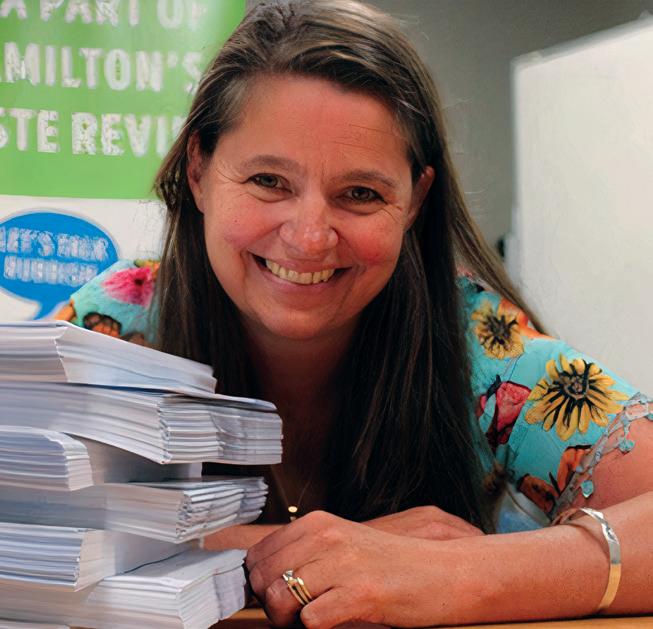
Emily explains that while the gender equality she sees within the industry varies from day to day, in every team she works with, there’s both physical diversity (race, age, etc.) and mental diversity (experience, thoughts, etc.) present.
“For me it’s the latter that makes a successful team, not just the former.”
Technical advances within the sector have also created greater space for gender equality and diversity.
“When I was a graduate engineer, I was given a crowbar, manhole key, a screwdriver, and a tape measure and told to go and measure invert levels. Today our teams are given manhole lifters and lasers. The need for physical strength has been replaced with technology, which has been wonderful for equality throughout the sector.
“Changes to health and safety has also made significant change. Whilst the physical safety of hard hats and boots will always remain important, mental health has become equally important. Respecting a person’s personal needs and their work life balance has benefited equality in the workplace.”
Emily believes the key to improving equality within the sector lies in challenging bias and perceptions, and the culture of how and where the work is done.
“When my daughter turned five, I wanted to reduce my hours so I could pick her up from school and do all of those things with her that make childhood magical. My manager at the time
24 www.waternz.org.nz WATER NEW ZEALAND WOMEN IN WATER
Emily Botje
was very honest with me and said he’d never had a leader (I had approximately 20 staff at the time) work reduced hours.
“His approval was hesitant, based on the traditional 9-5 way of working. It was up to me to provide solutions, assurance, and challenge his bias – I made it happen. Based on this experience, he now has many of his team (men and women) successfully working reduced or flexible working hours.”
Emily explains that while there’s lots of positive examples like this within the industry, there’s still plenty of room for improvement, and many women aren’t waiting for others to make the change, they’re doing it for themselves.
“I know of several women, and men, who either left the sector or set up their own consulting firms to achieve the flexibility of work, parenthood, and life.
One woman I know has created a successful environmental consulting business resourced by stay-at-home working mums. The traditional workplace doesn’t work for these women but having a flexible working environment enables them to contribute and thrive within our sector.”
Emily believes that everyone in the sector has a role to play in attracting the next generation of women into the workforce, including more Māori and Pasifika women, and that water reform is a significant part of the opportunity for change.
“Water reform will bring more people into our sector through
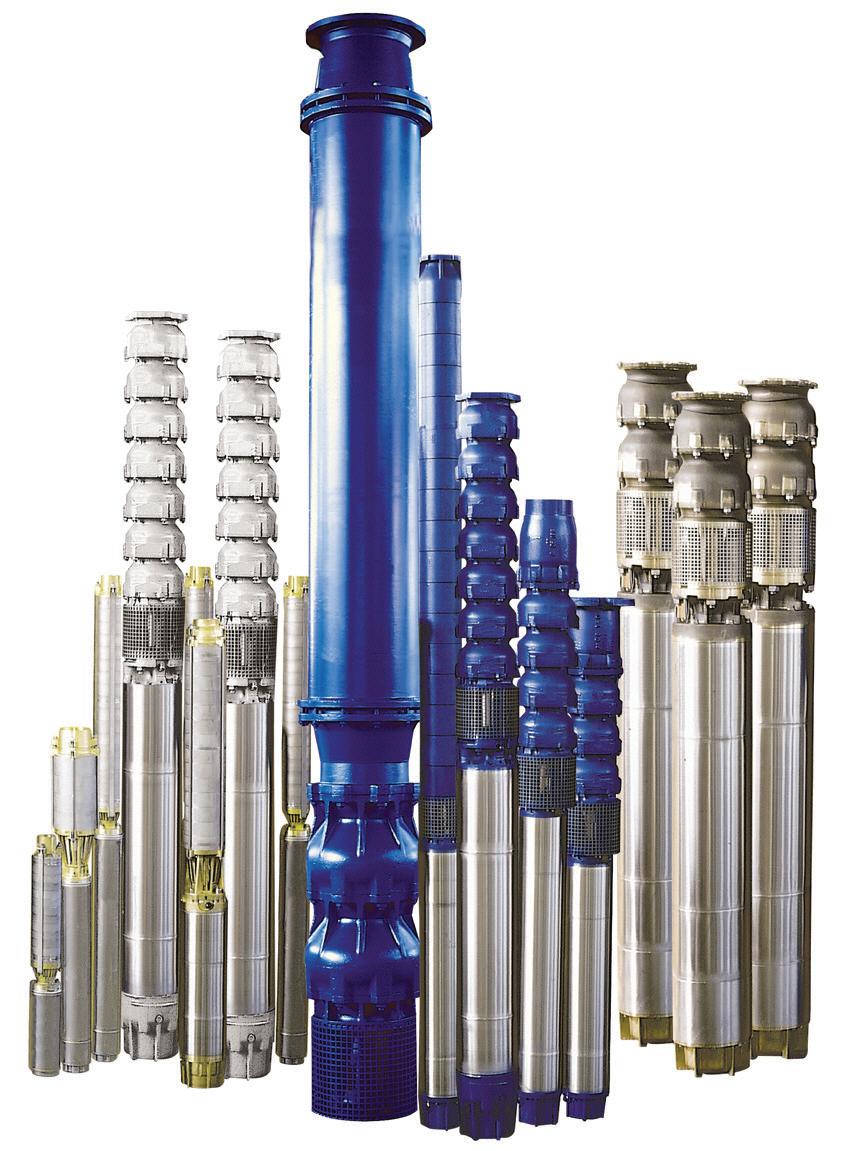




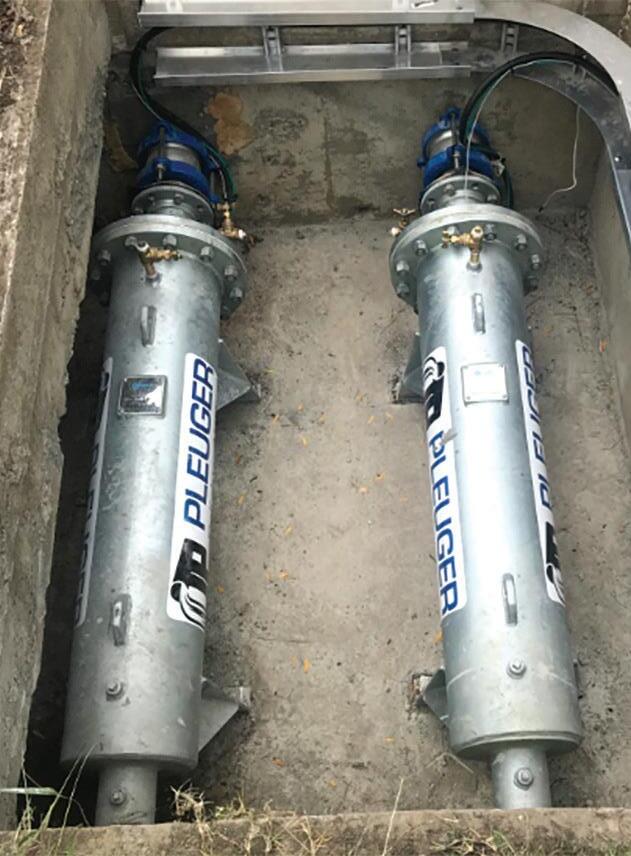
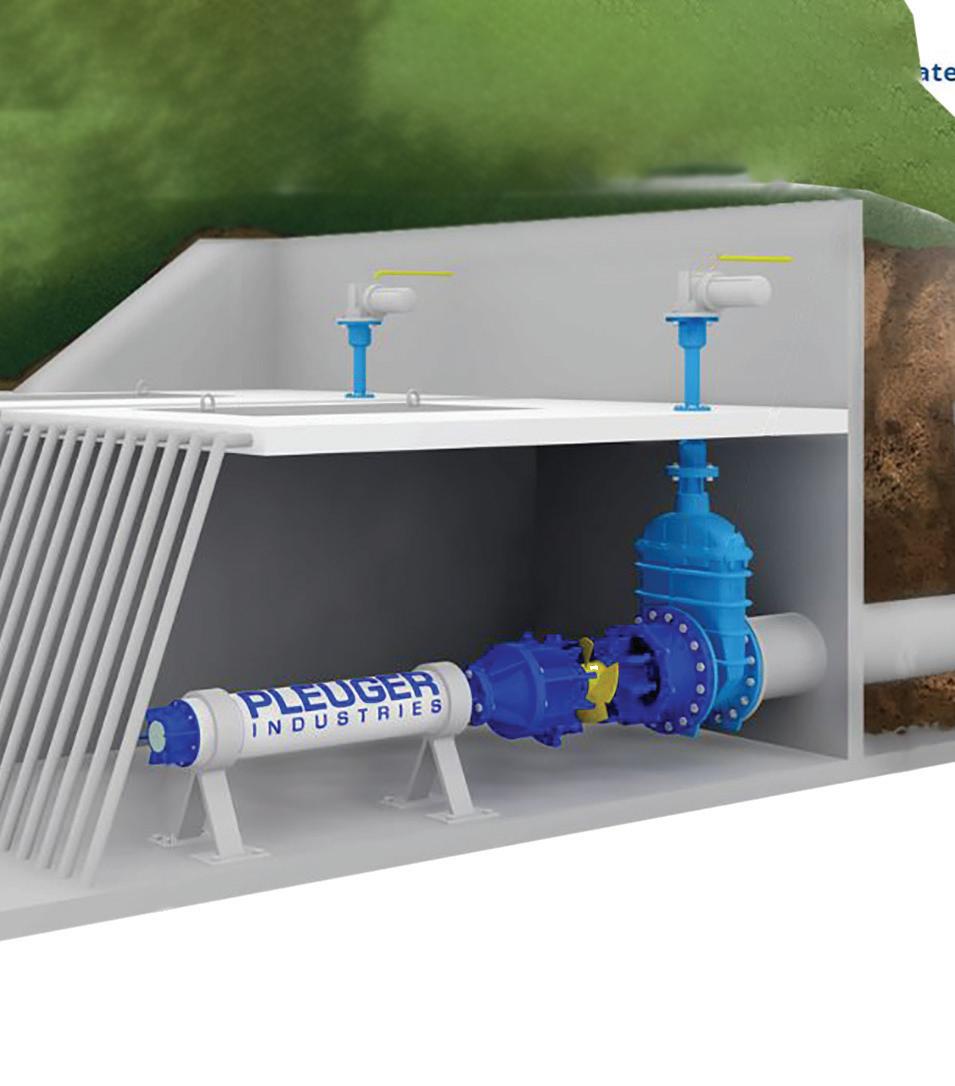
training and education. We’re all attracted to different things and our needs differ depending on who we are and where we come from. Addressing the diversity of our future people will benefit equality.
“We all need role models, people who we can look up to. New Zealand is full of wonderful women who do exactly this and the more our girls can see of these successful women the better.
“Our girls also need to be given the confidence to challenge the bias and perceptions of those around them, and to challenge their own bias.
“And Te Mana o te Wai brings a whole new way of thinking to the water industry and will continue to challenge our way of thinking and the solutions that we produce.
“Our current and future generation of water practitioners will be putting the health and well-being of our water first and challenging the traditional management practices.
“For Māori and Pasifika women this provides a new entry point into the sector to make significant and meaningful change.”
Women in the industry like Emily are all working to lead the way towards greater equality; but it’s the collective effort that will create a water sector where everyone can thrive. It’s heartening to see that we’re well on our way.
Article provided by the Department of Internal Affairs.
MARCH/APRIL 2023 WATER NEW ZEALAND 25
BEST-IN-CLASS SUBMERSIBLE PUMP AND MOTOR SOLUTIONS FROM THE RELIABILITY EXPERTS BORE HOLE | FLOOD | PRESSURE BOOSTERS | BOTTOM INTAKE New Zealand’s Exclusive Distributor for Pleuger Products PUMP SUPPLIES NZ LTD 18 Hammersmith Drive, Wigram, Christchurch | 0800 PLEUGER | www.pumpsupplies.co.nz ENGINEERED PUMPING SOLUTIONS – Sales | Service| Technical Support
The right ingredients deliver results in construction of New Zealand’s deepest shaft

Australasia’s leading fluid and drill tooling supplier Blick has been part of the team of Piling sector leaders that have completed New Zealand’s deepest and largest shafts, aimed to reduce wastewater overflows into central Auckland’s Waterways.
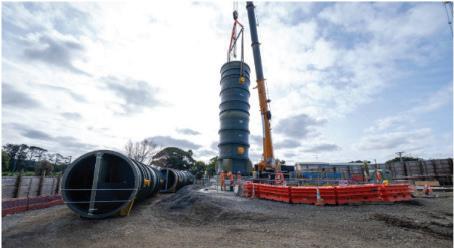
Blick is well accustomed at tackling technical challenges and creating a shaft support fluid system that would hold keep the 76-metre-deep shaft open for nearly twice as long as scheduled brought out the best in all involved.
Piling specialists CLL Service and Solutions used New Zealand’s largest piling rig with specially designed piloting tools and sonar technology to constantly monitor progress while Blick was supported by global energy
Blick’s Clay Adams said the shaft support fluid design had to consider a set of complex parameters to enable the optimum operation of the tool and support of the shaft, including the geotech data.
solutions firm SLB and its project engineer Sam Rowdon. Sam’s experience and knowledge of trenchless infrastructure design and installation, which is unique within the industry, was called upon to ensure the shaft remained open for 152 days, a whopping 62 days beyond the shaft support fluid system 90-day design life. With the shaft needing to meet quality assurance requirements, CLL used a SHAFT AREA PROFILE EVALUATOR (SHAPE®) testing device used for deep foundations such as drilled shafts, diaphragm walls, barrettes and more to determine the excavation dimensions and verticality. SHAPE® requires a viscosity in the support fluid of less than 38 seconds to read the shaft dimensions correctly, and armed with Geotech data by CLL, Blick and Sam were able to take an in-depth review of formation parameters and predictions of the formation’s reaction to the piling process before modifying the fluid.
Blick’s Clay Adams said the shaft support fluid design had to consider a set of complex parameters to enable the optimum operation of the tool and support of the shaft, including
Photo: Keith Hay Park shaft liner is installed after 152 days
the geotech data. “At Blick, the assessment of formation parameters, fluid design and then redesign due to project changes is an everyday part of what we do and in this case, working alongside Sam we delivered an industry-leading solution for the largest fluid-supported shaft in New Zealand’s history.”

Clay says the support fluid system was designed to allow the hydrated bentonite to flow into the fractures and seal them. Unitrol, a filtration control polymer, was added to the Max Gel to maximise filtration control.
A thin filter cake generated by the Max Gel, which creates a highly effective filter cake with precisely the qualities needed in a piling setting along with Unitrol,
prevented fluid from moving into the formation from the shaft and allowing hydrostatic pressure to push against it, supporting the shaft for an additional 62 days beyond the design specifications with no deterioration.
“It was an incredible feat that prevented swelling and provided effective support to the shaft for an extended period,” Clay said. Site engineer Sivam Thivaharan said both Blick’s and Sam’s role was vital in protecting the shaft through the liner installation.
“Thanks to them and the excellent support of their technical support team, we had a successful outcome from the start to the end of the shaft drilling at Keith Hay Park. We are currently drilling another deep shaft with Blick providing amazing support
Sam’s experience and knowledge of trenchless infrastructure design and installation, which is unique within the industry, was called upon to ensure the shaft remained open for 152 days, a whopping 62 days beyond the shaft support fluid system 90-day design life.
again,” Sivam said.
CLL is completing two more shafts for the Central Interceptor tunnel, a 5.4m diameter, 28m deep shaft at the PS23 pump station, Fredrick Street in Hillsborough, followed by a 4.2m diameter and 63m deep shaft at Walmsley Park in Mt Roskill.
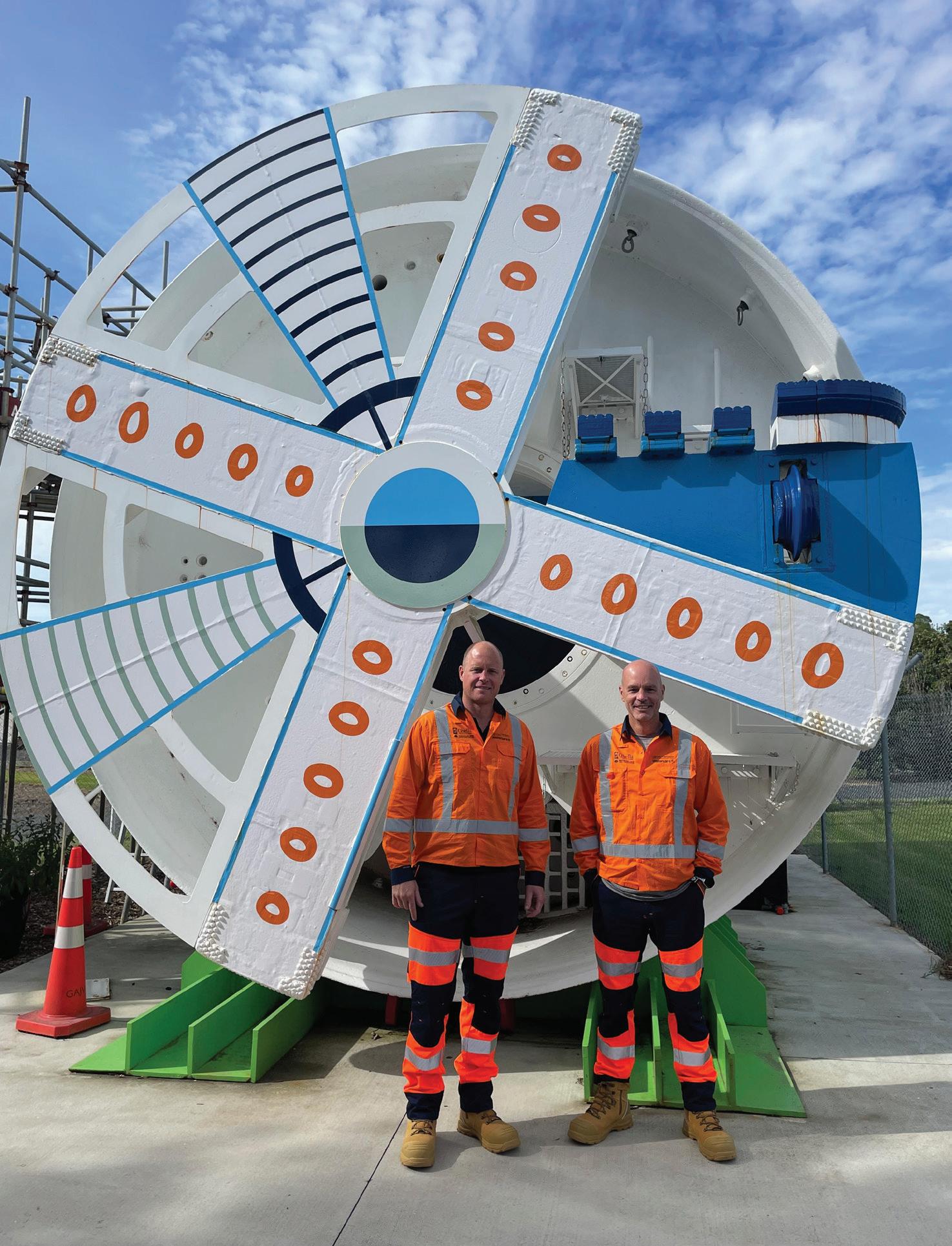
Got a project in the pipeline? Blick partners with designers and contractors to help deliver outstanding projects. make Blick your first point of call for technical support, project scoping and solutions across New Zealand and Australia. Visit www.blick.group to find out more about our solutions, projects and our team.
 Photo: Left, Jon Speedy and right Clay Adams at the Ghella Abergeldie Central Interceptor induction.
Photo: Left, Jon Speedy and right Clay Adams at the Ghella Abergeldie Central Interceptor induction.
Advertorial
why this attitude to flooding needs to change Wet and forget:
By Peter Christensen, chair, Water New Zealand Stormwater Group

"The recent flooding events have caught the attention of the nation in a way that other flood events have not. Aotearoa New Zealand hasn’t experienced flooding on this scale previously, with over 11,000 houses flooded in Auckland in one storm in late January and widespread devastation throughout much of the North Island thanks to Cyclone Gabrielle just four weeks later.
Yet since floods are New Zealand’s most frequent natural disaster we only need to scan through past news media to see that flooding is a common headline.
Calls to ‘fix flooding’ overlook the nature of natural hazards. They can’t be neatly solved and forgotten: there will always be a bigger event or one that falls outside of design parameters and we need to move away from the mentality that nature can be squashed into a box and contained.
Climate change impacts are already making these scenarios more frequent and severe, and without a new way of thinking we will continue to see lives lost and buildings flooded.
Flood and forget
The current model for addressing urban stormwater flooding is often driven by a big flood. This kicks off a cycle where attention is focused on the areas that flooded, reactive work commences, there is a dryer period where attention drops off, and then further flooding restarts the cycle again.
Currently, less than 15 percent of the national Three Waters budget is spent on stormwater. While infrastructure is only a part of the solution, this small sum is indicative of the attention paid to stormwater.
Unfortunately, investment in flood management is easily pushed aside as the most recent flood recedes in people’s memories.
Worse still, the current event-based funding model works for communities with a strong political voice and widespread immediate issues, but doesn’t work for areas of socio-economic deprivation (which often overlap with vulnerability to flooding, but have a weaker voice); for isolated pockets of flooding; or
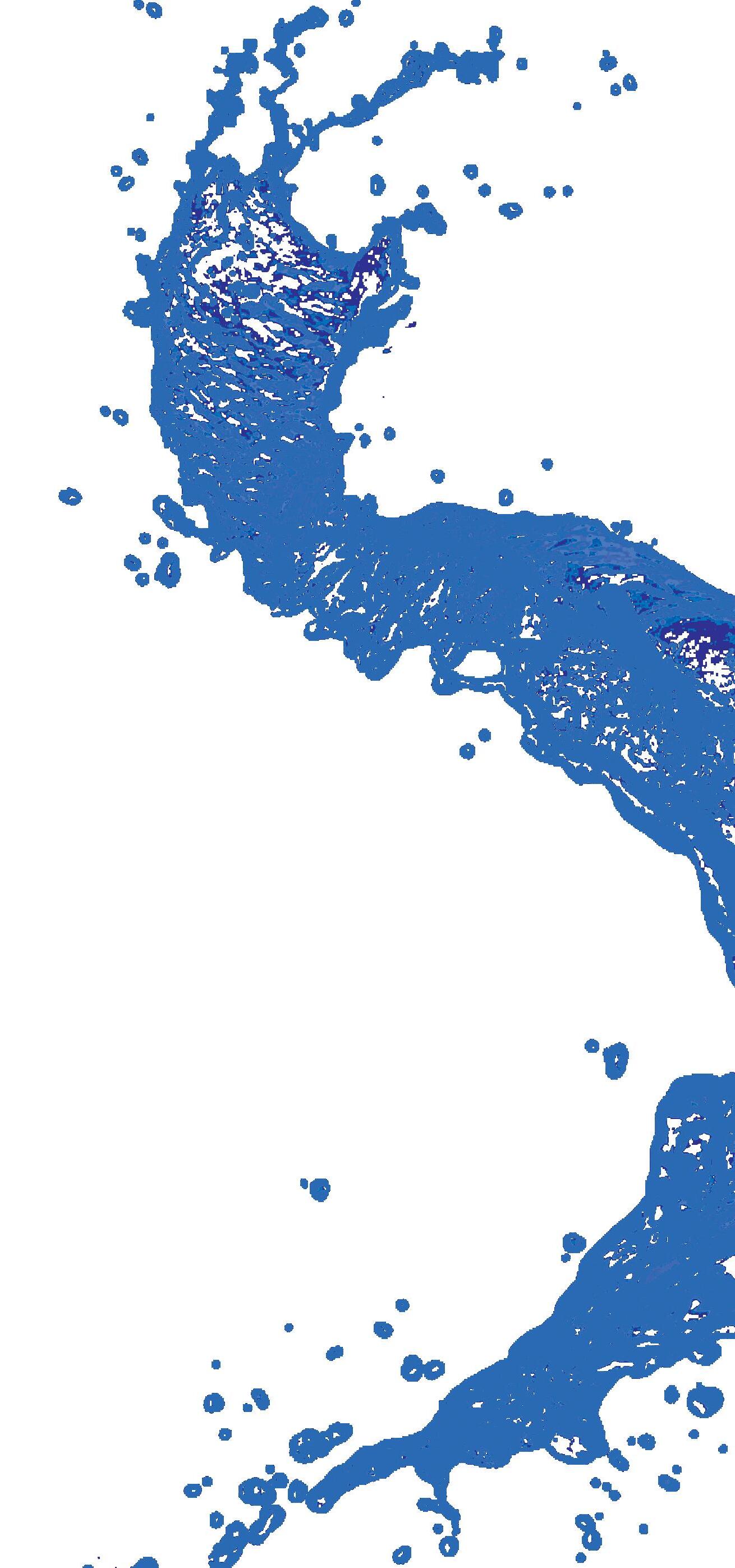
Beyond the Quick Flood Fix
informing sustainable land use decisions through catchment planning, modelling, assessing climate change, receiving environments and the impacts/ risk/consequences of land use options Avoid
urban planning and design put wai first to protect people and ecology, and give space to streams and and other macro green infrastructure networks Delay
building, street, subdivision and property design with green roofs, green walls, detention tanks comprise micro green infrastructure that helps further delay and flatten flood peaks
Pipe stormwater flows through a carefully planned network of intakes, pipes and outfalls that support health, safety and ecology
28 www.waternz.org.nz WATER NEW ZEALAND FLOODING
flooding by Reduce flooding by
it by
least cost for highest return on investment higher but necessary costs also yield ROI
Figure 1 – To enable real improvements to occur a hierarchy of measures is needed, starting with ‘avoid’ and ending (if we have to!) with hard infrastructure like pipes.
where there is flood risk that has not yet been realised.
This model also struggles to strategically address the predicted long-term impacts of climate change and other areas where longterm planning is required.

The rainfall Auckland experienced this summer is beyond what can be economically managed with traditional infrastructure. Stormwater systems are not and cannot be designed to cope with that much runoff, and it is not realistic to invest in unaffordable infrastructure for such infrequent events. However, there is still much that can be done to reduce the damage caused by flooding.
Beyond the quick fix
So, what’s the alternative to the boom and bust cycle of postflood quick ‘fixes’ followed by forgetfulness? This question is not new, and the Auditor General’s report on stormwater (go to oag.parliament.nz/2018/stormwater) in 2018 effectively addressed the same question. To enable real improvements to occur a hierarchy of measures is needed, starting with ‘avoid’ and ending (if we have to!) with hard infrastructure like pipes as illustrated in Figure 1.
Quick fixes often start at the bottom of the pyramid (‘pipe’ and ‘delay’) and seldom reach the upper levels of ‘reduce’ and ‘avoid’. However, that is where real change and investment are required, and the rest of this article focuses on improvements we need to make in those spaces.
A national level of service
There is no national level of service for flooding, so standards vary widely throughout the country.
Without a national standard incorporating climate change and uncertainty, it is difficult to establish the secure and reliable funding required to drive a strategic approach. Instead, we often follow a largely reactive, inequitable and inefficient approach.
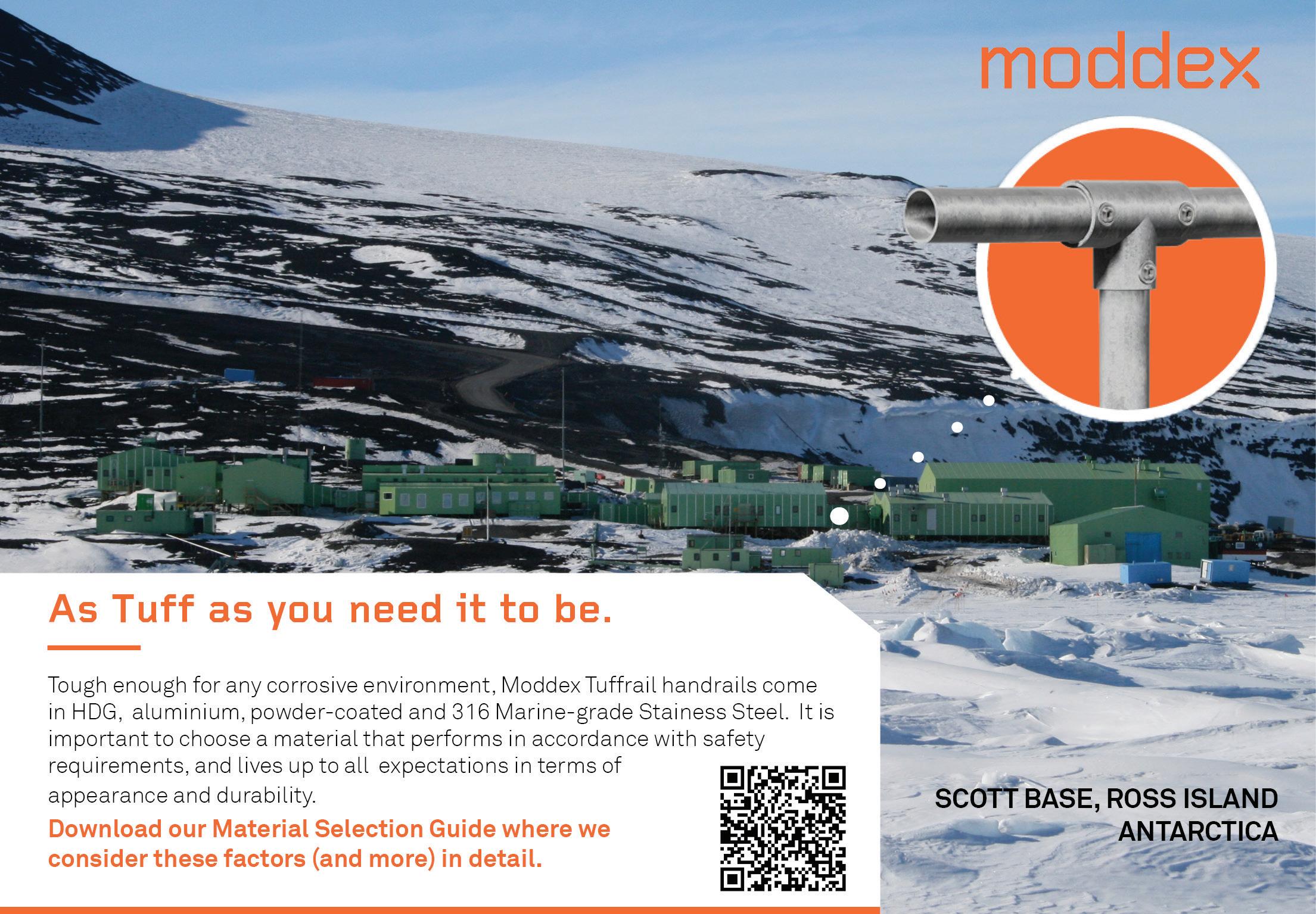
As an industry, we need to push for the development of national levels of service for flooding and incorporate this into our investment planning
A national level of service for flooding will help inform new greenfield development and intensification, but what about communities already subject to inundation? Having a national level of service will shine a spotlight on places that don’t meet the standard and inform prioritisation of the most at-risk areas for improvement.
With no national minimum levels of service and with our currently haphazard accountability for managing flood risk, problems can be hidden and overlooked for decades between events.
A national level of service also needs to make it crystal clear who has accountability for flood-related outcomes. At present accountability for flooding is often split across agencies or departments within agencies.
As flood management systems are used relatively infrequently, it can be all too easy for everyone to think it is someone else’s
MARCH/APRIL 2023 WATER NEW ZEALAND 29
job and for no one to realise that the ball has been dropped. The impacts of this become apparent during a flood, but by then it is too late.
Communicating flood risk
The first three recommendations of the Auditor General’s 2018 Stormwater Report hinge on having clear levels of service and making sure that people understand their flood risk. The report recommendations are still relevant, stating that councils need to:
1. understand the current and likely future flood risks in their district or city sufficiently to take a proactive approach to reduce the risk and effects of flooding;
2. provide elected members with the necessary information and options, including about local flood risks and their stormwater systems, to make well-informed and deliberate decisions about investment in their stormwater systems;
3. improve the information they make available to their communities so that people can understand:
• the potential risk of flooding;

• what the council is doing to manage that risk, including how it is managing the stormwater system and at what cost; and
• what the remaining risk is to the community.
Some councils are doing well in understanding where the flood risk is – Auckland has had flood-prone areas and overland flow paths mapped for over a decade – but many in the community still do not understand the risk they are living with. We need to learn how to communicate risk better.
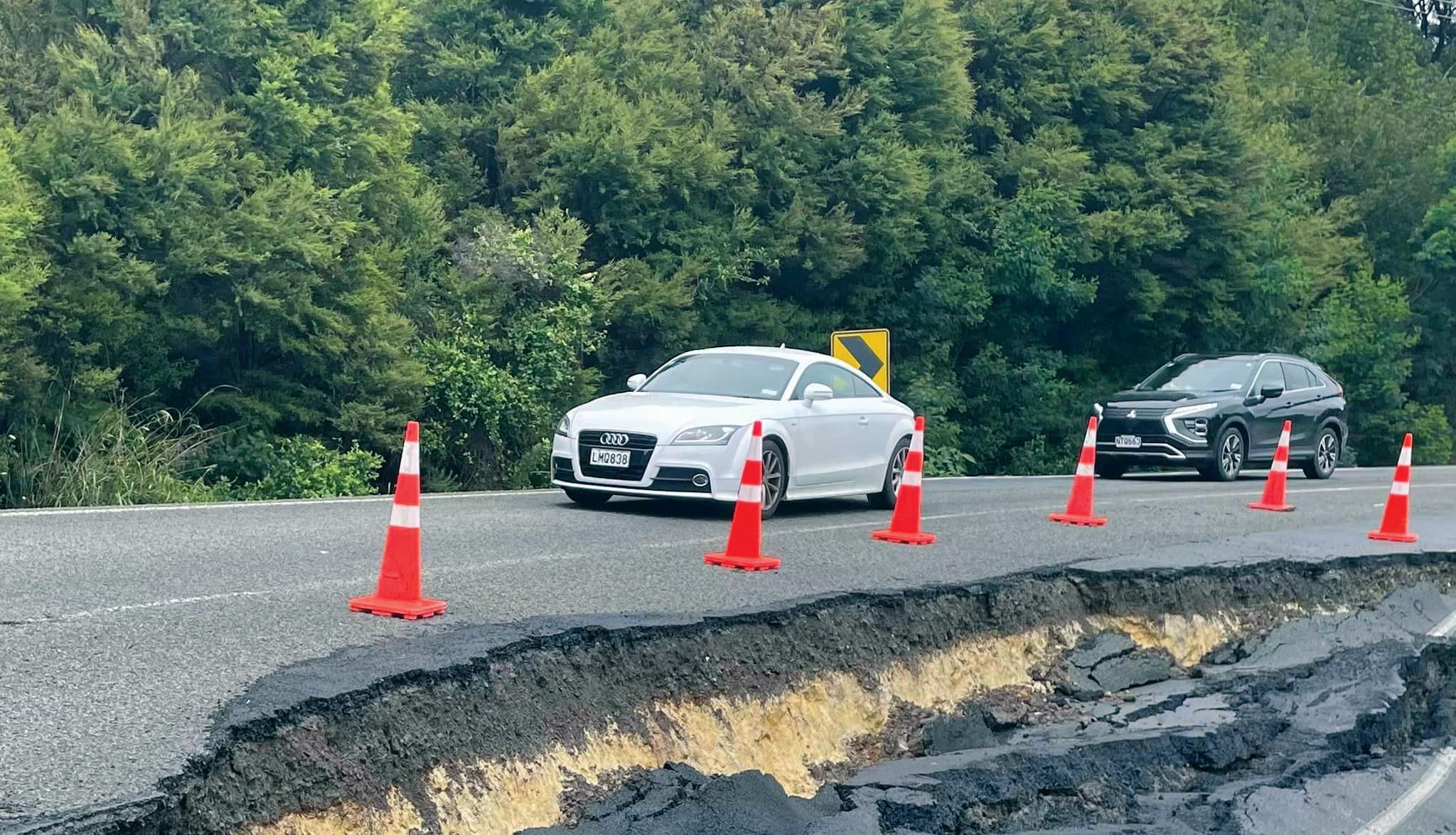
Do people understand that a ‘one-in-100-year flood event’ is really something with a one percent probability of occurring each year? And that if they live for 20 years in a house with a floor at the one percent flood level, then there is nearly a 20 percent probability of them experiencing a ‘100-year’ flood while they are there?
As experts in this field, we have to understand, help weigh up and communicate risk clearly so that households can make informed decisions about where they live or invest.
As in Christchurch following flooding in 2014 and 2017, better explanations and demonstrations may also help the community to make the hard decision to relocate from the most affected properties.
Intelligent and equitable land use planning

Avoidance comes before minimisation and mitigation. Planning rules must be improved and rigidly enforced to prevent new investment in known floodplains and overland flow paths.
While there are good examples around the country of planning for flood management, there is no national consistency.
In addition, the resource consent process makes it possible for commissioners to ignore the advice of stormwater and planning experts. This is particularly problematic when it occurs during the District Plan process, as it can expose large areas to unnecessary risk for a long period of time.
There are equity issues too. As flood-prone land is often cheaper this can lead to the concentration of lower socio-economic communities in vulnerable areas.
It is also inequitable if developers make their profit from poorly placed development but the risk and cost of disaster recovery are borne by homeowners and the wider community.
Good flood management also usually requires more land set aside for floodplains. This is expensive and so is often avoided as far as possible by developers. It is tempting to allow corners to be cut to follow the path of least resistance. After all, ‘It won’t flood there for 100 years, right?’
We need to stop allowing short-term thinking to influence decisions about communities that will be located in an area for decades, if not centuries.
30 www.waternz.org.nz WATER NEW ZEALAND FLOODING
Coatesville/Riverhead Highway, Auckland.

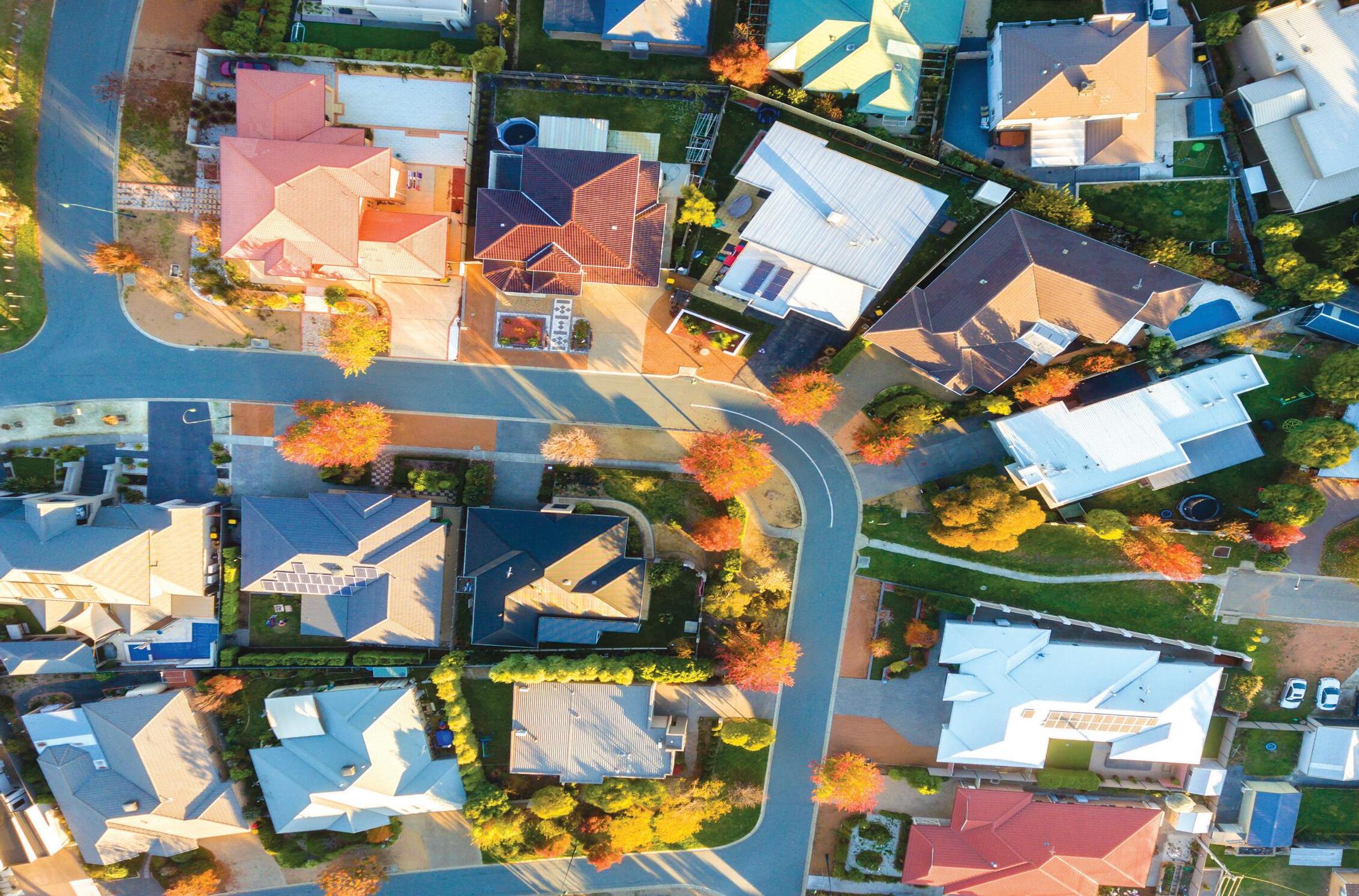


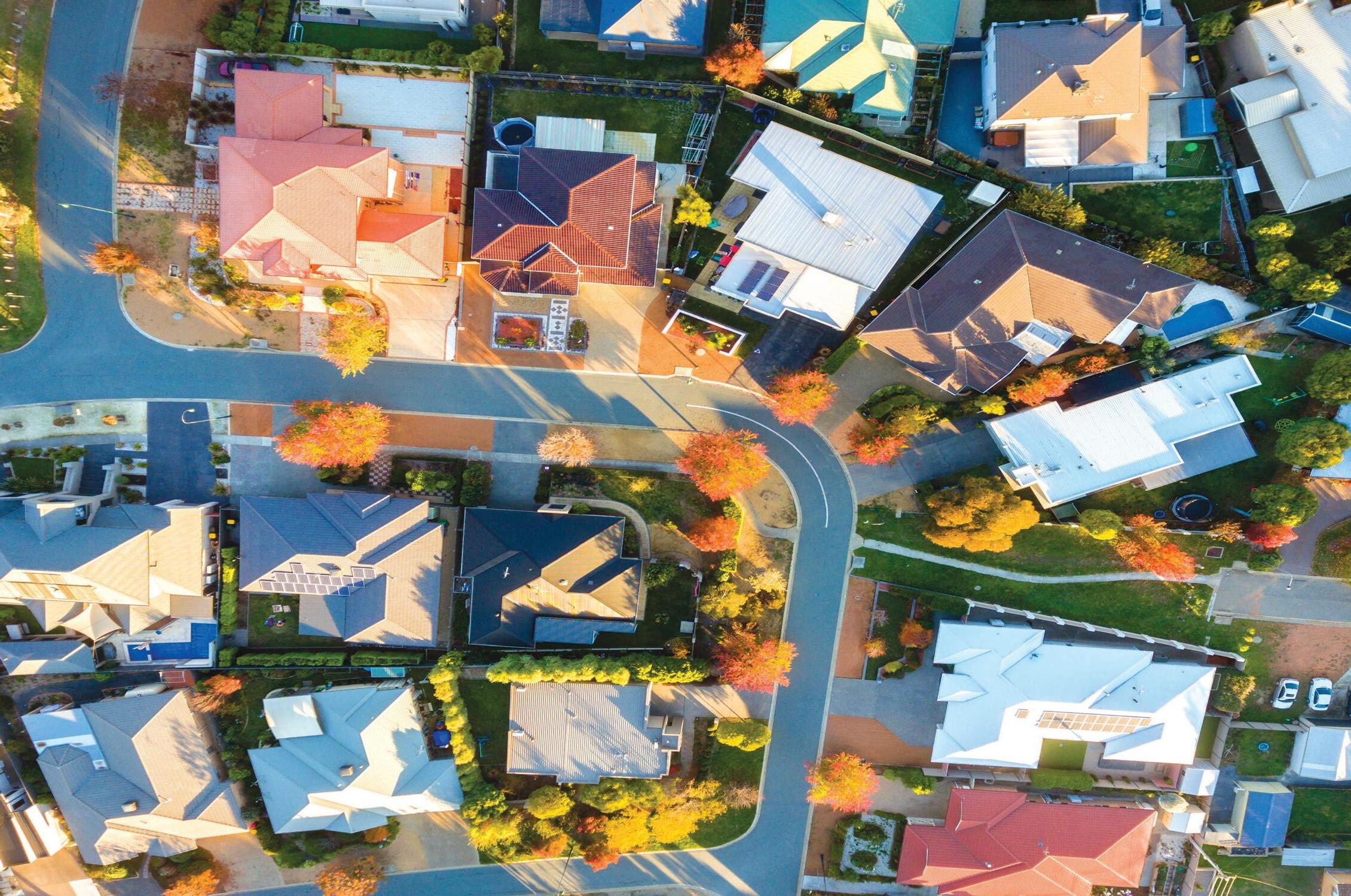

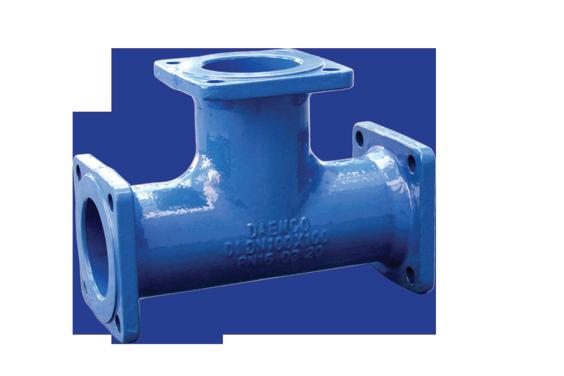

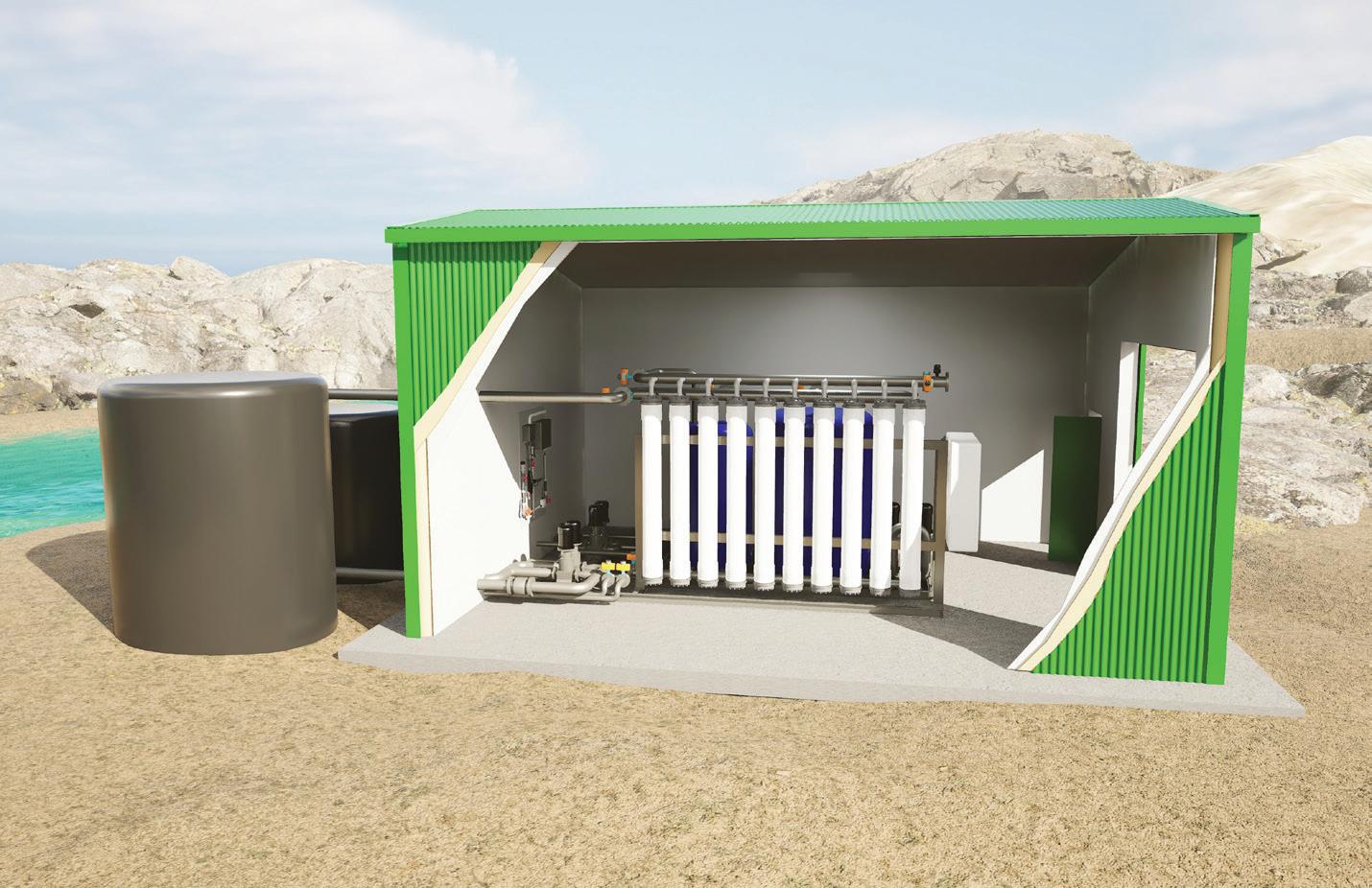
Murky about drinking water? Get clarity on treatment needs Future-proof regulatory changes Talk to us about how you can safeguard your community’s drinking water, with one of our cost-effective transportable water treatment plants. The ThirstResponder® M is a compact membrane treatment unit. Using the highest quality Koch™ membranes to tackle tricky turbid water sources. Prefabricated to your specifications at our Auckland workshop, each plant occupies a small footprint requiring only minor construction work on site. Lease a pilot plant to get accurate data prior to applying for resource consent. Save on planning guesswork and get to your permanent solution sooner. 09 272 3496 info@gfsystems.co.nz gfsystems.co.nz
Catchment-scale green infrastructure approach
Green infrastructure is important to build resiliency. However, while small-scale green infrastructure is vitally important to social well-being, improving water quality and restoring a more natural hydrological response in cities, it is not the ‘fix’ for flooding. We also need larger-scale green infrastructure like wetlands and basins as well as ‘making room for the river (or flood)’.
Christchurch has invested in over 100 hectares of basins in the Upper Heathcote to significantly reduce flood risk along the river. This is the scale of investment that is needed to reduce flood risk in our cities.
Making room for flooding and learning to live with water means allowing the water space to move and pond, designing our cities around water (and other natural features) rather than trying to fight against it.
There are good examples of this throughout the country. In Christchurch last year the council opted to cancel a project to build low stopbanks on staff advice that this would worsen existing flood issues and increase the residual risk.

In Auckland the daylighted Awataha Stream and Greenslade Reserve stormwater detention park held up well during the January floods, with much greater capacity than a traditional hard infrastructure network.
There are strong links here with Te Mana o te Wai – thinking about water first and letting it have its own life. If we were to start our urban development by allowing space for water, including flooding, human health and well-being will follow.

Correspondingly, if we try to squeeze water into the smallest pipe possible then human health and well-being will suffer.

Investing for resilient communities
A robust and effective flood management system is not cheap. It costs in terms of land set aside for wetlands, basins, overland flow paths and stream corridors. It costs to model and understand
flooding for each location, and then to communicate this well. It costs in terms of building the necessary infrastructure to increase capacity and direct water away from vulnerable areas if possible.
While there is a high cost in configuring and reconfiguring our communities like this, there is a much higher cost to our communities – to people – when flooding inevitably occurs.
Flexible and dynamic flood management, which integrates tools from planning (including retreat) to green infrastructure all the way down to pipes, pays off when flooding is avoided.
As our climate keeps changing we are going to need to step up the investment in flood management to reduce the cost to our communities from flooding.
Changing our attitude toward flooding
The concepts described in this article are not new, and many in the stormwater profession have been advocating them for a long time.
There are lots of silent success stories in our country (avoided flooding gets little media attention) and we need to be constantly telling the story of how harm can be reduced if we allow space for the flooding that will inevitably occur.
We need to be advocates and storytellers not only at a local level but also at a national level helping to inform central government policy and planning.
Flooding can’t be ‘fixed’, but we can and must do a better job of reducing the risk and managing the effects.
National standards, proactive risk-based investment, clear communication of risk, good planning and green infrastructure will all reduce the impacts of flooding. There are good examples of effective flood management in New Zealand, and we need to build on these.
While floods will continue to be a part of our lives and we can’t pipe our way out of them, we can learn to live with them better so there will be less harm caused to our communities by flooding.
32 www.waternz.org.nz
NEW
WATER
ZEALAND FLOODING
Flood waters at The Auckland Domain.
ACO StormBrixx
Infiltration & Water Storage Tanks
Stormwater management made from recyclable polypropylene
ACO StormBrixx® is a unique and patented geocellular stormwater management system designed for surface water infiltration and storage. Its high void ratio minimises excavation volume and it is suitable for all industrial, commercial and residential applications.

ACO Limited · www.aconz.co.nz

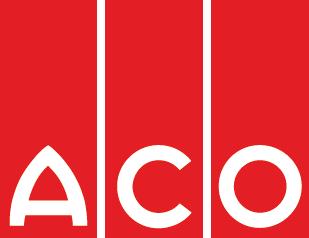
ACO. we care for water
MARINAQUIP
Barrier Floats • Spheres • Debris Booms
• Adaptable for use in lakes, rivers, dams, marinas, harbours and hydro-electrics
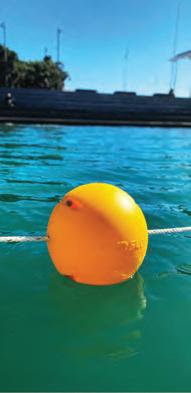
• Debris collection, separation, segregation, delineation on any body of water

• Safety barrier for boats, commercial craft, aquaculture and recreational areas

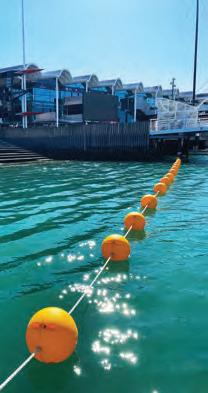

Made in New Zealand www.marinaquip.com
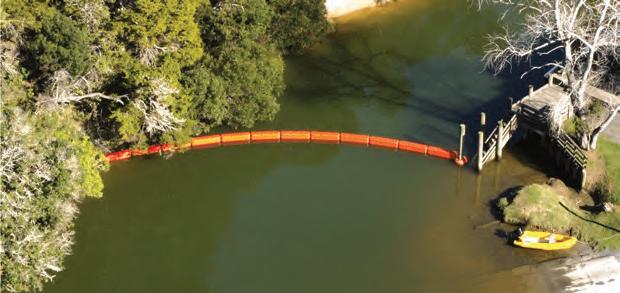
MARCH/APRIL 2023 WATER NEW ZEALAND 33
The case for unearthing urban streams


34 www.waternz.org.nz WATER NEW ZEALAND URBAN STREAMS
By Mark Lewis, landscape architect, Boffa Miskell
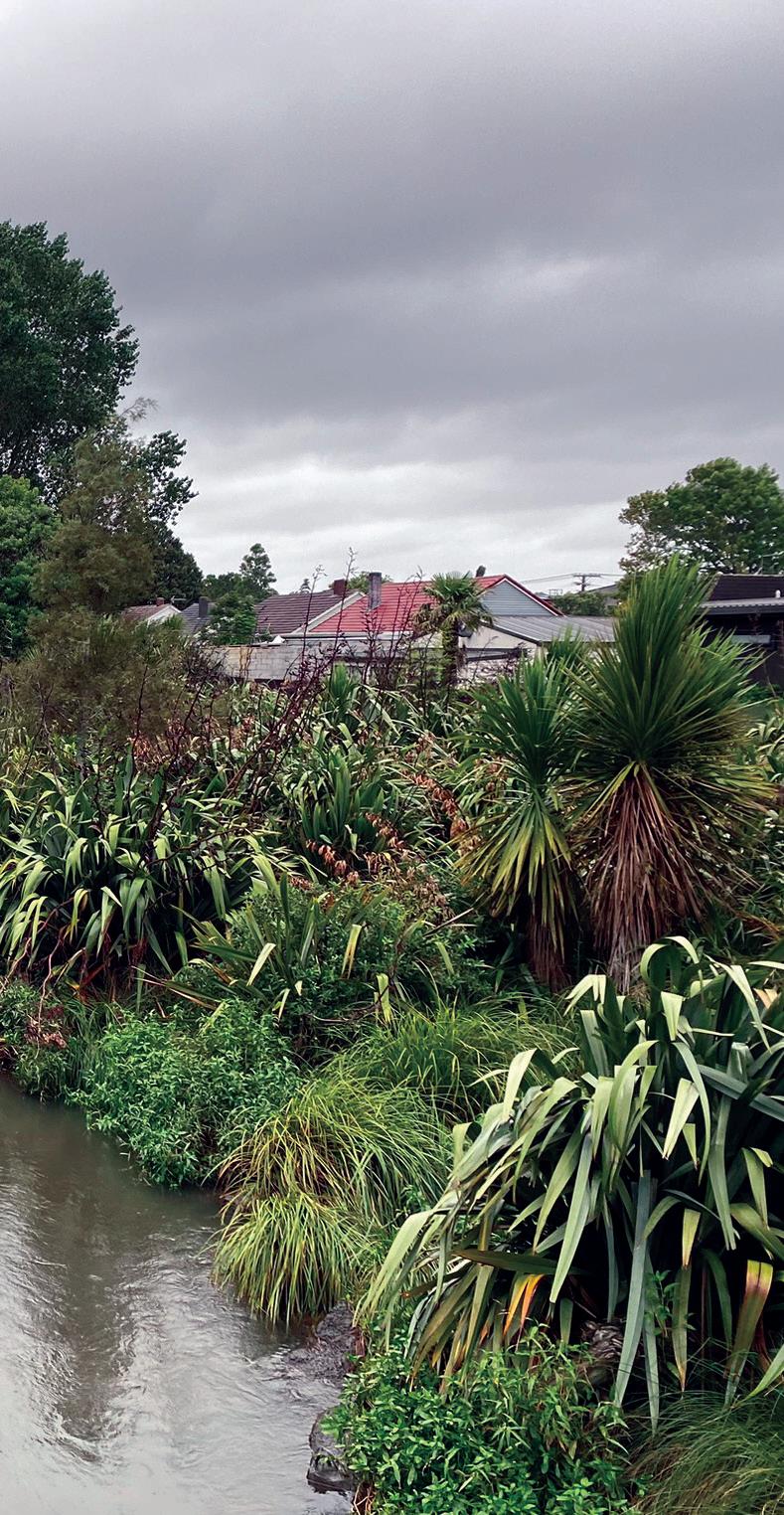
Adverse weather events like the ‘atmospheric rivers’ that have brought weeks of torrential rainfall and flooding through January and February of this year, are very likely to intensify over the coming decades. Increasing heat energy in the Pacific rapidly draws high temperature seas into the cloud systems, to be released as increased precipitation in higher latitudes. Storm systems are also becoming increasingly ‘moored’ over New Zealand between large high-pressure systems to the east and west of the country, and dropping larger cumulative volumes of rainfall onto saturated ground. How our cities prepare and respond to these rainfall events will determine how much damage we sustain, and in the worst case, how many lives might be lost.
Currently our urban channels and stormwater systems are imperfectly designed, as they typically accommodate discreet events, notionally set at the 10year return period, with an acceptable loss of service for our roads and infrastructure during larger events. These systems are under increasing pressure because citybuilding has removed the hydrological buffering and resilience associated with supporting natural environments.
Thankfully, across the globe, many of our urban areas are re-establishing natural systems as part of their longterm infrastructure goals, re-planting trees to capture rainfall, daylighting pipe networks as streams for increased detention, and creating an appropriate balance of open spaces, floodplains, and wetlands to attenuate runoff and infiltrate it to ground.
This approach, which has many monikers (water sensitive design (WSD), nature-based solutions (NbS), engineering with nature (EWN) or ecological infrastructure), has the added benefit of re-establishing green assets into our towns and cities, achieving a multitude of other recognised economic, ecological, public health, and well-being outcomes.
Currently our urban channels and stormwater systems are imperfectly designed, as they typically accommodate discreet events, notionally set at the 10 year return period.
MARCH/APRIL 2023 WATER NEW ZEALAND 35
This re-appropriation of natural systems is often achieved through ‘greenways’, a network of open spaces typically associated with water bodies, connecting ridgelines and hilltops to coastal environments, and in this way becomes a readily understood datum that connects neighbourhoods and natural systems, a corridor of high amenity that supports gathering and recreation, and active transport routes.
Green infrastructure implementation has been very deliberate in many places across the globe. In the megacities of Seoul, Korea, and Singapore, there are targets for open space that require vast parks and greenways to be constructed. This is not seen as mutually exclusive to an increasing population, as redevelopment and intensification provides the opportunity to reconfigure environmental infrastructure.
The targets for these cities are upwards of 30 percent of open space, requiring bold urban planning. One of the best examples of this is the Cheong Gye Cheon River in Seoul, a river that was rehabilitated from a culvert through the heart of Seoul.
The river now moderates flooding and has led to significant economic growth, with an estimated half a million tourists visiting the restored river walk every week. The project necessitated significant redevelopment of the centre of Seoul, the removal of a 12-lane expressway, and the advent of a new public transportation network.
Another example of bold environmental planning is from the Rijkswaterstaat, the Dutch environmental and agriculture agency, responsible for protecting a country that is 60 percent flood prone. Their ‘delta approach’ has seen levees relocated backwards within floodplains like the Meuse River, to allow for farmland to be periodically inundated and to restore wetlands on a vast scale to intercept and hold onto water like a sponge.
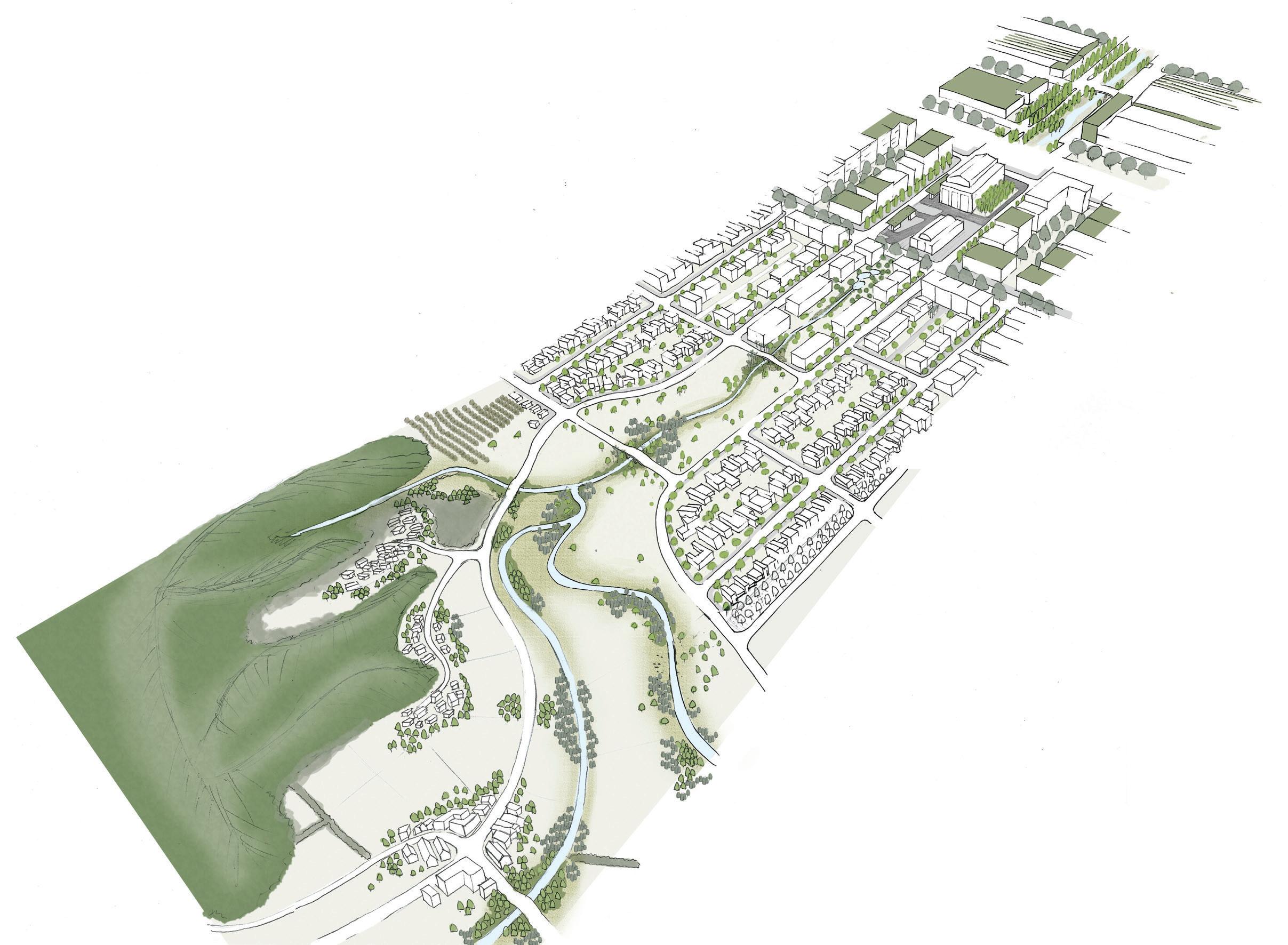
Within the programme they have also sought to ‘rewild’ vast areas of the river plain, re-creating the biodiversity hotspots that rivers naturally provide, and creating opportunities for citizens to enjoy these wild places. In doing so, they have reawakened an understanding of the natural heritage of these river systems and their importance to the region’s identity.
Ideally New Zealand’s current resource management reform could provide a basis for similar bold planning endeavours for blue-green networks.
In particular, proposed Regional Spatial Strategies would provide an opportunity to give strategic direction to both future land use and infrastructure decisions,
identifying potential blue-green corridors for protection and enhancement in each region.

However, Regional Spatial Strategies will be reliant on the National Planning Framework, which ideally would provide guidance on the minimum requirements for green infrastructure, above and beyond reductionist targets, and more along the lines of ‘te mana o te awa’, a ‘best for river’ and collaborative approach to infrastructure planning.
At the local scale, the Natural and Built Environment Plans would need to reinforce blue-green networks, with appropriate regulatory controls and policy support, particularly in the absence of strong direction in the National Planning Framework.
Such networks would also need to be supported by infrastructure planning at regional/local level that includes the
36 www.waternz.org.nz
NEW ZEALAND
WATER
URBAN STREAMS
Intensification provides further opportunities for green infrastructure to be woven into the future development form, and to support future increased density.
minimum conditions for green infrastructure and the avoidance of development in areas that do not have an appropriate environmental framework to support them.
Auckland was recently named one of the ‘spongiest’ cities in the world in a report by the international consultancy firm Arup. A ‘sponge city’ typically maintains aquifers, floodplains, and wetlands to slow, spread, and capture stormwater, to reduce the overall ‘work’ on our systems, and replenish our groundwater.

Interestingly, this also contributes to stream base flows and soil moisture levels that support vegetation in dry periods, to protect us from arid, erodible, and firerisk conditions as well as flooding. This is something to be keenly considered in terms of the seasonal wet-dry extremes increasingly associated with climate change.
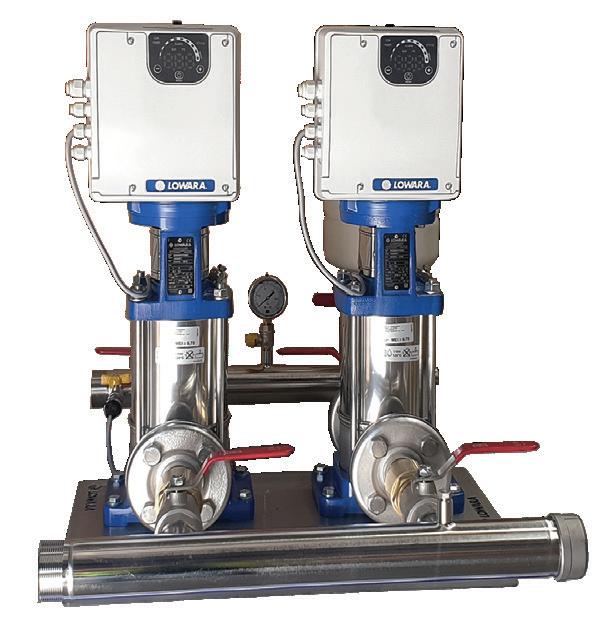

For those of us who have been recently and directly impacted by the recent flooding in Auckland, there is an irony to our recent crowning as the ‘spongiest city’.
It is likely that Auckland was assisted in the title by our vast volcanic areas that freely drain our stormwater runoff, but we should also certainly be proud of the efforts over the last two decades towards investing in green infrastructure in our city, a move that was a paradigm shift from the concrete waterways of the 80’s and 90’s. In fact, I had the experience of working with an engineer on La Rosa Reserve project who had installed the stormwater pipes and thoroughly enjoyed the fact that he was then daylighting the pipes and restoring streams in their place.
Thankfully, our green infrastructure projects fared well in the recent storm events in Auckland.
At the time of writing this article, there has been favourable reporting from Hobsonville’s greenways, and Te Ara Raata’s restored stream, and from the recently daylighted section of Te Ara Awataha in Northcote.
I was compelled to check on Te Auaunga through Underwood and Walmsley reserves, a project only three years old, which replaced two kilometres of concrete channel with daylit streams and tributaries and restored eight hectares of wetland and floodplain environments.
The project did things the right way around from a water sensitive design perspective – building the green infrastructure first, to support the future intensified development form in the area.
The project received several awards since its implementation, including the IPWEA Australasian Excellence Award in Environment and Sustainability, so it was important that it stood up to the testing floods of late January.
Thankfully, the stream held up exceptionally well and more importantly it reduced flooding to the adjacent residences, which prior to the project’s implementation in 2016 had seen flooding of the adjacent streets and residences, and before this in the late 70’s had seen yards and 200 homes under extensive flood waters.
That is not to say that this project is a panacea for flooding in the area. The project sought to restore a part of the expansive ancestral wetland Wai-o-Rakataura, but it did not replicate its size or resilience.
MARCH/APRIL 2023 WATER NEW ZEALAND 37 Thinking efficiency? Start with smart systems. IE5 IES2 IE5 IES2 Call us today to see how Lowara ’s simply smart pumps can assist with your water requirements. Lowara’s Smart Pump range is a complete system delivering market-leading efficiency. It’s time to think beyond single components. For top efficiency in residential and light industrial water supply and HVAC applications, you need the right combination of motors, variable speed drives and pumps — ensuring reliable performance, maximum savings and a rapid return on investment. You need the Lowara Smart Pump range. DELIVERING PUMPING SOLUTIONS ® since 1908 www.brownbros.co.nz Ph: 0508 4 BBENG 10/22
The natural next phase from the project is to continue the restoration upstream on Te Auaunga and also ‘sideways’ into the residential and commercial areas within the catchment where intensification provides further opportunities for green infrastructure to be woven into the future development form, and to support future increased density.
This might go some way to ameliorating the overall effects of rainfalls across the catchment and to protect the very lowest reaches of Te Auaunga which unfortunately did not fare as well from the vast flood volumes coalescing in the urbanised catchment and piped network.
We know that green infrastructure is a solution to moderate climatic threats and rejuvenate our urban landscapes with quality environments, and while the multiple benefits of blue-green networks are well understood, their implementation at-scale in urban areas

still represents an ambitious approach.
With reference to international case studies (Kazmierczak & Carter, 2010) it found the implementation of successful blue-green corridors relies on several critical factors:
• Regulation and policy at both the national, regional, and local level;
• Availability and quality of data and information;
• Cross agency and stakeholder collaboration;

• Public engagement, awareness, and strong sustainability focus; and
• Access to funding.
Similarly, a recent New Zealand survey of nature-based solutions (relating to coastal hazards in this case) found that there was significant community support for green infrastructure and that the technical challenges were not overwhelming.
However, in general there is a necessity for strong collaboration and the sharing of information for appropriate implementation and management to occur, and there is a need for monitoring and reimplementation of these projects to occur as widely as possible.
38 www.waternz.org.nz WATER NEW ZEALAND URBAN STREAMS
Networks would also need to be supported by infrastructure planning at regional/local level that includes the minimum conditions for green infrastructure and the avoidance of development in areas that do not have an appropriate environmental framework to support them.
We know that green infrastructure is a solution to moderate climatic threats and rejuvenate our urban landscapes with quality environments.
The smarter, electronic way to run key-based access control

eCliq is a wireless access control system which enables schools to regain and maintain control of their locking system.
It may be surprising that one of the most sophisticated, up-todate access and security devices looks, at first glance, like one of the oldest. Based on the traditional lock and key, eCLIQ retrofits seamlessly into existing locking systems; cylinders are made to the same dimensions, and all electronics are self-contained, powered by a battery within the key.
• Lost keys – Block or eliminate any lost or stolen keys to maintain the integrity of your system without having to replace the locks
• No wiring – Gain the functionality of access control without the hassle and expense
• Audit trails – See who opened what door and when
• Change access – Easily change a person’s access rights by
Simply the toughest
ABLOY® Super weather proof padlock

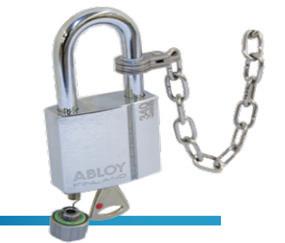

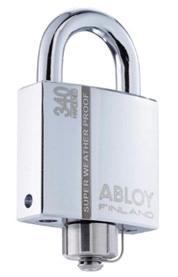
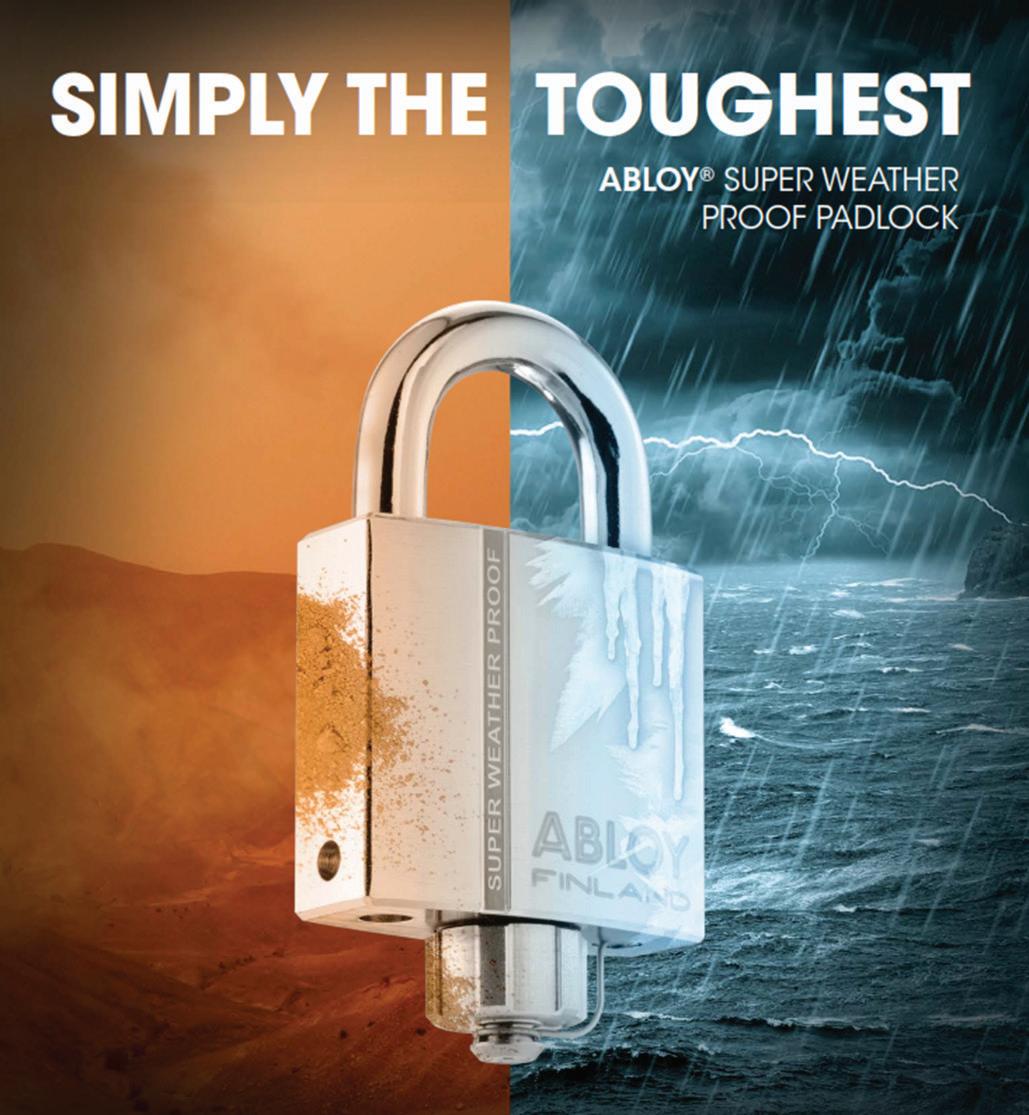
ABLOY Super Weather proof padlocks are designed to withstand the harshest of environments, and will operate smoothly for many years. ABLOY padlocks are available in both mechanical and electro-mechanical versions, enabling the correct levels of security and protection for your sites.
Find
www.assaabloy.com/nz
out how we can help you create more accessible and habitable environments.
Mechanical Highly durable locks which will open first time, every time –regardless of usage ElectroMechanical Advanced electronics give access control functionality without the need for a power supply Padlock Accessories
Stormwater vs floodwater solutions
Nature-based solutions are being touted to help Auckland cope with ongoing flood events. However, there are key differences between managing stormwater and building flood protection that must be understood, explains NIWA urban aquatic scientist Annette Semadeni-Davies.
The Auckland floods and ongoing extreme weather events around the country have prompted renewed interest in naturebased alternatives to traditional pipe-based drainage networks in urban centres.
But it is important to distinguish nature-based solutions for stormwater and those for flood protection.
Auckland’s stormwater system is aging in places and was not designed for climate change-driven high intensity rainfalls. Ongoing land use intensification is also increasing surface runoff volumes and flow rates from impervious surfaces in some parts of the city.
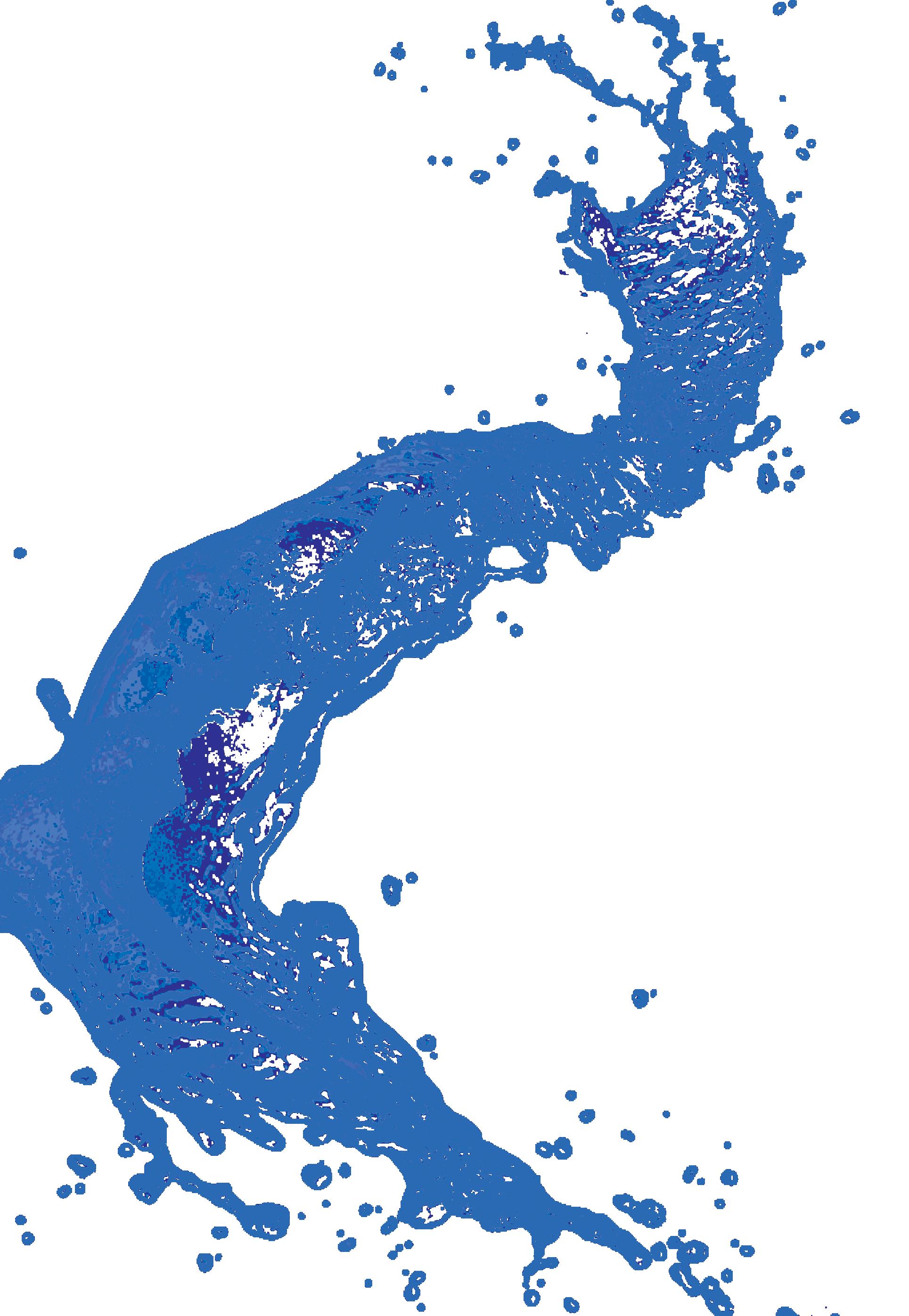
These pressures have left the city vulnerable to flooding and on January 27, extreme rainfall inundated some homes and caused dangerous slips on hill slopes and cliffs.
After the storm, several recommendations were made for improving flood management in Auckland. It included naturebased solutions such as rain gardens, vegetated swales, living roofs and walls, infiltration strips, tree-pits, constructed ponds and wetlands.
These are cost-effective for day-to-day stormwater management to protect urban waterways. They remove contaminants from stormwater and reduce peak flows from non-extreme high intensity rainfalls.
Right: Nature-based solutions for stormwater management, like this raingarden in construction has by-pass structures to drain runoff in excess of their design capacity. Photo: Annette Semadeni-Davies/NIWA.
Below: Vicky Ansell watching the flood waters slowly receding with the help of a pump at her Mt Albert home, in February. Photo: Stuart Mackay/NIWA.
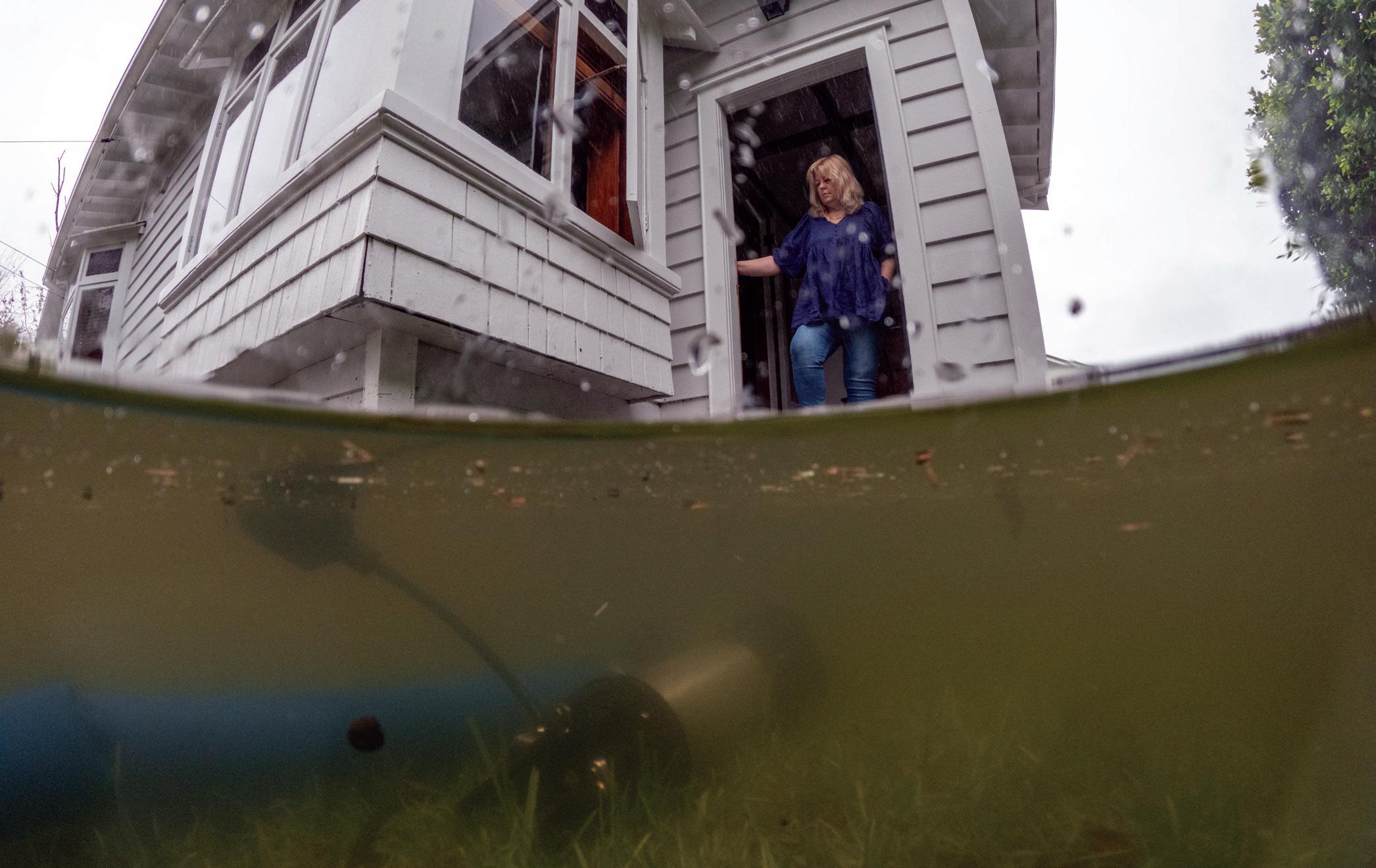

MARCH/APRIL 2023 WATER NEW ZEALAND 41
WATER
ZEALAND FLOOD MANAGEMENT
They can also provide water for reuse, habitat, passive cooling of the urban heat island, provision of walking and cycle ways, and landscaping.
But on their own, they will not be adequate for the level of flooding we have recently seen. Nature-based solutions for flood protection, such as flood-basins, are larger than those for stormwater management.
They are designed for rainfalls with a return period of decades compared to return periods of two to five years for stormwater management.
The distinction between nature-based solutions for flood protection and stormwater management is important to manage expectations of what these systems can (and can’t) do during a flood.
The danger is that overselling solutions designed for stormwater management as a means of flood protection could result in public distrust of these valuable assets.
The design for an effective ‘sponge’ to soak up flood waters may not be cost-effective for stormwater management. Those intended for stormwater management may not have sufficient water storage for flood protection.
To maximize ‘sponginess’, solutions for flood management need to be ‘squeezed’ before the next rainfall, just like squeezing out water from a dish cloth before it can be used again.
The short time between ex-tropical storm Hale on January 11, the deluge on January 27, and cyclone Gabrielle on February 13 has left soil in Northland and Auckland saturated, increasing flood risk.
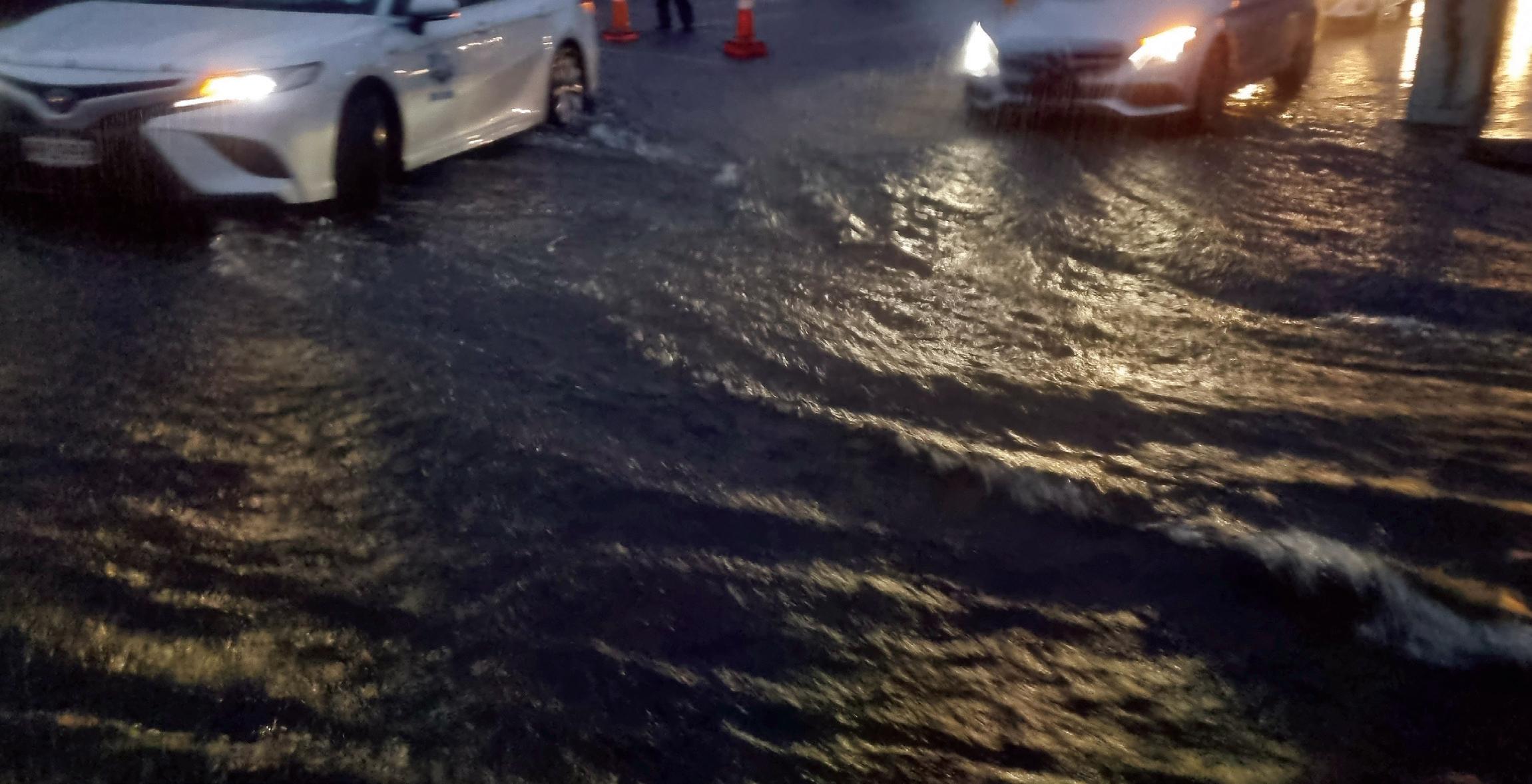
The same would be true of nature-based solutions based on infiltration reducing their capacity to handle new flood water.
Solutions based on water storage in tanks or basins would similarly need to be emptied.

In contrast, nature-based solutions for stormwater management need extended storage of a day or more for water treatment, and even longer for rainwater harvesting.
This means that a balance is required between operating nature-based solutions for water quantity control (keeping them empty between storms), water quality control (optimising detention times for water treatment by slowly releasing water), and rainwater harvesting (retaining water for use in dry weather).
Nature-based solutions used for stormwater management in Auckland are mostly located in new developments where they have been part of the urban design.
Larger nature-based solutions for flood protection will require land that may not be available and will be difficult to retrofit in the highly developed isthmus area. Care must be taken to ensure that solutions based on infiltration do not add to flood risk by raising water tables or cause other problems like subsidence or damage to building foundations.
There are several options that could be explored for flood management in Auckland.
One option is real time control of flow through pipes during high flow events (for example, by draining stormwater storage infrastructure before the onset of forecasted heavy rainfall, avoiding bottlenecks and surges, and diverting water away from critical infrastructure or densely populated areas).
Other options include construction of underground cisterns, using existing low-risk amenities such as playing fields, parks, and carparks as flood basins (there are already several examples of this in Auckland), managed retreat from vulnerable areas and continued maintenance of and upgrades to existing drainage infrastructure.
42 www.waternz.org.nz
NEW
Broadway in Newmarket became a river on January 27. Parts of nearby Khyber Pass were knee deep in water.
Photo: Annette Semadeni-Davies/NIWA
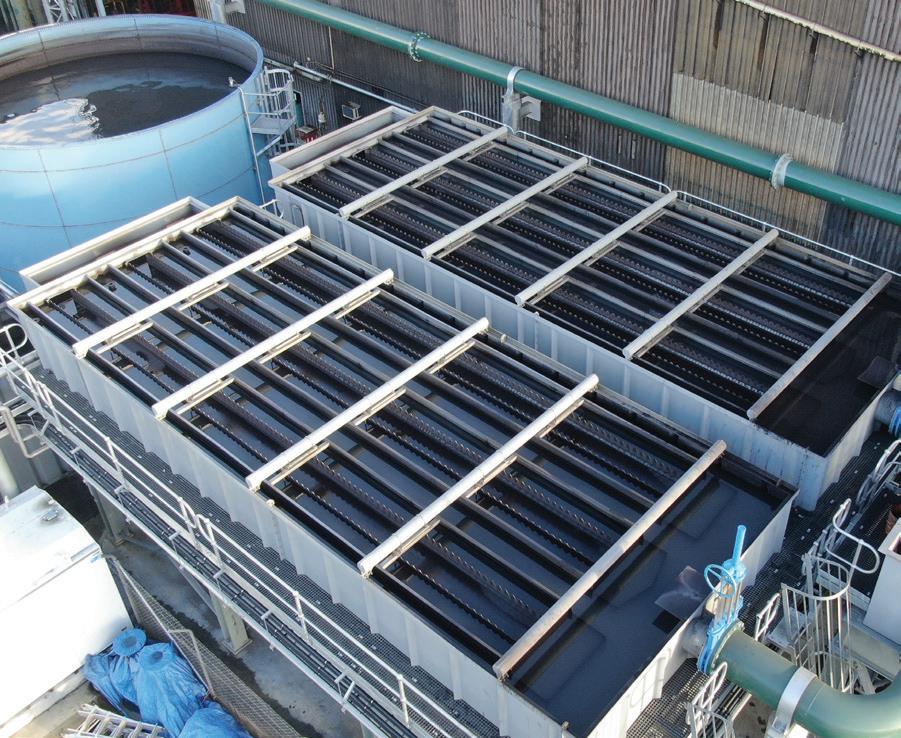

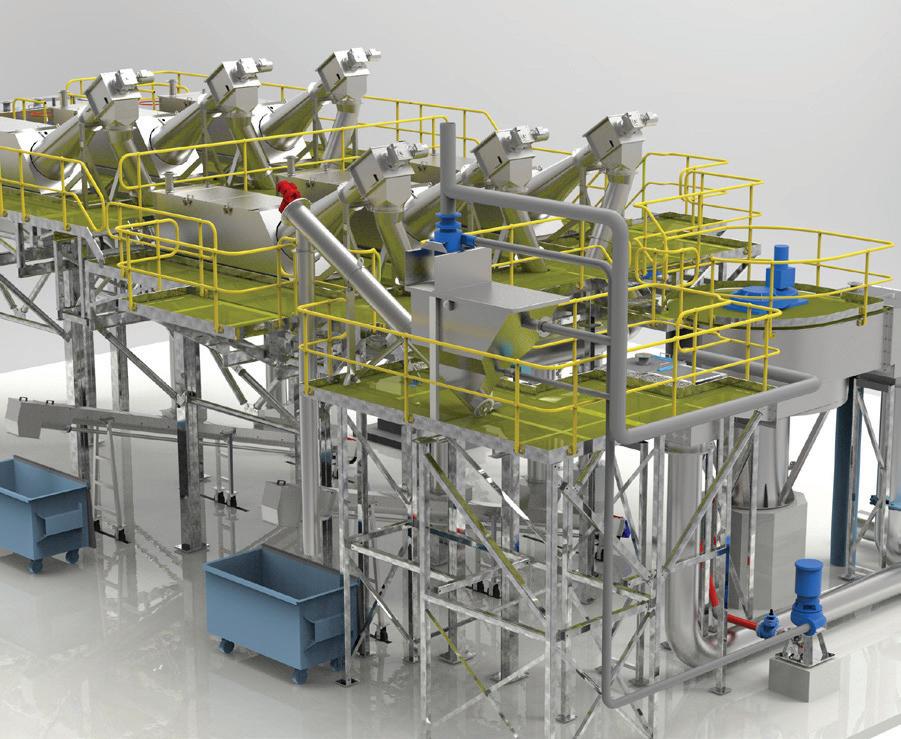
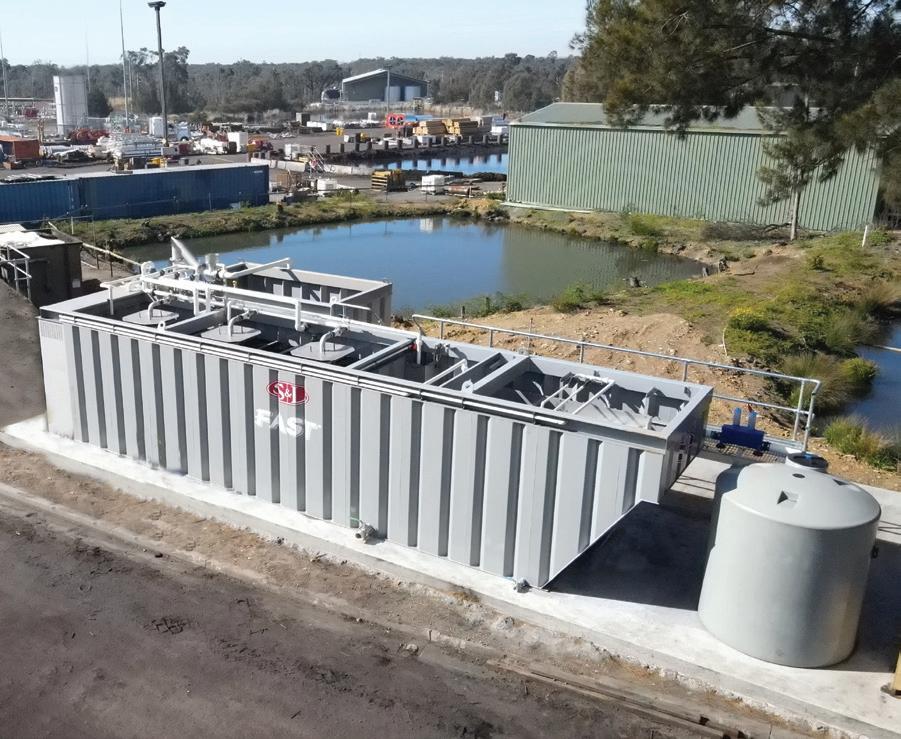
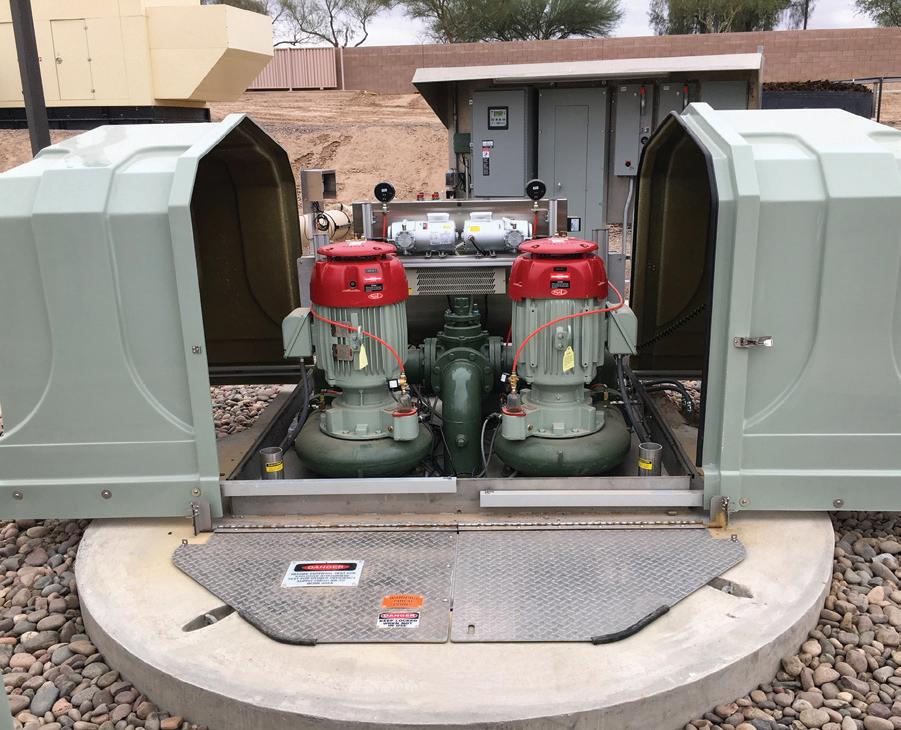
E-mail: info@sandlnz.co.nz www.SandLNZ.co.nz Phone: 64+9+488-6701 Wastewater Innovation and Experience Packaged for You. EVERLAST™ Above-Ground Pump Stations FAST® Package Fixed-Film Treatment Plants Packaged Headworks (Screening + Grit Removal) Complete Lamella Type Clarifier Systems Contact Us for Complete System Solutions
The people of Kaipara moana remediation
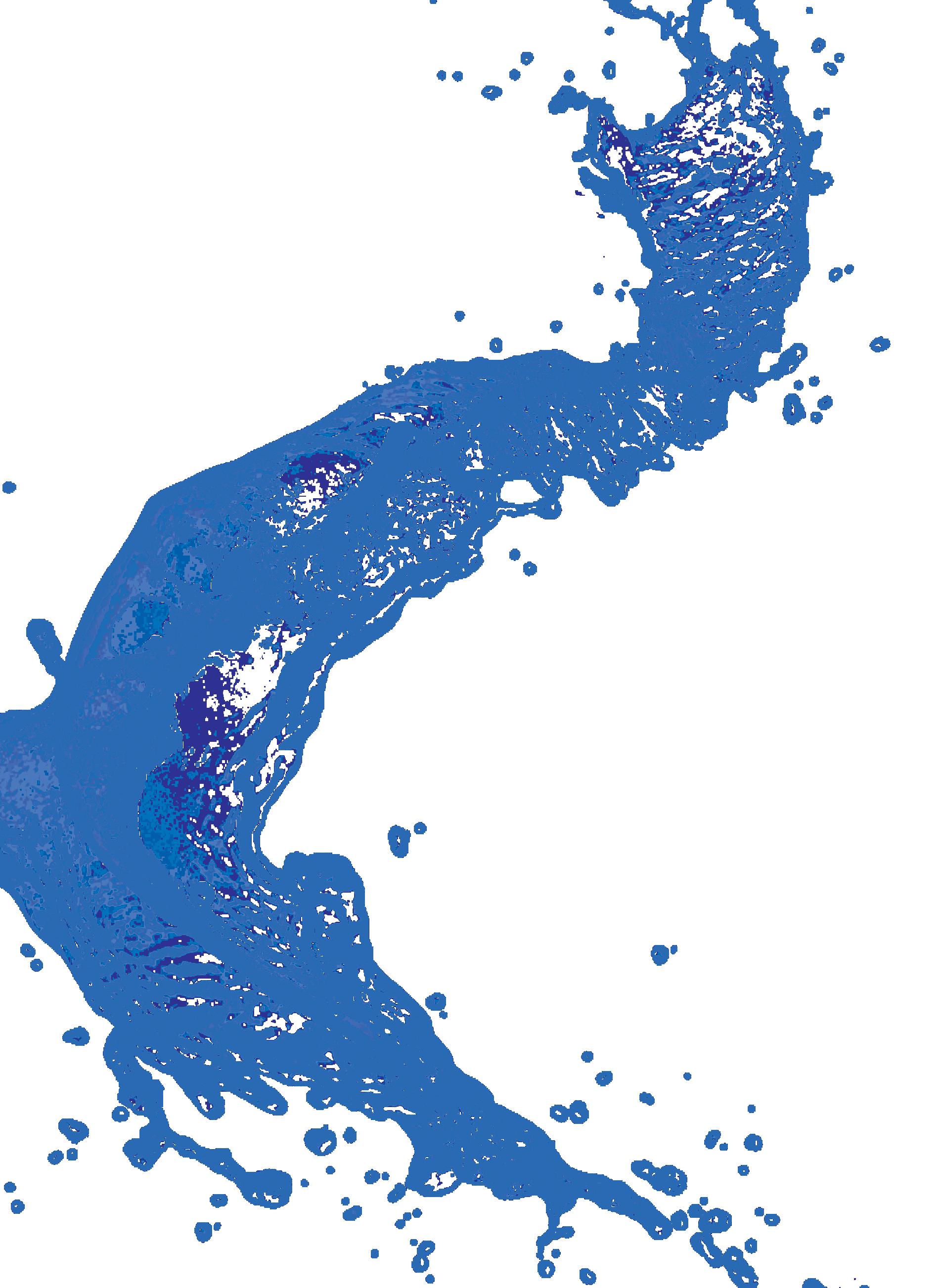
More than 20 million trees and other natives will be planted around the country’s biggest harbour, which comprises 6000 square kilometres of land with more than 8000 kilometres of waterways.
Tame Te Rangi, chair of the governing body Kaipara Moana Remediation (KMR) joint committee, said it was positive to see the community working towards improving the health of the harbour, and he was looking forward to all landowners in the catchment – including farming and importantly, forestry –working towards improving harbour health.
Farming for future generations
David Byles is hugely committed to the Matakohe farm he bought 30 years ago.
And with the environmental enhancement plan he has in place, combined with his partnership with the Kaipara Moana Remediation Programme, he plans to be on the land until the day he dies – simply because he wants to enjoy every moment of watching his native trees regenerate.
David is a born and bred farmer and recognises the importance of looking after the land – waterways being paramount, he says.
In 2022, David worked with KMR field advisor Jacque Knight to put 1510 native plants in the ground surrounding a onehectare block of water. In the winters of 2023 and 2024, the same treatment will be given to two sides of a 1.73 hectare water catchment – all thanks to the Sediment Reduction Plan created by Jacque.
Prior to linking with KMR, David had fenced off a 2.5 hectare block of native bush on his 127 hectare beef farm and says the native growth the past five years has been amazing. He has plans to lock up more areas of native bush.
While David runs 140 beef cattle, of which up to 60 are in-calf dairy grazers, his stocking ratio is light so as to treat the land well.
Before planting got underway, David walked the property with Jacque to show her the variety of native species already on
the land and explain to her why he didn’t just want manuka and cabbage trees. He wanted an array of larger species like Kauri, Puriri, Kahikatea, and more.
“I took Jacque for a walk in my bush block and told her that’s how I wanted my farm to look in 50 or 60 years – even though I won’t be here. She took that on board and so we put in many of those species in the first planting,” says David.
The 2022 planting was very much a community affair.
“I had the plants delivered a week ahead of time and spread them all around the planting area. On the day I had help from students at Tinopai Primary and Dargaville Intermediate.”
Kaipara Harbour Care, NRC and KMR staff helped out as well.
“To me it is about leaving the farm in a better state than when I took over, while still ensuring it is a productive farm that future generations can benefit from.
“To be honest, I love going for a walk through a nice block of native bush and that’s why I think if you have a bit of dirt that is unproductive, fence it off and plant it up to attract native birds back to the area.
“When I first looked at this farm I fell in love with it because of all the trees and the shade and shelter they create for the animals which reduces stress on the animals.”
As for planting more native trees in partnership beyond 2024?
“I am looking at other areas of the farm to fence off and plant, so I will definitely be working with KMR to get more natives in the ground in years to come.”
44 www.waternz.org.nz WATER NEW ZEALAND ENVIRONMENT
The Kaipara Moana Remediation Programme is the largest landscape programme underway. It represents new models of co-governance, planning, collaborating and problem-solving to restore the health and mauri of the Kaipara Moana.
“To me it is about leaving the farm in a better state than when I took over.”
David Byles
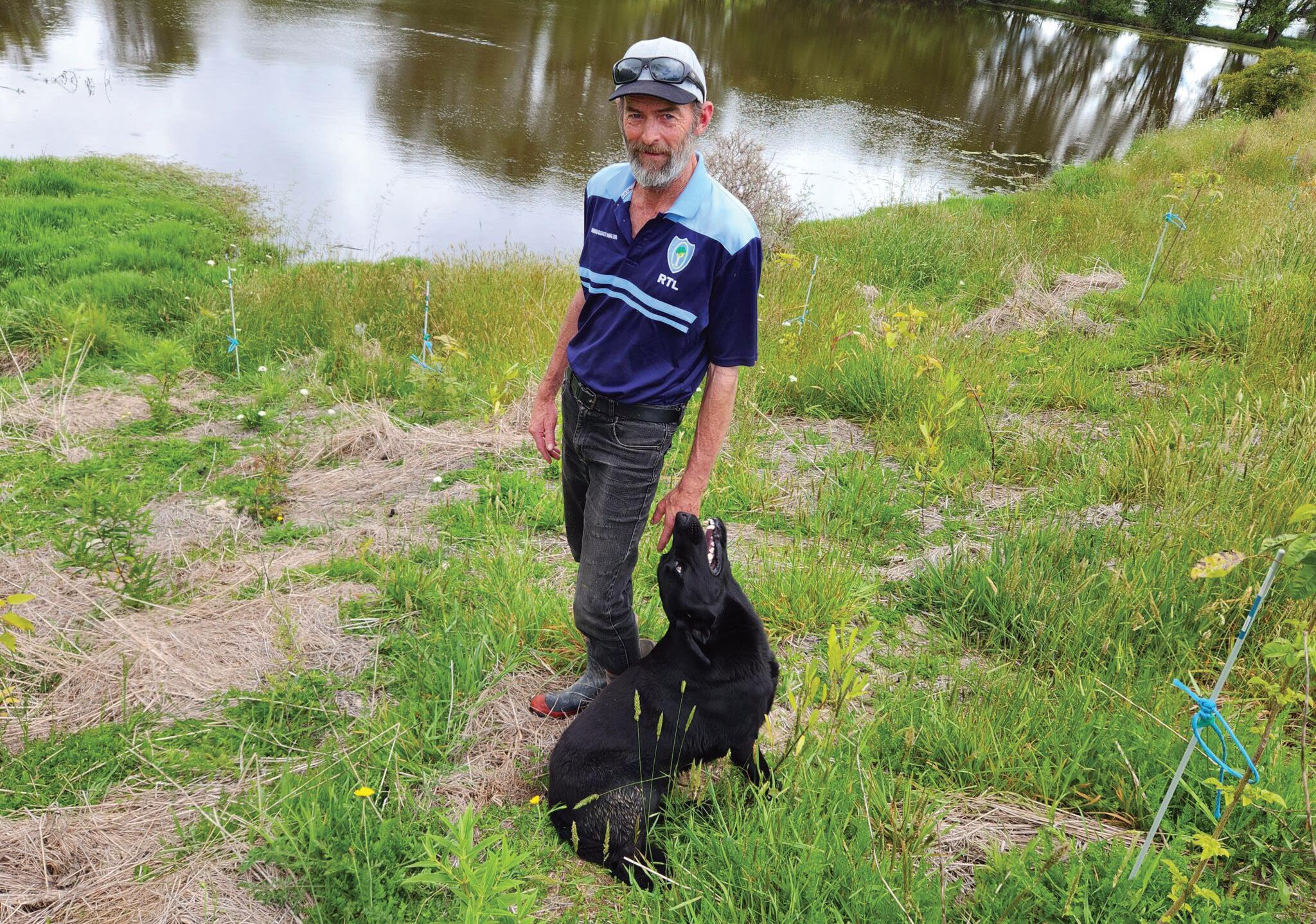
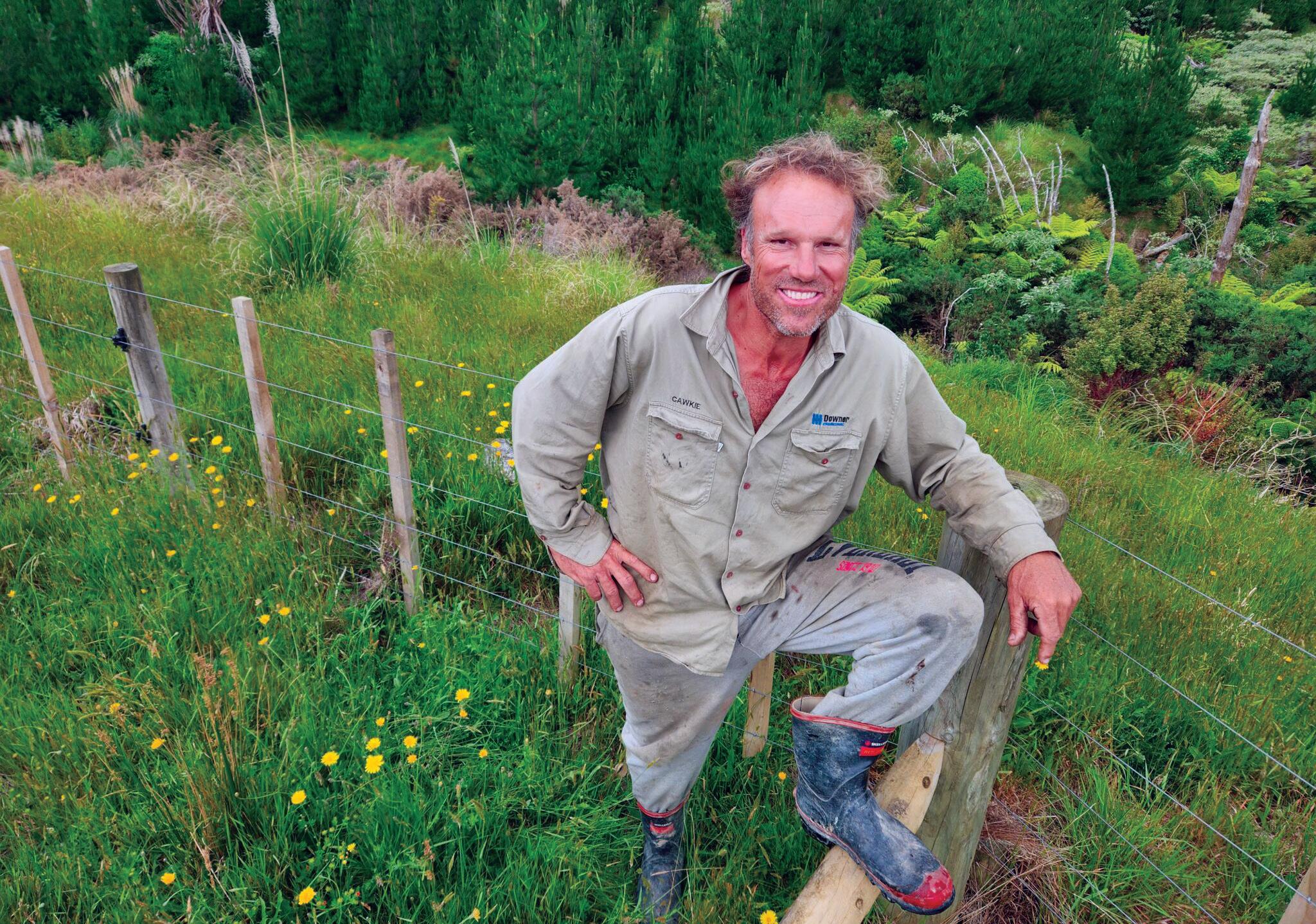
MARCH/APRIL 2023 WATER NEW ZEALAND 45
Matakohe beef farmer and KMR partner David Byles. Maungaturoto beef farmer Ian Cawkwell who has teamed up with KMR to fasttrack native tree regeneration.
Bringing back the natives
Ian Cawkwell is doing something to the environment very few people would.
Not only is he buying ex-forestry land post-harvest but he is putting it back into pasture – a far cry from his career constructing gold mines around the world.
And along the way he is fencing off waterways, gullies and bush blocks to look after the land and play his part in looking after the Kaipara Moana.
It is the very essence of the Kaipara Moana Remediation Programme Kaupapa, which is why he has teamed up with KMR to replant parts of his 79 hectare beef unit with natives.
Ian is so intent on capitalising on the opportunity to utilise KMR funding to improve the land, he does not plan to return overseas for work until he has fully fenced his property in mid to late 2023. He has already made huge progress.
“What KMR is providing for landowners like myself is great,
and I would encourage other farmers in the Kaipara catchment to get on board and take advantage of the opportunity,” says Ian.
A self-confessed Kaipara man, Ian grew up in the area with his property part of his stomping ground as a youngster.
“I floundered in the Kaipara. I mulleted in the Kaipara and I love the Kaipara. I stomped around here as a kid and remember the creeks full of crayfish and eels.”
Ian has fenced the length of his creek and he is well underway with a planting programme on both sides of the waterway. The natives are growing really well. As you wander around the property, Ian points out numerous pockets he plans to fence off to allow natives to come away.
But he is not relying solely on KMR for funding. He has invested heavily in fencing gear and kit and is doing all the fencing himself. Once complete, Ian reckons he will have completed three kilometres of six wire fencing (with two electrified) and he can’t wait to see his protected natives flourishing throughout his land. Heading into 2023 Ian had fenced half of his property.
And he plans to continue doing his bit to improve his land to help the environment.
Ian is encouraging other farmers to lock their creeks and waterways up by fencing and planting as it is land that is not going to be used for grazing anyway.
“I am all for KMR. This is a chance to partner up and clean up the environment and split the costs.
Article from Kaipara Moana Remediation.
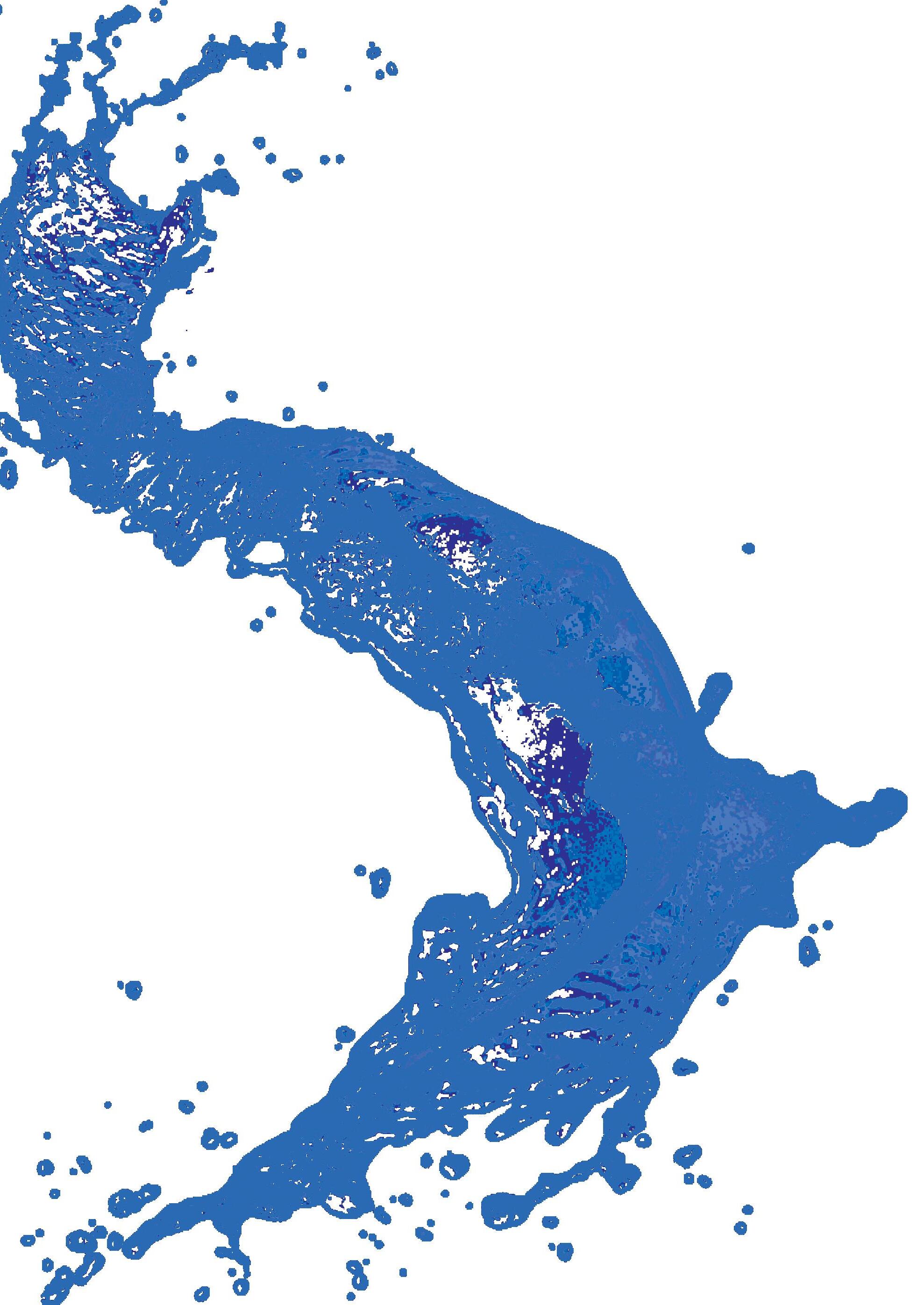
Geodesic domes for any tank.
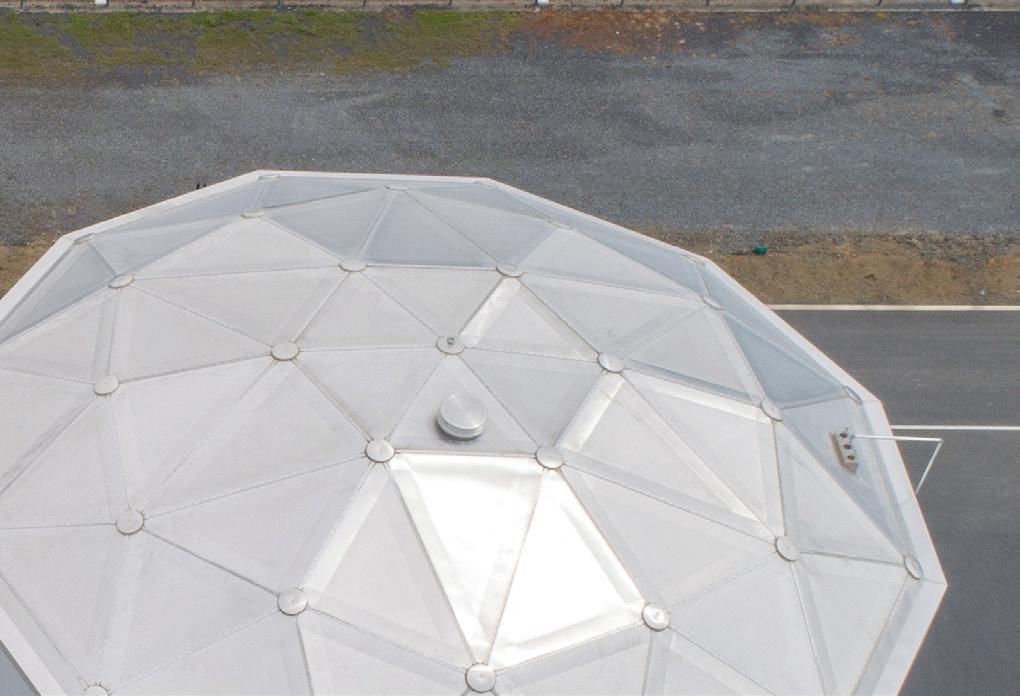
Stand-alone domes can be designed and fitted to any tank. Whether the tank is new, old, bolted steel, welded steel or concrete, a dome can be designed to fit and cover the tank.
As the regional agent for Tank Connection – premium, bolted steel storage tanks and aluminium domes –we design solutions for even the largest applications.
WWW.RENDERTECH.CO.NZ
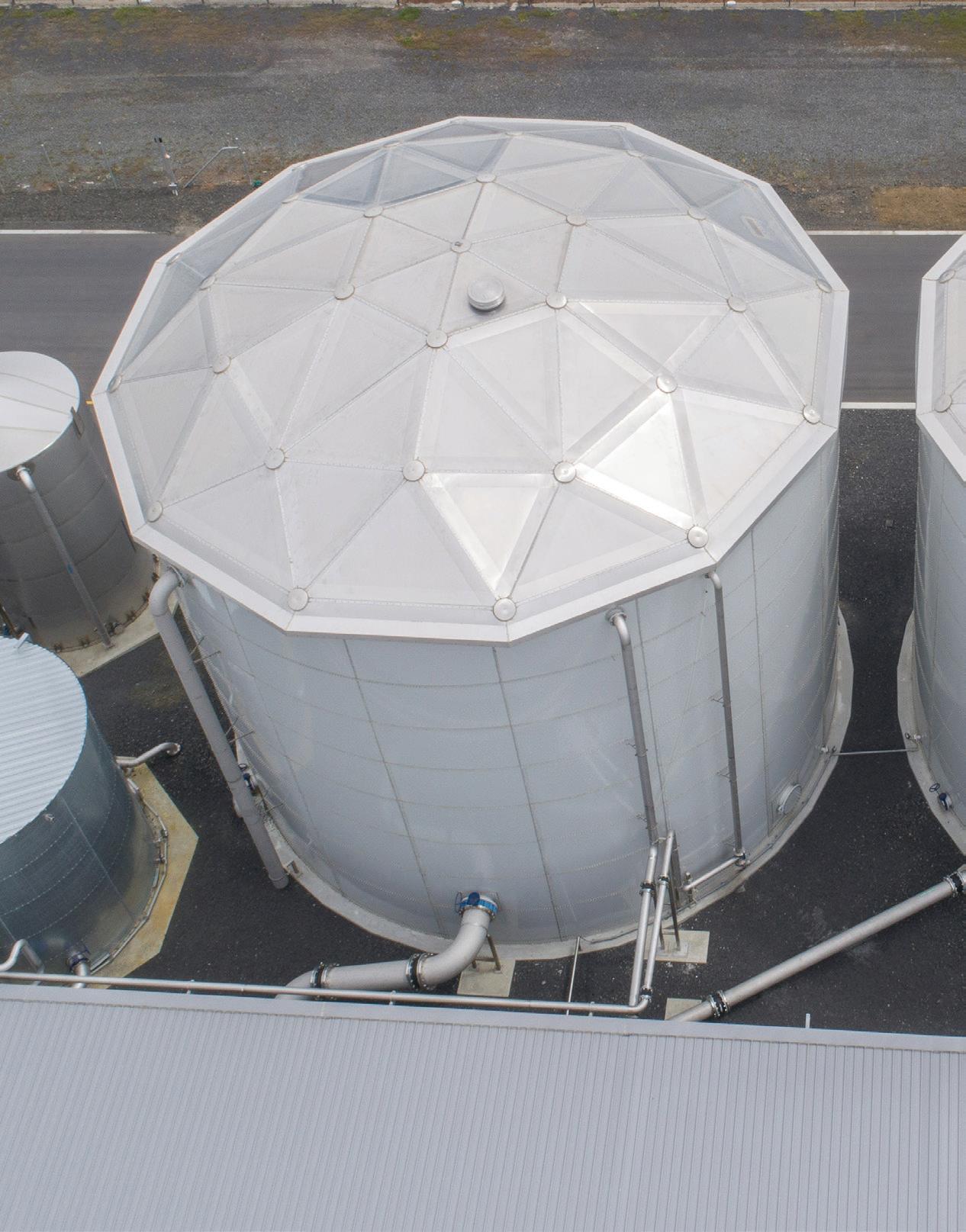
WATER NEW ZEALAND ENVIRONMENT
Self-supporting aluminium domes to over 100m diameter.
“I floundered in the Kaipara. I mulleted in the Kaipara and I love the Kaipara.”
Ian Cawkwell

A champion of freshwater science retires
A long-time advocate for freshwater environments passes on his knowledge to the next generation of researchers.
A freshwater scientist whose work helped protect internationally important lakes has retired after decades of award-winning research in biosecurity, ecology and conservation.
NIWA researcher Paul Champion is well known for his work in aquatic weed detection, threats to endangered freshwater and wetland plant species and identifying the human impact on aquatic environments.
Councils, consultants, commercial companies and students have used his expertise and research to inform policies, reports and management plans for freshwater environments.

But the Hamilton man said it is his involvement in long-term
research into the condition and status of the Northland lakes which stood out the most over three decades of work.
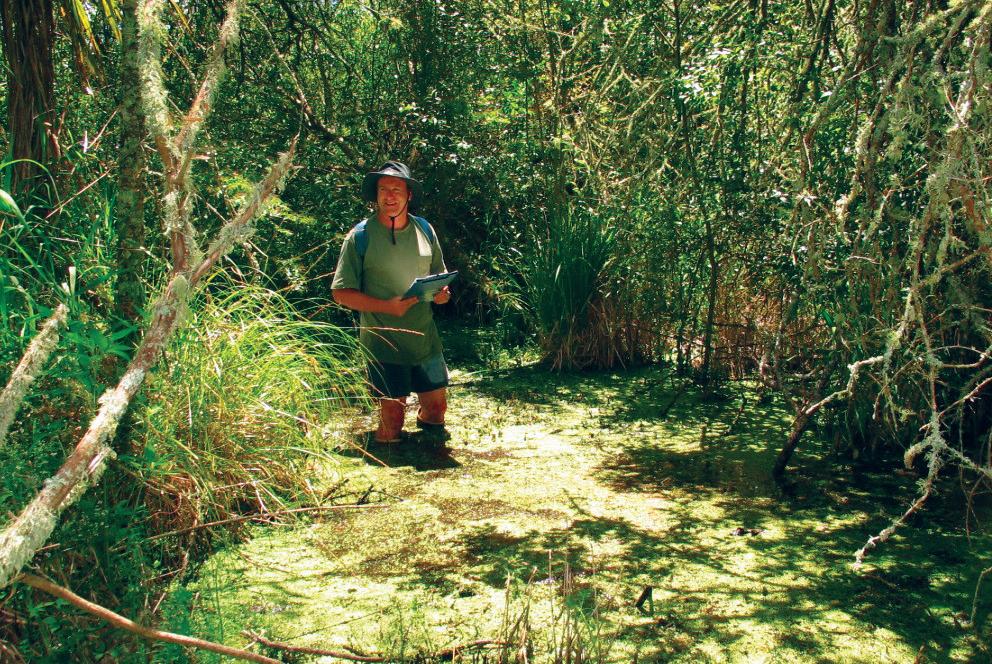
“The lakes in Northland are unique. Some areas are not intensively farmed and so the water quality is relatively good. There are quite a few water bodies that still have native submerged vegetation with no introduced aquatic weeds.”
The lakes are of national and international significance because they feature a large proportion of the country’s warm, lowland lakes with good water quality and ecological condition, many of them being dune lakes.
Their surrounding wetland margins support endemic endangered
48 www.waternz.org.nz
WATER NEW ZEALAND FRESHWATER
Paul surveying wetlands in the Waikato for invasive weed species in 2006.
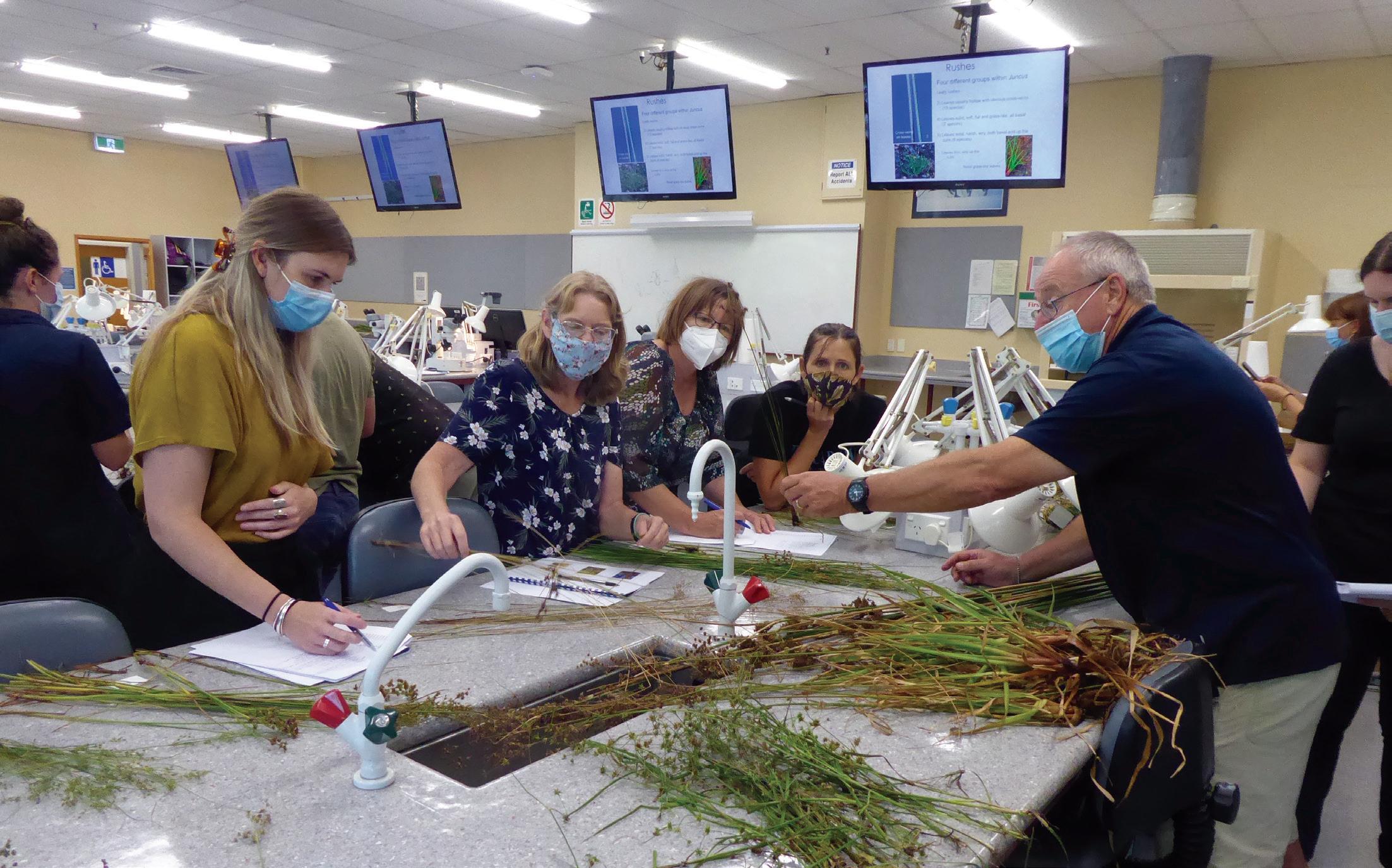

MARCH/APRIL 2023 WATER NEW ZEALAND 49
Paul leading one of his native plant and aquatic weed identification workshops at the Hamilton office in 2022.
species providing the only known habitat, or the national strongholds for a range of biota.
Surveys of the lakes were completed in the early 1980s. NIWA repeated those surveys in the early 2000s, with annual surveys from 2004 to date.
“Based on those surveys, we developed a lake strategy in 2012 for the Northland Regional Council.”
The strategy prioritises lakes for protection, surveillance for biosecurity threats, ecological health monitoring and recommendations for management.
“NIWA now monitors more than 100 lakes in Northland so we can look at trends in the vegetation, risks of invasions and water quality.
“We’ve had success in lake-wide eradication of invasive aquatic plant species while sustaining good populations of threatened plants.”
The research resulted in a co-ordinated approach from the regional council, along with seven iwi to protect and enhance the lakes. Other agencies involved include DoC, MfE and MPI.
Champion arrived in Aotearoa New Zealand from the UK in 1980, looking for opportunities to grow his career.
He soon found one at the University of Waikato, working as a botany technician, which included looking after the university’s herbarium.
That was the beginning of his education on Aotearoa New Zealand’s native and introduced plant species which he built on in the following years.
From 1988-1994, he worked as an advisory officer for aquatic plants at Ministry of Agriculture and Fisheries (MAF), Quality Management (now AsureQuality).
“The role at MAF involved co-ordinating freshwater weed eradication programmes around the country, so very much field based.”
NIWA formed in 1992 and Champion was contracted to work on wetland research.
He accepted a full-time scientist job with NIWA in 1994, specialising in aquatic plants. He was programme leader for freshwater biosecurity from 2015-19 and since then had been working as principal scientist for freshwater ecology up to his retirement at the end of 2022.
“We focused on problem solving, trying to provide research which came up with solutions.
“That has not changed much. We had a lot of independence in those days, but I guess as an organisation grows, you must have more structure in the way you work, that’s one thing that has changed.”
Notable research included designing an aquatic weed risk assessment model for Aotearoa New Zealand. It is used by MPI and was adopted by agencies in Australia and the US.
He developed a plan to manage plants in the aquarium and pond plant trade which is used by MPI to assess plants to be banned from sale and distribution (the National Pest Plant Accord). He also developed guidelines for regional councils to manage aquatic and wetland weeds.
The biggest change he has seen during his time at NIWA is the use of technology.
“I am thinking particularly about the work NIWA freshwater ecologist Daniel Clements is doing around remote detection of aquatic weeds, using autonomous boats on lakes.
“That is going to be a game changer as far as being able to check a large underwater environment.”
Champion said expertise in aquatic biosecurity will be in demand even more in the coming years.

“We have new freshwater policies that are putting a focus on protecting species and their environments.
“And there are always new weed and pest incursions, new finds of threatened species. The interaction between the environment and organisms is complicated, and you must be pragmatic in your approach.”
Champion has won awards for his work in botany, aquatic plant management and freshwater biosecurity and has been involved in many groups devoted to freshwater ecology.
In his final year at NIWA, he wanted to give back to others working in the freshwater science field.
He ran a series of native plant and aquatic weed identification workshops for regional council staff, consultants, and students around Aotearoa New Zealand.
It was one way of handing over his knowledge to the next generation of researchers.
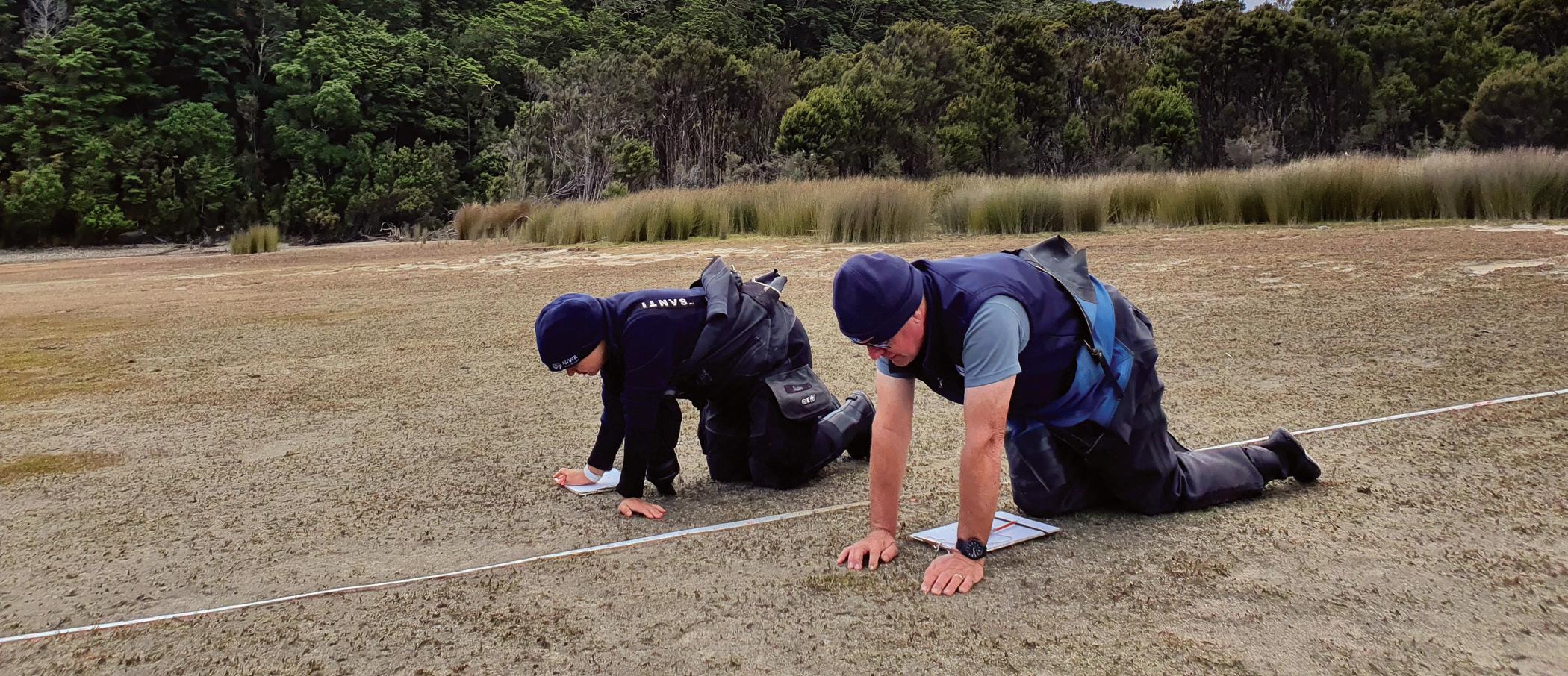
50 www.waternz.org.nz
WATER NEW ZEALAND FRESHWATER
Putting in the hard yards: Examining the turf plants along a transect line with researcher Susie Elcock during a survey of Lake Manapouri in Feb 2022.
The Water Services Act 2021 (the Act) provides a new regulatory approach and introduces some new responsibilities for drinking water suppliers. Following public consultation, new Drinking Water Quality Assurance Rules, Drinking Water Standards, Aesthetic Values and three Acceptable Solutions came into effect for registered suppliers on 14 November 2022
Unregistered suppliers can relax
Unregistered suppliers have time to find out more and get the advice and support they need. They have up to November 2025 to register with Taumata Arowai and up to November 2028 to fully comply with the Act.
Wai ora. Tangata ora. Healthy water. Healthy people.
For more information
Join us at the Water New Zealand webinars each month where we’ll update you on what you need to know and what’s ahead. There’s always plenty of time to ask questions too. Register at waternz.org.nz
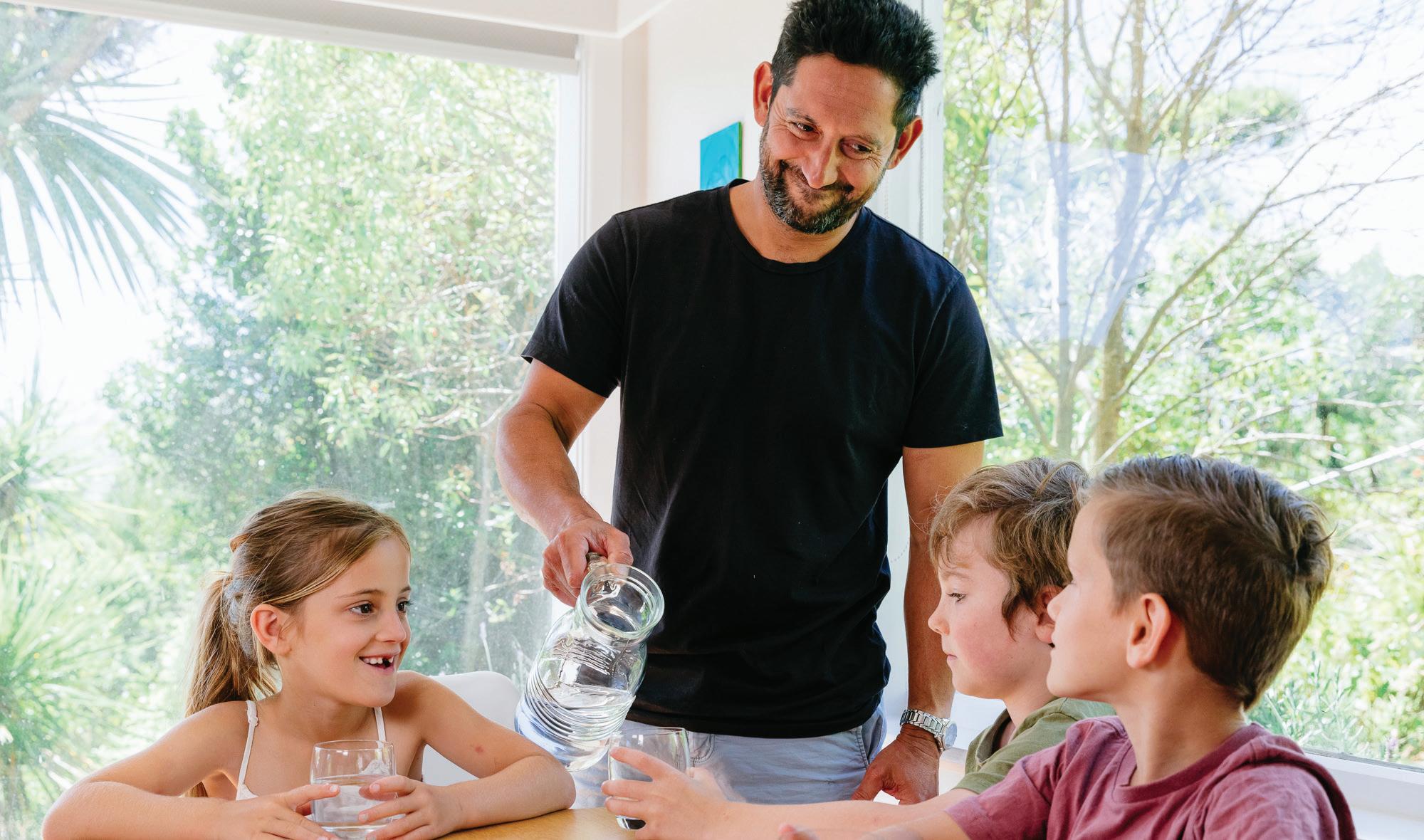
Visit taumataarowai.govt.nz
We’re here to help make sure everyone has access to safe and reliable drinking water every day.
International mission to survey Earth’s water

A satellite built for NASA and the French space agency Centre National d’Études Spatiales (CNES) to observe nearly all the water on our planet’s surface lifted off from Space Launch Complex 4E at Vandenberg Space Force Base in California on its way to low-Earth orbit on December 16 last year. The Surface Water and Ocean Topography (SWOT) spacecraft also has contributions from the Canadian Space Agency (CSA) and the UK Space Agency.
The SWOT spacecraft launched atop a SpaceX rocket with a prime mission of three years. The satellite will measure the height of water in freshwater bodies and the ocean on more than 90 percent of Earth’s surface.

This information will provide insights into how the ocean influences climate change; how a warming world affects lakes, rivers, and reservoirs; and how communities can better prepare for disasters, such as floods.
After SWOT separated from the second stage of the SpaceX Falcon 9 rocket, ground controllers successfully acquired the satellite’s signal. Initial telemetry reports showed the spacecraft in good health. SWOT will now undergo a series of checks and calibrations before it starts collecting science data in about six months.
“Warming seas, extreme weather, more severe wildfires – these are only some of the consequences humanity is facing due to climate change,” says NASA administrator Bill Nelson.
“The climate crisis requires an all-handson-deck approach, and SWOT is the realisation of a long-standing international partnership that will ultimately better equip communities so that they can face these challenges.”
SWOT will cover the entire Earth’s surface between 78 degrees south and 78 degrees north latitude at least once every 21 days, sending back about one terabyte of unprocessed data per day.
The scientific heart of the spacecraft is an innovative instrument called the Ka-band radar interferometer (KaRIn), which marks a major technological advance. KaRIn bounces radar pulses off the water’s surface and receives the return signal using two antennas on either side of the spacecraft.
This arrangement – one signal, two antennas – will enable engineers to precisely determine the height of the water’s surface across two swaths at a time, each of them 50 kilometres wide.
Among the many benefits the SWOT mission will provide is a significantly clearer picture of Earth’s freshwater bodies. It will provide data on more than 95 percent of the world’s lakes larger than 15 acres and rivers wider than 100 metres across.
Currently, freshwater researchers have reliable measurements for only a few thousand lakes around the world. SWOT will push that number into the millions.
Along the coast, SWOT will provide information on sea level, filling in observational gaps in areas that don’t have tide gauges or other instruments that measure sea surface height. Over time, that data can
help researchers better track sea level rise, which will directly impact communities and coastal ecosystems.
Such an ambitious mission is possible because of NASA’s long-standing commitment to working with agencies around the world to study Earth and its climate. NASA and CNES have built upon a decades-long relationship that started in the 1980s to monitor Earth’s oceans.
SWOT measurements will also help researchers, policymakers, and resource managers better assess and plan for things, including floods and droughts. By providing information on where the water is – where it’s coming from and where it’s going –researchers can improve flood projections for rivers and monitor drought effects on lakes and reservoirs.
This article was provided by NASA
52 www.waternz.org.nz
WATER NEW ZEALAND OUT OF THIS WORLD
On December 16, 2022, a SpaceX Falcon 9 rocket launched with the Surface Water and Ocean Topography (SWOT) spacecraft onboard. SWOT is the first satellite mission that will observe nearly all water on Earth’s surface, measuring the height of water in the planet’s lakes, rivers, reservoirs, and the ocean.
IMAGE: NASA/KEEGAN BARBER
Engineered Solutions for Sustainable Three Waters Infrastructure
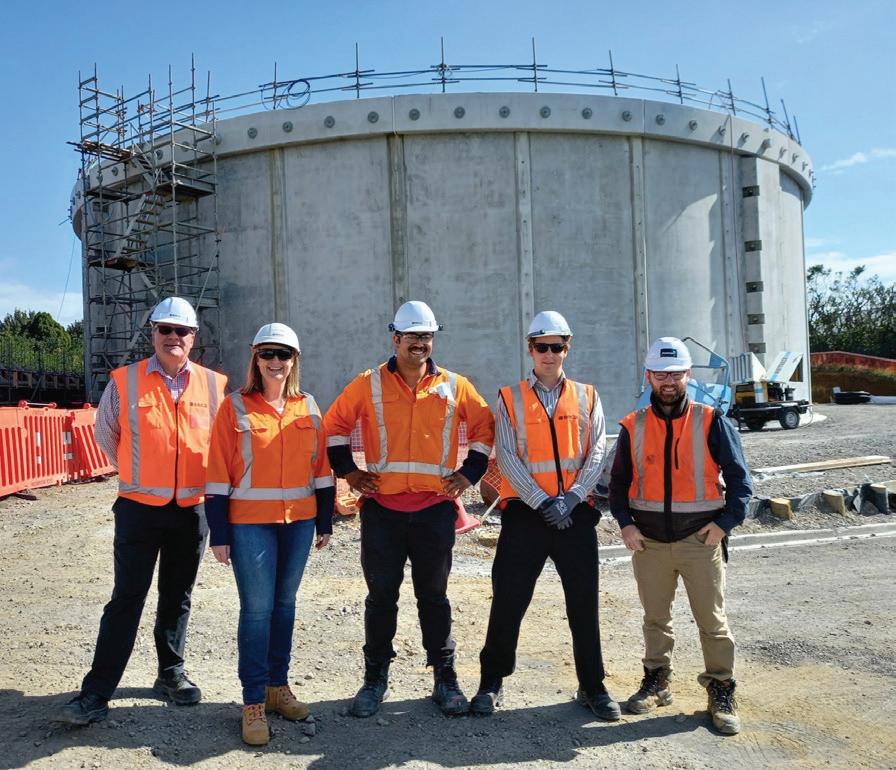
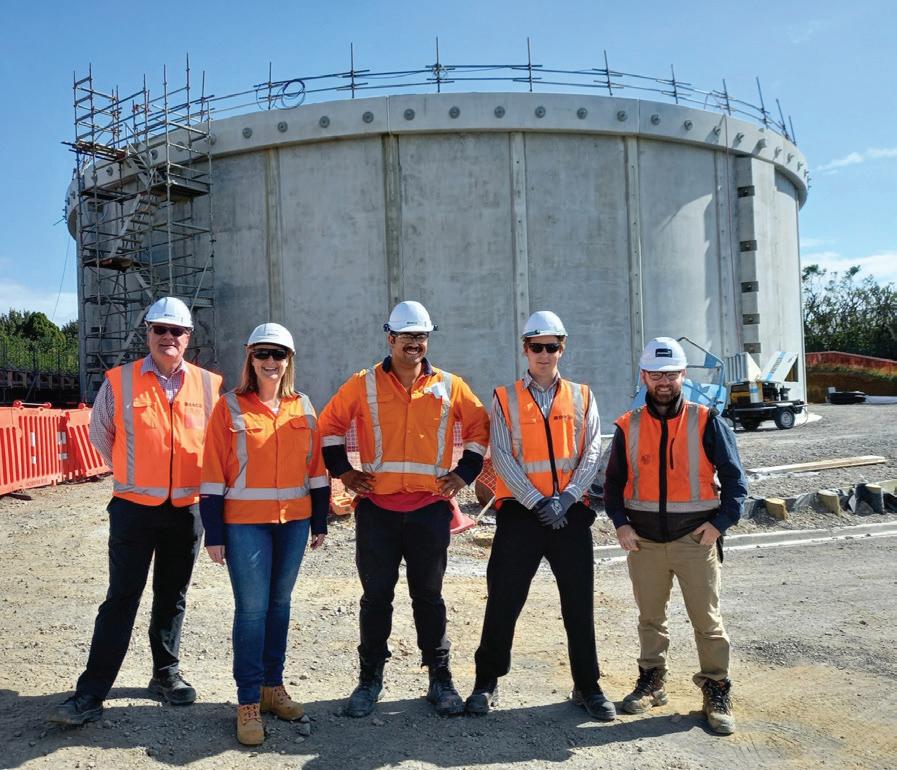
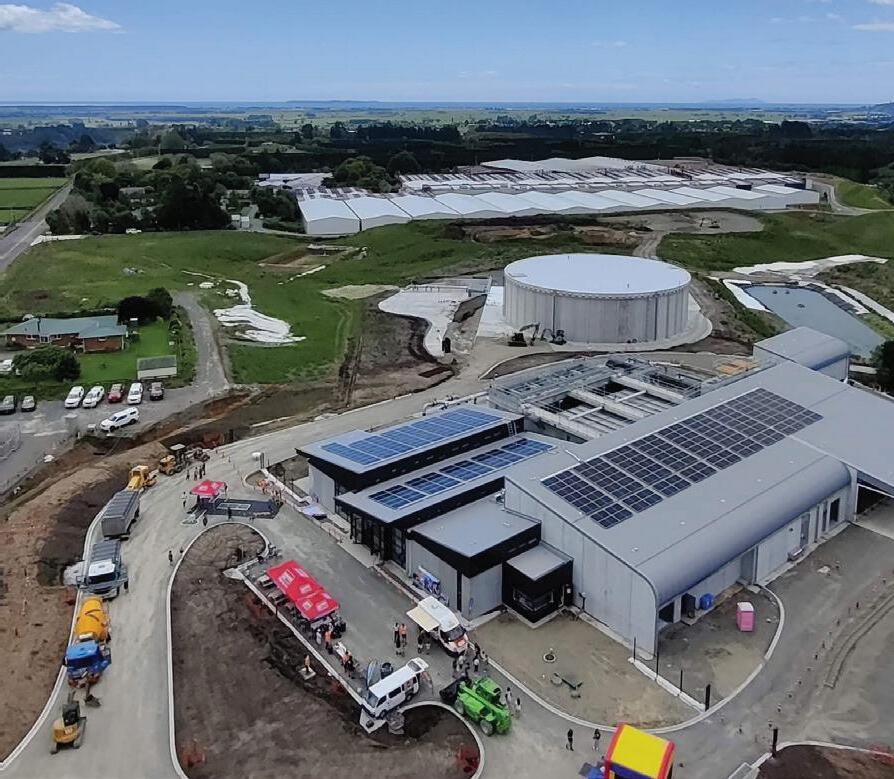
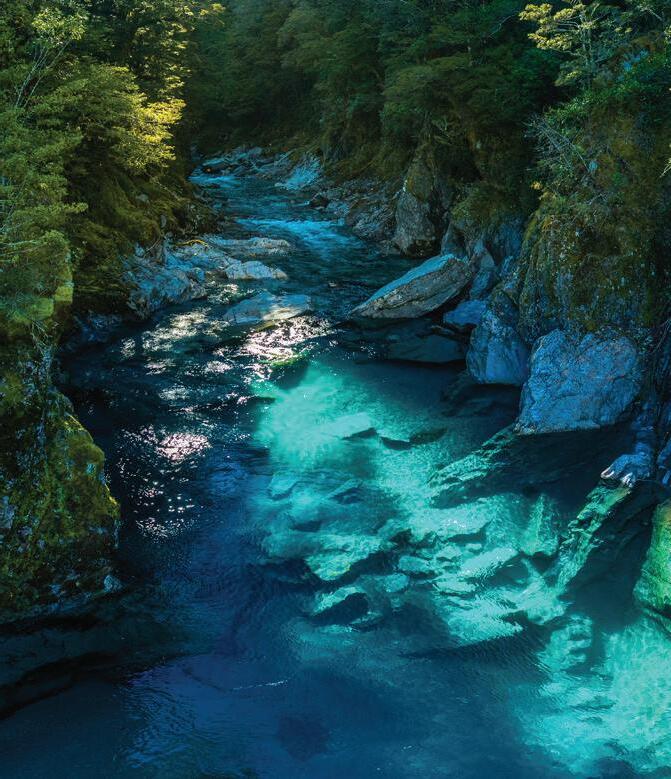
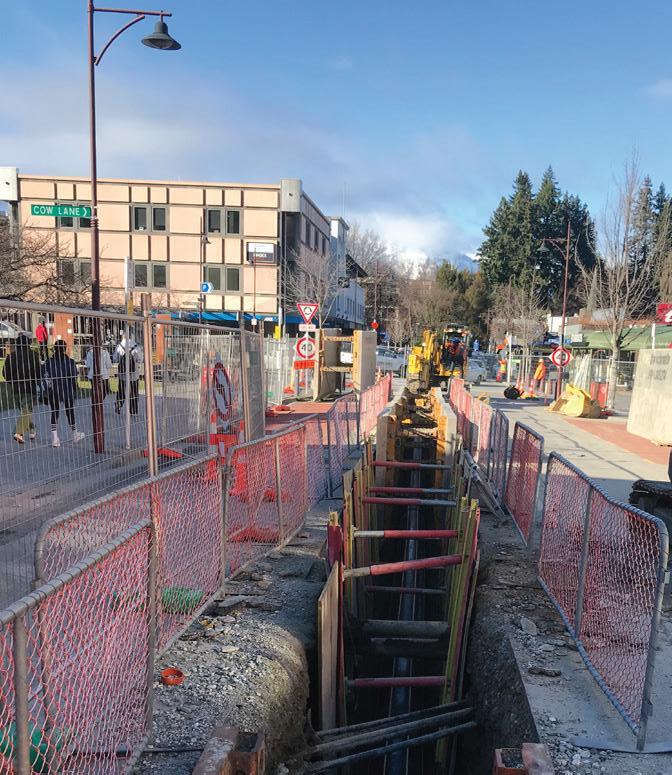
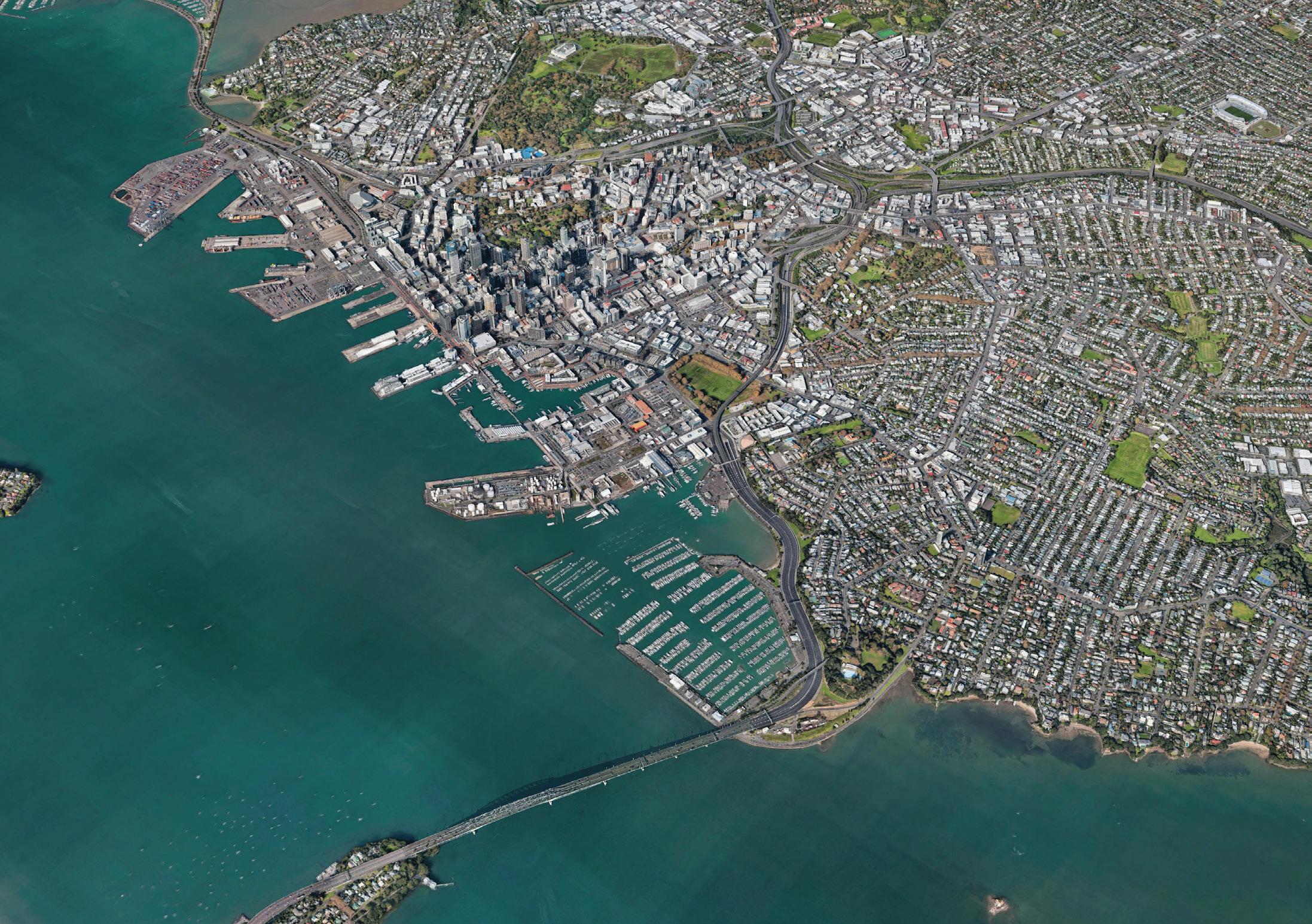
MARCH/APRIL 2023 WATER NEW ZEALAND 53
‘Rainfall Rescue’ data enters official precipitation records
 By Justin Jacques, editor of Stormwater Report and a staff member of the Water Environment Federation.
By Justin Jacques, editor of Stormwater Report and a staff member of the Water Environment Federation.
In March 2020, as billions of people found themselves suddenly stuck indoors in the shadow of the then-new coronavirus pandemic, University of Reading (Berkshire, England) climate scientist Ed Hawkins saw a unique opportunity. The U.K. Meteorological Office had just scanned and made publicly available approximately 300 years of archived, handwritten rainfall observations dating as far back as 1677.

However, without manual transcription of these approximately 5.2 million datapoints, they were of little use to researchers interested in long-term analysis.
Hawkins recognized that despite covering a significant breadth of time and geography, the written observation sheets each followed a standardised, 10-year format that allowed for easy comparison between them.
With only basic instruction, the task of transcribing the massive number of measurements could be completed by just about anyone. And with more people at home and in need of distractions than ever before, the likelihood of finding willing transcribers was high.
Hawkins established a project titled Rainfall Rescue on the popular citizen science website Zooniverse on March 26, 2020, asking volunteers to help build a searchable database of UK weather observations from 1677 to 1960. By April 10, more than 16,000 volunteers had helped Hawkins transcribe the entire archive.
Two years later, a recent paper by Hawkins about Rainfall Rescue published in the Geoscience Data Journal describes that approximately 3.34 million new observations had successfully passed a rigorous quality control process and become part of the UK Meteorological Office’s official record of historical precipitation.
The additional data extends the continuous record of precipitation in the UK, Ireland, and the Channel Islands back 26 years from 1862 to 1836 – and even earlier in some areas.
“I am still blown away by the response this project got from the public,” Hawkins said in an April 2022 statement about the campaign. “Transcribing the records required around 100 million keystrokes, yet what I thought would take several months was completed in a matter of days.”
Ensuring quality among quantity
After Rainfall Rescue, the next task was to arrange, contextualise, and quality check the transcriptions, transforming raw data into chronological records for more than 6000 locations. Part of this quality assurance process was built into the initial transcription effort, Hawkins described.
Each handwritten observation was transcribed by at least four volunteers to ensure accuracy – if at least three volunteers agreed on a measurement, it would be ‘provisionally accepted’. These
provisionally accepted values accounted for around 98 percent of all data, but even verifying the remaining two percent represented a significant undertaking.
Eight volunteers continued to work alongside Hawkins to check the accuracy and scientific integrity of the provisionally accepted values as well as reconcile differences among the remainders. This process involved, according to the study, eliminating measurements described by the original recorder as ‘estimated’ or adapted from an unconfirmable source, such as an almanac, and ensuring that the sum of monthly precipitation values equaled recorded annual totals, among other protocols.
The verified data revealed much about locally observed rainfall
54 www.waternz.org.nz WATER NEW ZEALAND RAINFALL MONITORING
An example 10 year rainfall sheet for Reading Forbury Gardens for the 1890s giving the location, county, directions to landmarks, station number, observer's name, type of rain gauge and altitude. The rainfall amounts are in inches with an annual total.
patterns across the British Isles before national meteorological organisations began systematically measuring precipitation in the 1960s.
For one, contemporary data maintained by the UK Meteorological Office suggested that May 2020 was the driest May in the country’s history. The new data indicates that May 1844 was even drier, receiving about 1.3mm less rainfall.
The driest full year in UK history was previously thought to be 1887; now, it is believed to have been 1855.
“As well as being a fascinating glimpse into the past, the new data allows a longer and more detailed picture of variations in monthly rainfall, which will aid new scientific research two centuries on,” Hawkins says. “It increases our understanding of weather extremes and flood risk across the UK and Ireland and helps us better understand the long-term trends towards the dramatic changes we’re seeing today.”
The original citizen scientists
Beyond the data itself, Rainfall Rescue yielded interesting information about the rainfall observers who perhaps served as the region’s first citizen meteorologists.
The data – as well as the notes routinely left by the observers who gathered it – detail a broad range of people united by their often decades-long commitment to monitoring and documenting local precipitation.
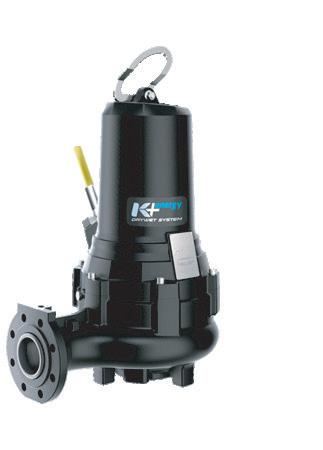
Private rain gauges were typically located near churches and chapels, schools, reservoirs, parks, railway stations, and lighthouses, in addition to private residences. They were typically monitored and maintained by individual enthusiasts or families rather than scientific groups. Perhaps even more diverse than their settings and operators, however, were the reasons provided for why periodic rainfall measurements at a particular gauge would suddenly stop.

In his recent paper, Hawkins lists some of these reasons:
• At a rectory in Kent, an observer in 1863 found their gauge “choked with a bird’s nest”
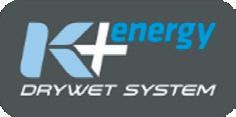
• In Eltham, London, at the outset of World War II, an observer recorded that their gauge had been “destroyed by enemy action”
• In 1951, an observer noted that a gauge on the grounds of a South London mental hospital had been “hidden by inmates”, interrupting recordings for three years.
• Gauge recordings suddenly stopped at a home in West Ayton, Yorkshire, after the observer reported that they were “too old to bother now”.
Read the full, open-access paper, “Millions of historical monthly rainfall observations taken in the UK and Ireland rescued by citizen scientists,” in the Geoscience Data Journal: bit.ly/3Ss1Cm2

MARCH/APRIL 2023 WATER NEW ZEALAND 55
Heads down, cutterheads turning–

The Central Interceptor project prepares for its busiest year
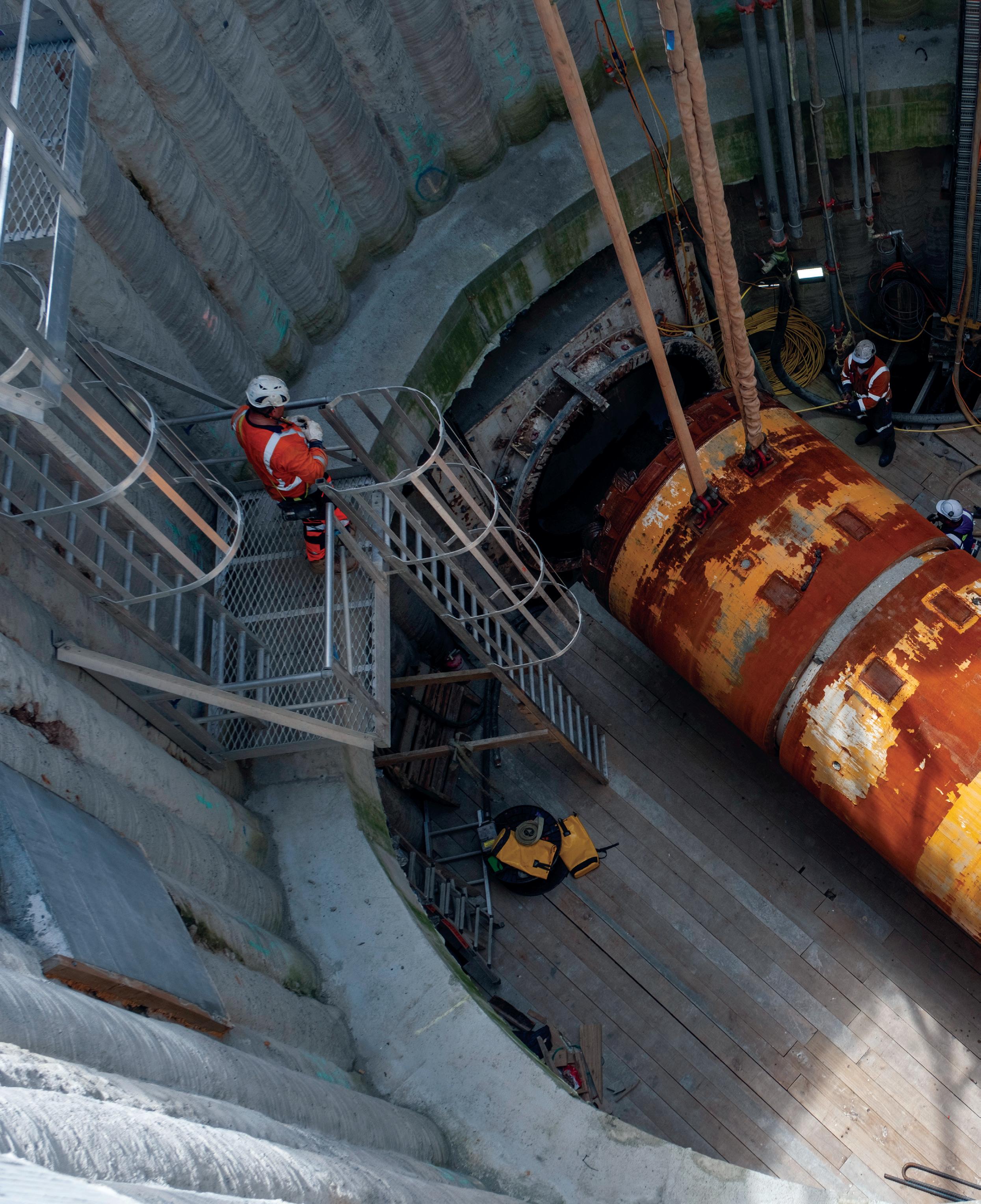
56 www.waternz.org.nz
WATER NEW ZEALAND WASTEWATER
The past two years have presented the Central Interceptor project with many challenges but finally, there’s a positive issue to keep everyone focussed: a 12-month calendar that’s bursting with activity. Watercare gives an update on the massive project.
This year looks to be the Central Interceptor project’s busiest year, with 500 staff and 16 sites operating across Auckland as the giant wastewater tunnel project reaches peak flow.
Key milestones have been reached: Hiwa-i-te-Rangi successfully crossed the Manukau Harbour in December 2022, a month ahead of schedule. And in November, the micro-tunnel boring machine, Domenica, successfully completed the longest drive of the project (1212m) as she builds link sewer C. Many boxes have been ticked.
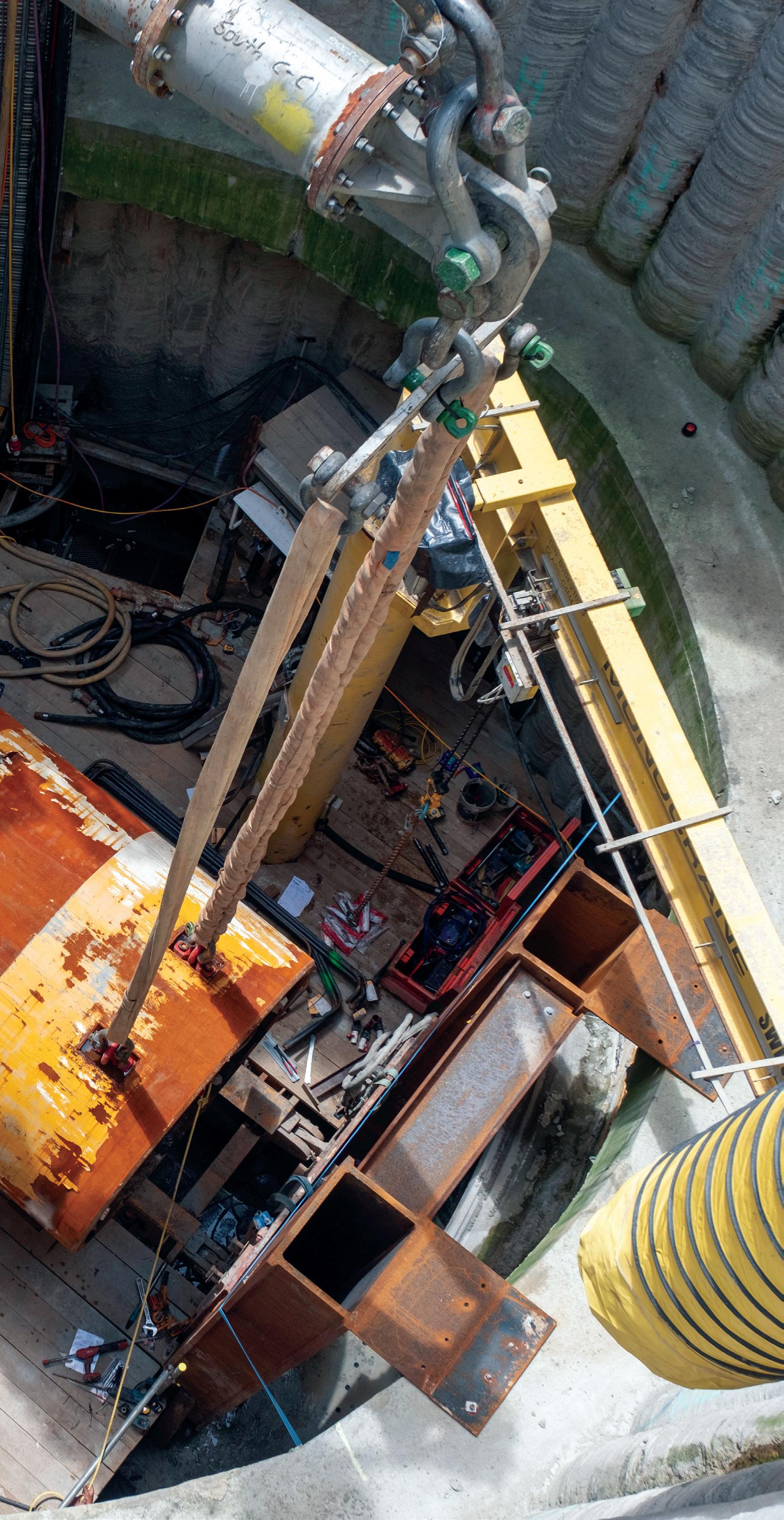
Watercare Central Interceptor executive programme director Shayne Cunis is feeling positive: “If you compare endof-year-photos of myself and Francesco Saibene, the Abergledie JV project director, taken 12 months apart, you’ll see two very different images. This time we were relaxed and smiling, the year before we were gaunt and exhausted from the stress of dealing with Covid-19 pandemic, supply chain issues, and all the fun things that were thrown at us.
“Now we’re in a good place. Hiwia-i-teRangi has travelled 4.3 kilometres since she left the Māngere shaft in August 2020, and it’s taking tunnellers almost an hour to reach the TBM via locomotive. The journey north to central Auckland is well underway.”
Soon Hiwa-i-te-Rangi will pass under the Hillsborough Ridge – at 110 metres this is the deepest section of her entire 14.7km underground journey. While this is not expected to present any issues for tunnelling, there is the chance of encountering high groundwater pressures.
The 200-metre-long Herrenknecht Earth
MARCH/APRIL 2023 WATER NEW ZEALAND 57
Domenica has begun tunnelling again to complete the final 310 metres before beginning work on link sewer B later this year. This will run from a site next to Mount Albert Memorial to Rawalpindi Reserve and will be completed before the end of 2023.
Pressure Balance TBM was chosen because it can deal with soft, cohesive soils and has been specified, designed, and equipped to handle up to nine bar of pressure.
The undersea section was completed smoothly without incident in December. Michele Petris, Ghella Abergeldie JV tunnel manager oversaw the operation, which began with an inspection of the 5.4m diameter cutterhead before the TBM left the shoreline at Māngere Bridge.
“Once tunnelling under the sea began, we had to keep going 24/7 without any hold-ups, so just before we started, we inspected the cutterhead,” she says.
“We knew the soil structure would change half-way across the harbour from sandy silt to firmer East Coast Bays Formation, so we swapped more than 30 cutting titanium discs for rippers for maximum efficiency.”
It’s the third time Michele has tunnelled under the sea, the last time was during the Sydney Metro project. But reaching the other side safely never gets old.
“We tunnellers are very superstitious. We know what we’re doing, we’re very experienced but it’s still a relief to complete this undersea section. And it meant we could all return home to Italy and elsewhere to see our families for Christmas!”
As the tunnel lengthens, the difficulties associated with emergency evacuations and rescues increase.
Accordingly, the shaft at Pump Station 23, Hillsborough, has a specially designed emergency egress point, with a ladder. The tunnel lining also has an emergency dropdown hatch.
The Central Interceptor is the only Kiwi project to have a card identification system, which indicates where workers are located, should they become incapacitated. A maximum of 29 workers are allowed inside the tunnel at any time.
Across town, the micro-tunnel boring machine teams are smashing their goals.
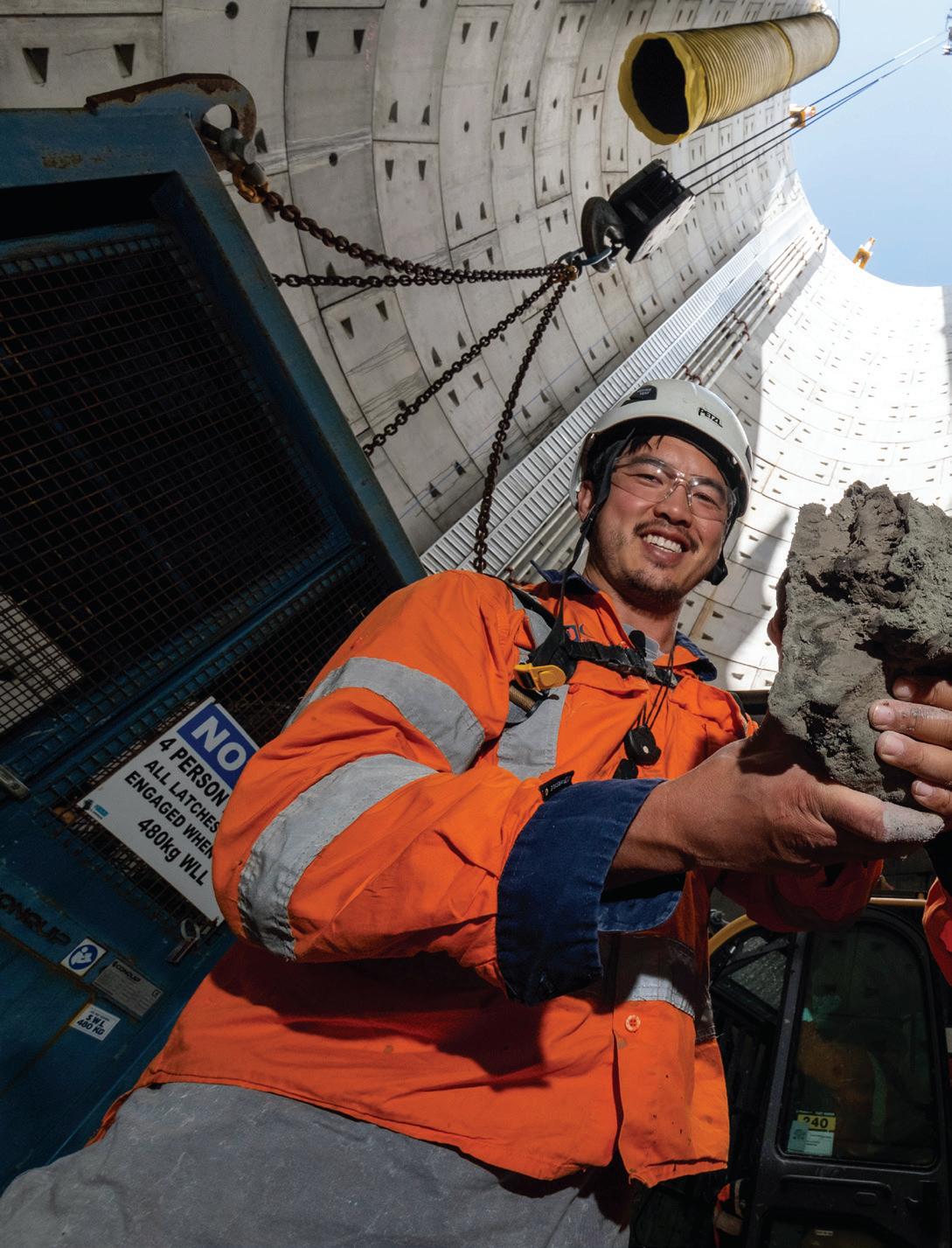
In November, Domenica broke through for the third time after successfully completing the 1212-metre drive from Dundale Ave, Blockhouse Bay to Miranda Reserve, Avondale. This, the project’s longest drive, is second only to Watercare’s Hūnua 4 pipeline (completed in July 2022), which was constructed using the similar pipejacking methods and held a southern hemisphere record for the longest single drive (1296m).
Domenica has begun tunnelling again to complete the final 310 metres before beginning work on Link Sewer B later this year. This will run from a site next to Mount Albert Memorial to Rawalpindi Reserve and will be completed before the end of 2023.
Chris McCarthny, Watercare surface & permanent works delivery manager, says the link sewer team have every right to call themselves the ‘A team’: “We’re proud of everyone involved, from the guys who build the shafts to the tunneller themselves.
“The last drive was massive because a design change meant we did away for the need of a shaft in Whitney Street in Blockhouse Bay that would have meant massive disruption for the local community.
“However, it meant a very long, curved drive for the tunnellers. You could hear the cheers in Wellington when we finished! There’ll be a few handshakes when we finish both link sewers too.”
Construction teams are building 17 shafts, often in suburban streets, close to houses. Stakeholder teams will be kept busy in coming months to ensure residents are happy.
Meanwhile concerts and sports events at Western Springs Stadium present another challenge with ticket holders walking past a shaft site.
In recent months, there have been numerous briefings with Herne Bay residents ahead of applications being lodged to extend the tunnel from Grey Lynn to Point Erin. The Watercare Board

58 www.waternz.org.nz WATER NEW ZEALAND WASTEWATER
Western Springs Māngere Wastewater Treatment Plant Mt Roskill Greenlane Mt Eden New Lynn Onehunga Ambury Park St Lukes Shopping Centre Manukau Harbour Auckland Zoo Sky Tower Auckland Airport Haycock Avenue Dundale Avenue Miranda Reserve May Road Keith Hay Park Frederick Street Walmsley Park Haverstock Road Lyon Avenue Mt Albert War Memorial Reserve Norgrove Avenue Rawalpindi Reserve Central Interceptor Main construction site Construction site Tawariki Street Grey Lynn PS25 Puketutu Island Pt Erin, Herne Bay Central Interceptor route map.
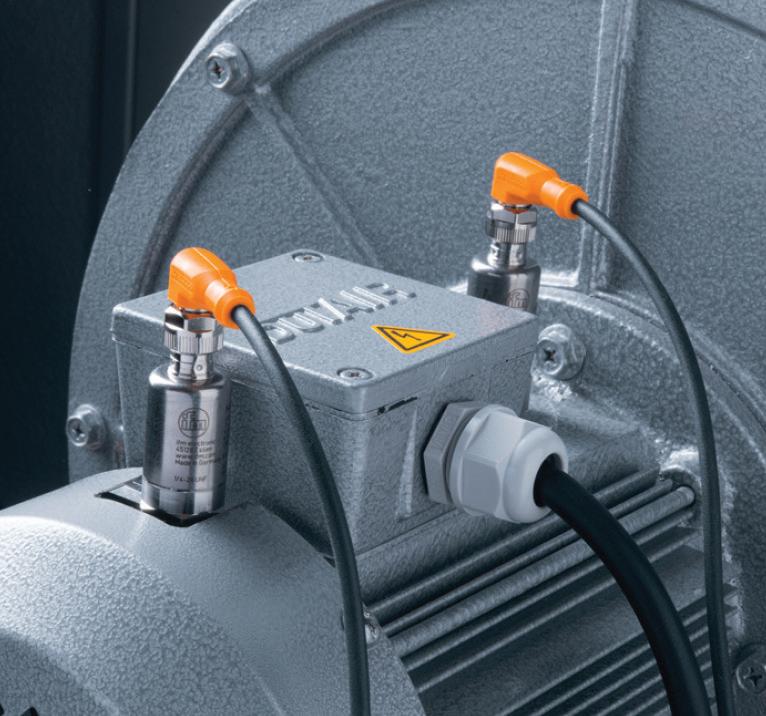
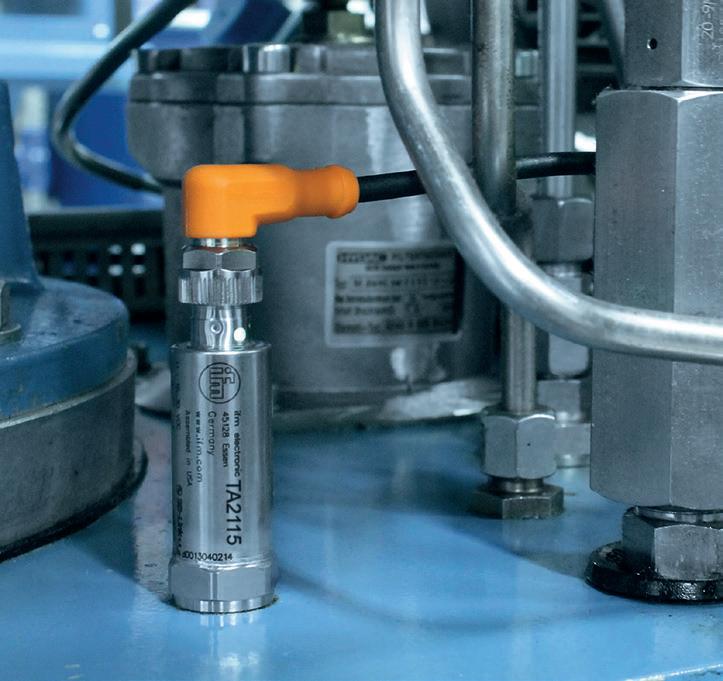

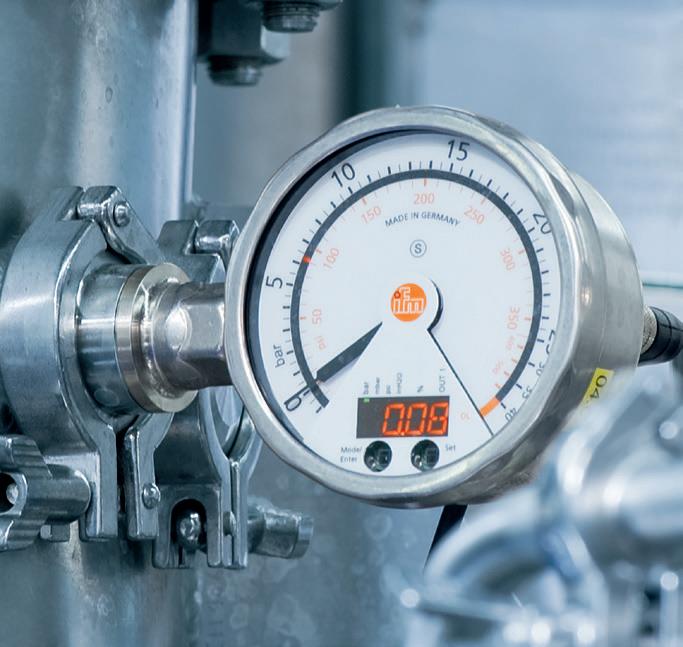
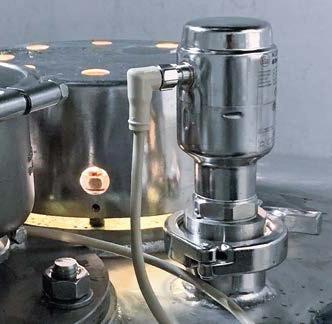
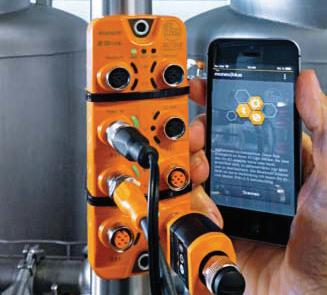



MARCH/APRIL 2023 WATER NEW ZEALAND 59 WATER METERS PRESSURE TEMPERATURE VIBRATION MONITORING RADAR LEVEL CONTROL BLUE TOOTH IO-LINK COMMS ifm offer the most comprehensive range of industrial digital sensors & fieldbus interface modules available today - ex-stock NZ! IP69k, IO-Link (Digital) technology is now used in the most advanced WT & WWT plants, globally. German quality - supported by local engineers. Time to upgrade? years WARRANTY on ifm products www.ifm.com/nz ph: 0800 803 444 Sensors ifm_WaterNZ_Jan_2022.indd 2 21/12/21 9:58 PM
Geotech inspection at Mt Albert shaft – one of 17. Central Interceptor staff help clear out flooded office at Mangere site Jan 2023.
WATER NEW ZEALAND WASTEWATER

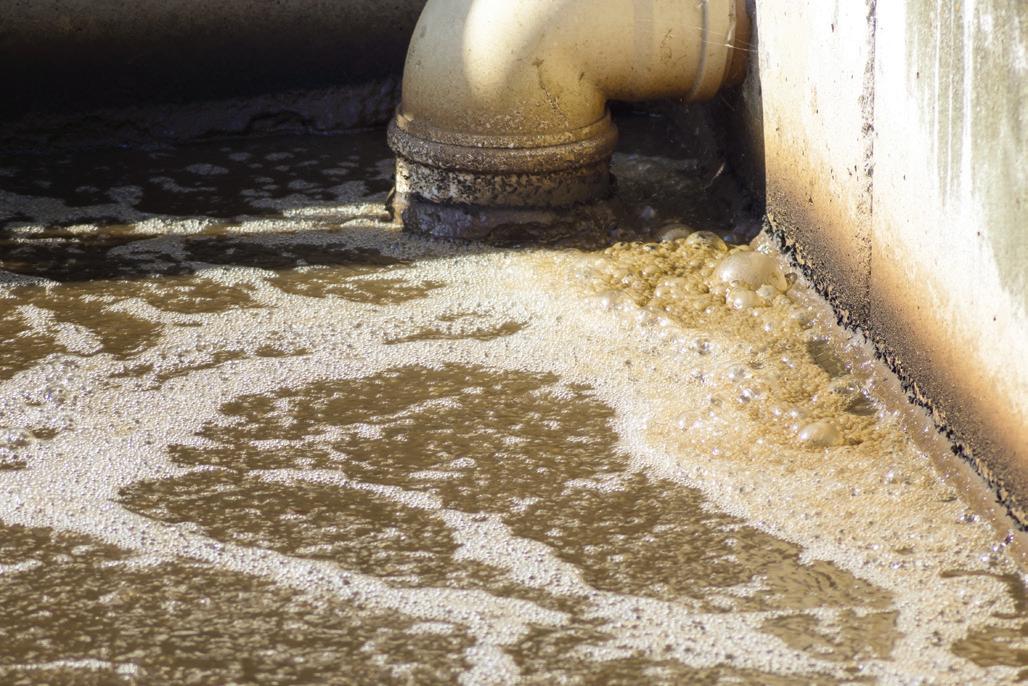
The project is now expected to be completed in 2026. The May Rd, Mt Albert south section of the Central Interceptor tunnel will be operational ahead of that deadline.
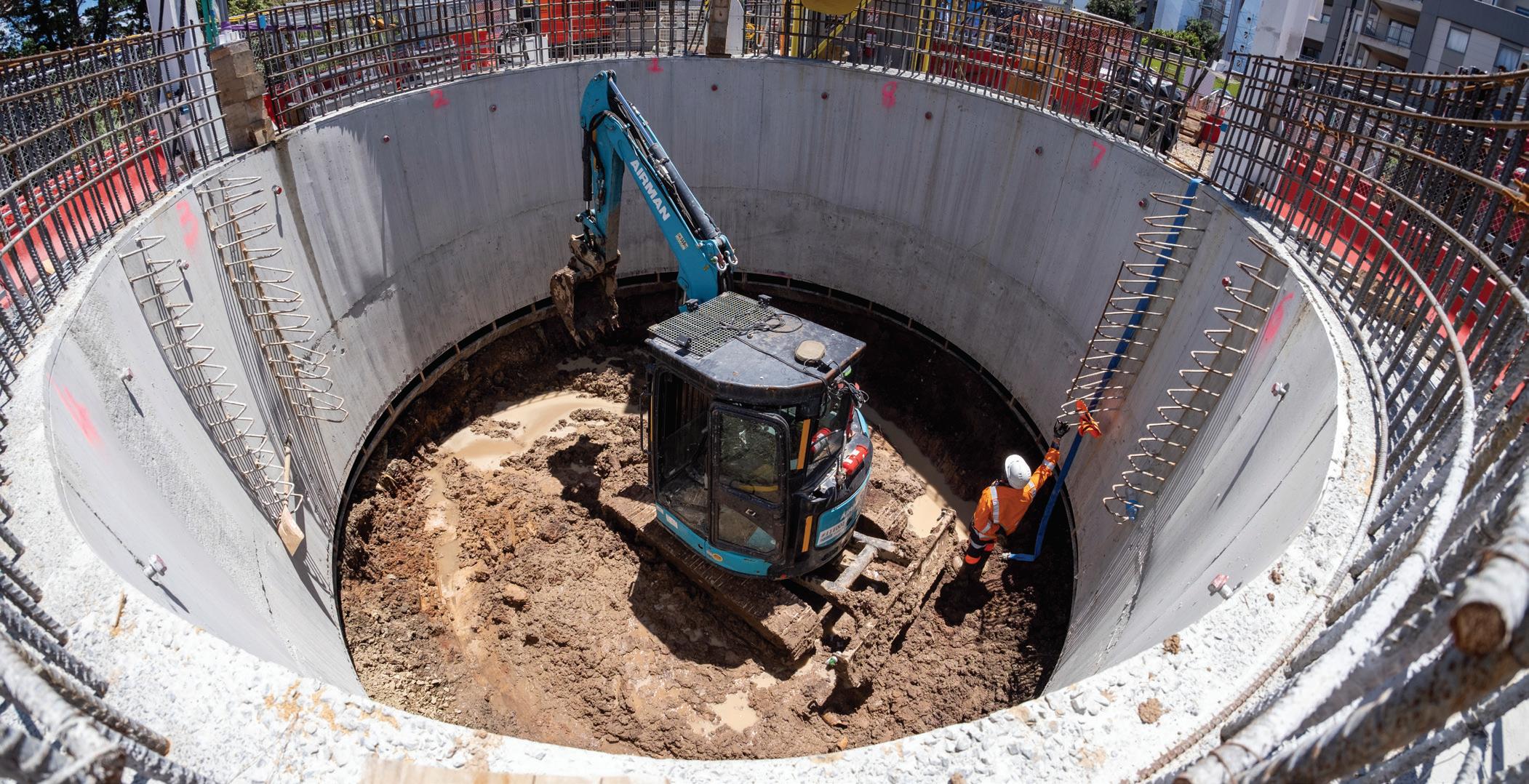
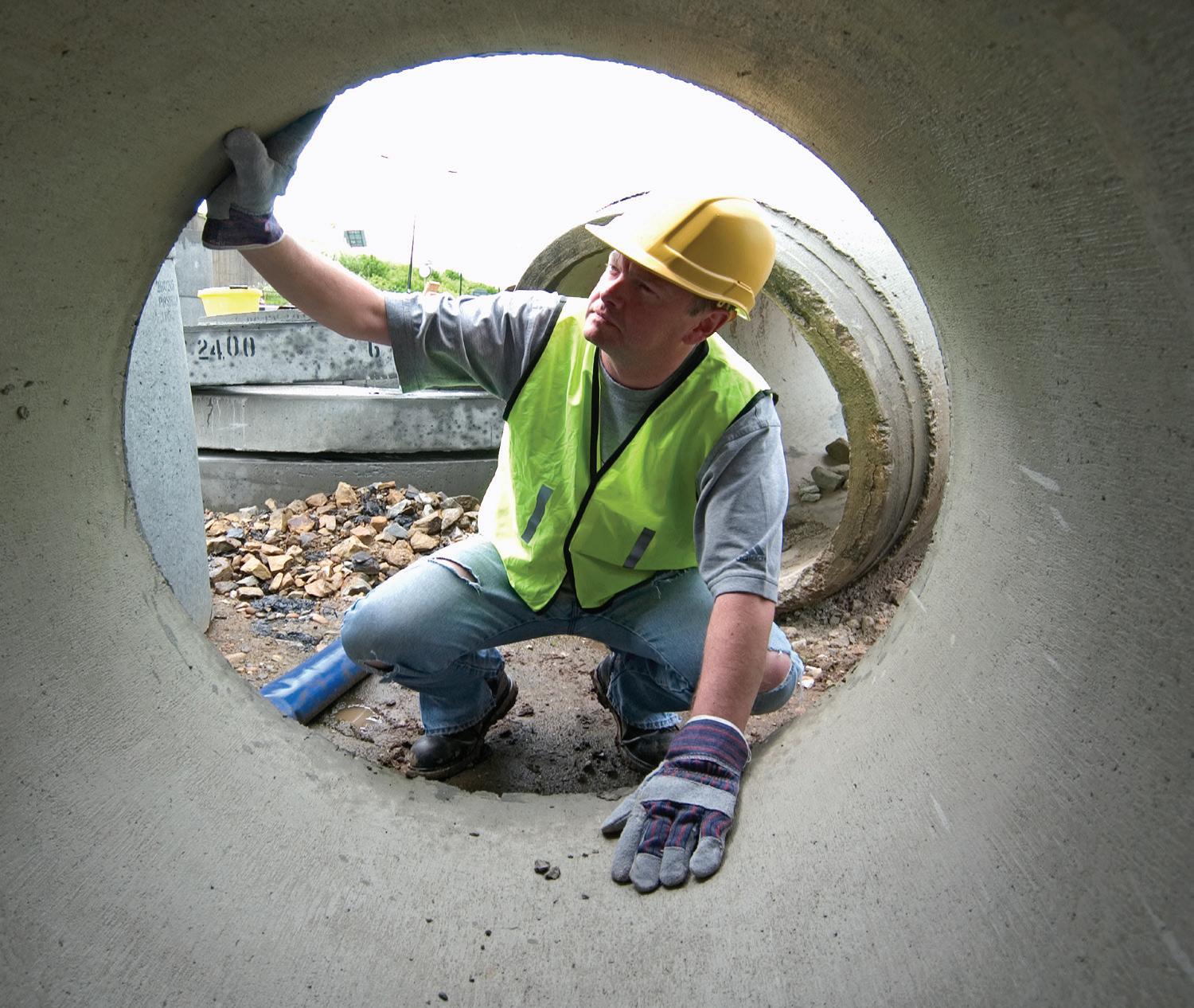
With so much activity, there’s a continued focus on safety.
“We carried out a full-scale drill involving emergency services at our Māngere site last year. These drills will continue to ensure our systems, processes and equipment continue to meet our requirements in case of an emergency”, says Shayne.
“Our number one goal has always been and will always be getting


Excavation of a caisson shaft in Lyon Ave, Mt Albert.
everyone home safely at night.”
With so much going on, you’d think Shayne might go home for a quiet cuppa each night. Instead, in his spare time, he’s doing pool laps, hitting the streets or pedaling on his wind trainer: Ironman competitions are his passion.
The re-opening of the borders allowed him to compete in Portugal at the end of last year. He’s aiming for at least two more events this year: “I had knee surgery at the end of 2021 and that allowed me to compete in Cascais, now I’m aiming for Ironman NZ in March, an event in Aussie in May, and after that, we’ll see what my body allows me to do!”
Antimicrobial Crystalline Technology




P:
E:






Ideal for pre-cast & cast-in-place concrete

• Added to the concrete at �me of batching
• No need for liners and coa�ngs
• Saves �me in produc�on and installa�on
60 www.waternz.org.nz
C500
H2S T E WATER ANAEROBIC Moisture CONDITIONS
TREATED CONCRETE
For maximum protection of concrete in severe sewage conditions
H2S H2S H2S H2S H2S H2S
C500
2. HYDROGEN SULPHIDE PROTECTION
1. KILLS MICROBES
6. SULPHATE RESISTANCE
3. PREVENTS INFILTRATION & EXFILTRATION
5. ACID RESISTANCE
07 575 5410
• Extends the service life of concrete in wastewater structures info@demden.co.nz
demden.co.nz
together with Auckland Council decided on the extension, which will allow flows from Herne Bay and parts of St Marys Bay to be taken to Māngere Wastewater Treatment Plant for processing.
It is indeed a busy year ahead for everyone.
When every drop counts

For over 90 years ADR has been there for New Zealand water authorities and Councils with our fieldsmart technology.


From metering to control systems to pump controllers, we offer insight and expertise in the technology that helps you manage water and waste water to a high standard, with resources that are always limited. www.adriley.co.nz

Massive irrigation
Contractors are nearing completion of the Waimea Irrigation Dam; a towering piece of construction the likes of which has not been seen in this country for many years.
By Richard Silcock.
Fulton Hogan, in a joint venture with Taylors Contracting, is constructing the massive Waimea Water storage dam on the Lee River near Brightwater, Nelson. The river’s headwaters are in the Mt Richmond Ranges between Nelson and Marlborough.
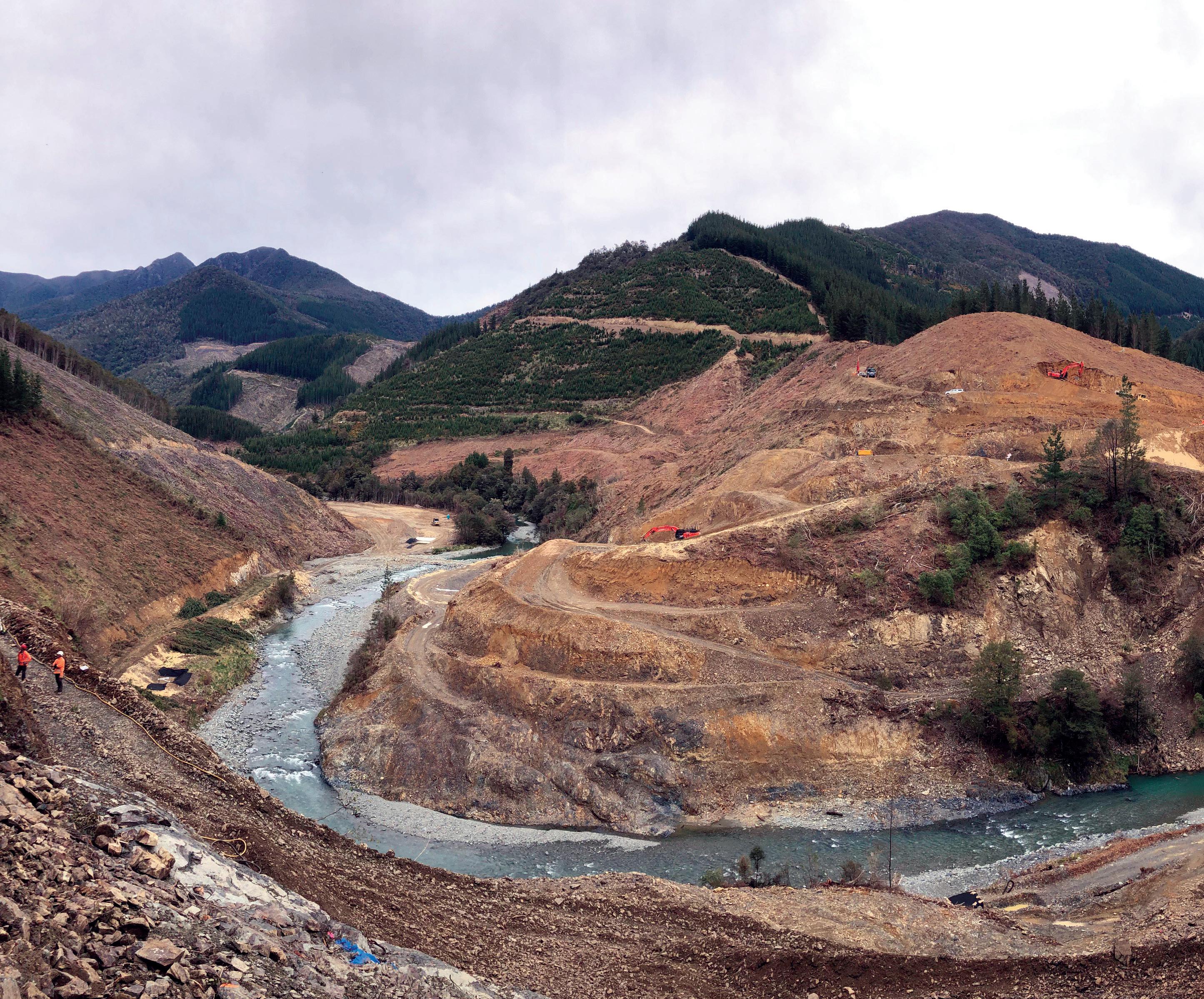
It is the first concrete faced, rock-fill dam to be built in the country in over 25 years and is being constructed for the purpose of collecting and storing river water over winter, before releasing it to provide much needed irrigation for commercial orchards, vineyards, horticulture and the local community during the dry summer months.
The client, Waimea Water (a company jointly owned by Tasman District Council and Waimea Irrigators, established in 2018 to manage the construction, operation and maintenance of the dam) assigned the $200 million project to the JV in late 2018, with the physical works starting in March 2019. It is expected to

62 www.waternz.org.nz WATER NEW ZEALAND INFRASTRUCTURE
dam takes shape
be completed around September this year.
Chief executive for Waimea Water, Mike Scott says the dam is a significant infrastructure project and when operational will secure and supply water over the next 100 years.
“Everyone living in the Waimea Plain triangle between Richmond, Brightwater and Mapua rely on the Lee, Waimea and Wairoa River systems for their water supply, including drinking water.
“However, over summer, this can be severely affected by severe drought. By collecting water over the wet winter period and storing it will allow for its controlled release over the drier summer period.”
A number of locations were investigated before a decision was made to proceed with the Lee Valley site. The initial geotechnical investigations, concept and design for the dam was carried out
by Tonkin+Taylor consultants and the ongoing construction supervision and additional design work is being done by Damwatch Engineering.
The four-and-half-year project commenced with works to create access to the site, which is situated in steep forested terrain. This involved widening a five-kilometre forestry access road, clearing forestry from the site, sluicing the various surrounding cliff faces to remove loose rock, shotcreting, benching and soilnailing the surrounding cliffs, constructing abutments, and diverting the river to one side of the valley to enable excavation of the river bed for constructing the dam foundations.
The concrete box diversion culvert has been designed to carry both normal and flood flows. So, while initially constructed to divert the river for the dam build, it will also act as a permanent outlet along with the spillway should the reservoir level exceed

MARCH/APRIL 2023 WATER NEW ZEALAND 63
capacity and it will also allow a regulated and constant flow of water beyond the dam at all times to keep the downstream river flowing.

Work on the dam itself commenced in early 2020 and Matt Taylor, operations manager with Taylors Construction, says that with over 140-180 people on site, it involved dividing the project into a series of work-streams with each team responsible for particular components of the construction.
“Once the river was diverted, a coffer dam built and the earthworks completed we were able to construct a large concrete box diversion culvert into which the river was again re-diverted. This allowed us to commence building the dam foundations,” says Matt.
“As the geology of the site is essentially fractured greywacke with multiply shear zones and a seismic fault line, a considerable amount of work went into constructing the deep foundation on which the dam sits.”
Matthew Loach, Fulton Hogan’s construction manager for the build, says this involved deep piling; huge amounts of structural concrete being poured and a stepped large plinth slab constructed the width of the dam.
“A grout curtain, which runs through the plinth and is 40
metres deep provides a water-tight connection between the ground, the dam foundation and the dam facia slab. The grout curtain was constructed by pumping grout through more than 750 bores in the sub-strata.
“The concrete facia of the dam on the upstream side, which is the water retaining side of the dam reservoir, consists of 400mm thick reinforced concrete that required 800 tonnes of steel reinforcement and over 3800 cubic metres of concrete to construct.
“We built this face using a slipform method of construction which minimised the need for any joins in the sloping structure.
“For the downstream side of the dam a rock embankment has been created consisting of three rows of rock anchors and layers of shattered hard rock laid up to one metre thick and retained by reinforcing bars and mesh curtains tied it back to the rock anchors.”
Around 250,000 tonnes of rock aggregate for fill and 200,000 tonnes of concrete was brought in from the Wairoa and Appleby quarries in the Tasman region to supplement the onsite quarried rock, with the Appleby, Wairau River Quarry in Marlborough and a quarry on the Westcoast supplying most of the sand.
“We had to maintain a steady source of supply as we were
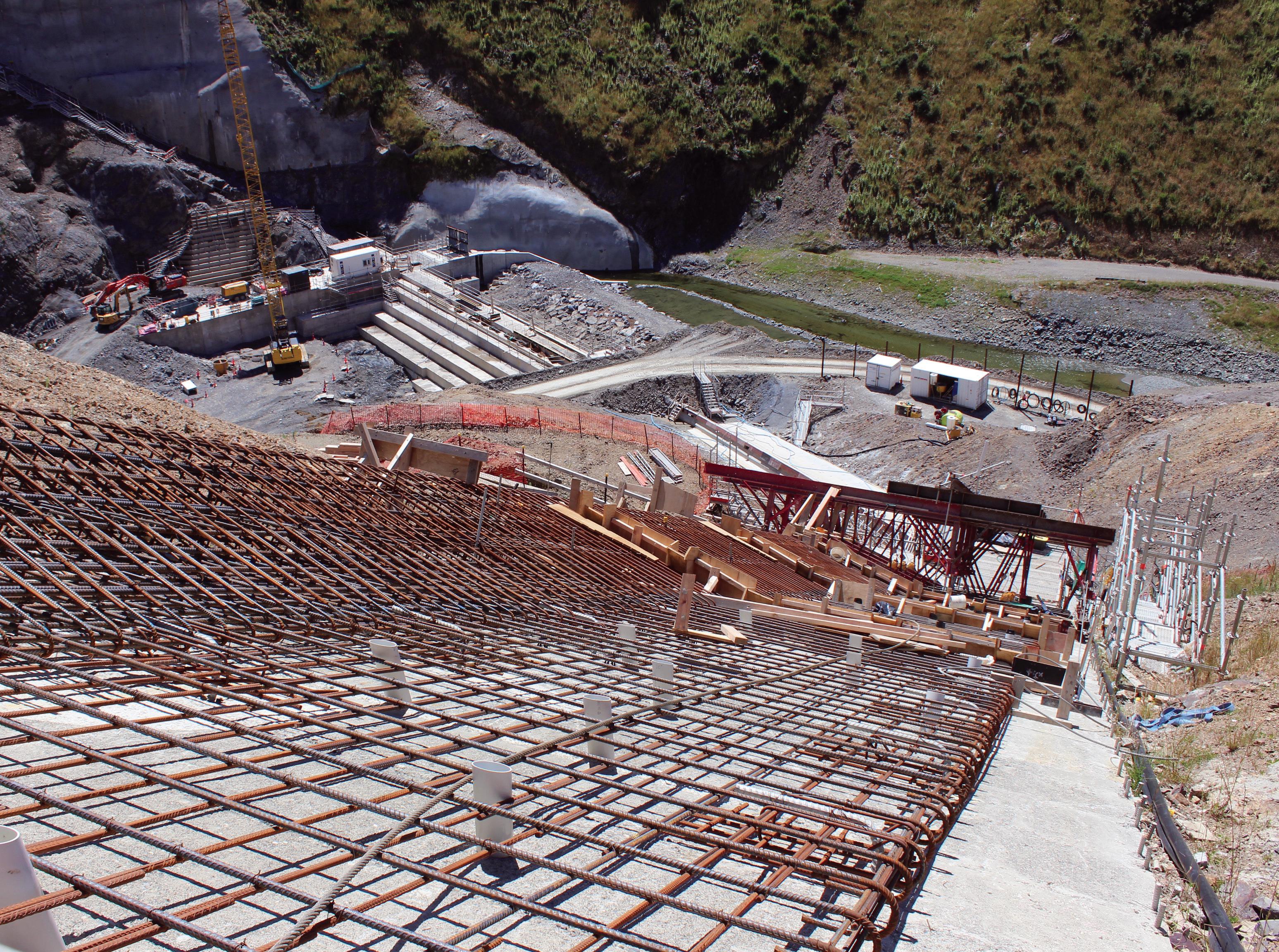
64 www.waternz.org.nz WATER NEW ZEALAND INFRASTRUCTURE



MARCH/APRIL 2023 WATER NEW ZEALAND 65
The concrete facia of the dam on the upstream side, which is the water retaining side of the dam reservoir, consists of 400mm thick reinforced concrete that required 800 tonnes of steel reinforcement and over 3800 cubic metres of concrete to construct.
doing 400-500 metre concrete pours 24/7, with a procession of trucks bringing in the sand and aggregate,” says Matthew.
The dam is topped by a vertical concrete wall which runs its entire length. This allows not only for an increase in water storage capacity, but is mainly there to protect the dam embankment from wave action created by the wind when the reservoir is at full capacity.
Work on the 50 metre long spillway, which is 30 metres wide at the bottom, is located alongside the dam and essentially built on a natural sloping rock face, is comprised of structural concrete which was poured in sections from the bottom of the spillway up to the top over a period of several months.
An integral semi-circular concrete ‘flip bucket’ at the bottom of the spillway acts to dissipate water coming down the spillway before it is ‘ejected’ into an excavated plunge pool before flowing back into the river below the dam.
Due to the shear zone bisecting the spillway approach channel, a 4000 cubic metre impermeable apron will be constructed upstream of the spillway to protect its integrity and alleviate any hydrostatic uplift.
Likewise, the plunge pool is being strengthened with a concrete apron running beneath the spillway and a concrete wall is being constructed on the pool floor to disperse the force of the water and protect the spillway from erosion.
In total, 780,000 cubic metres of rock has been used in the dam construction with some 490,000 cubic metres used for building the downstream rock embankment wall.
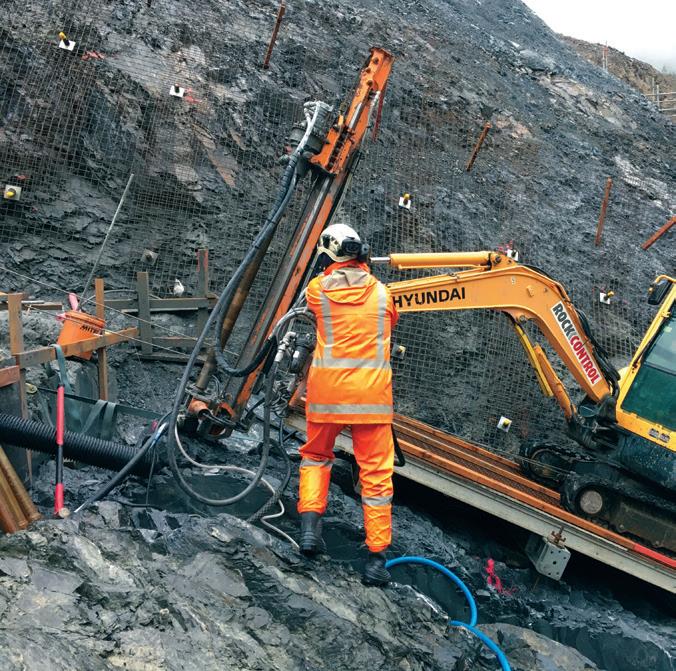
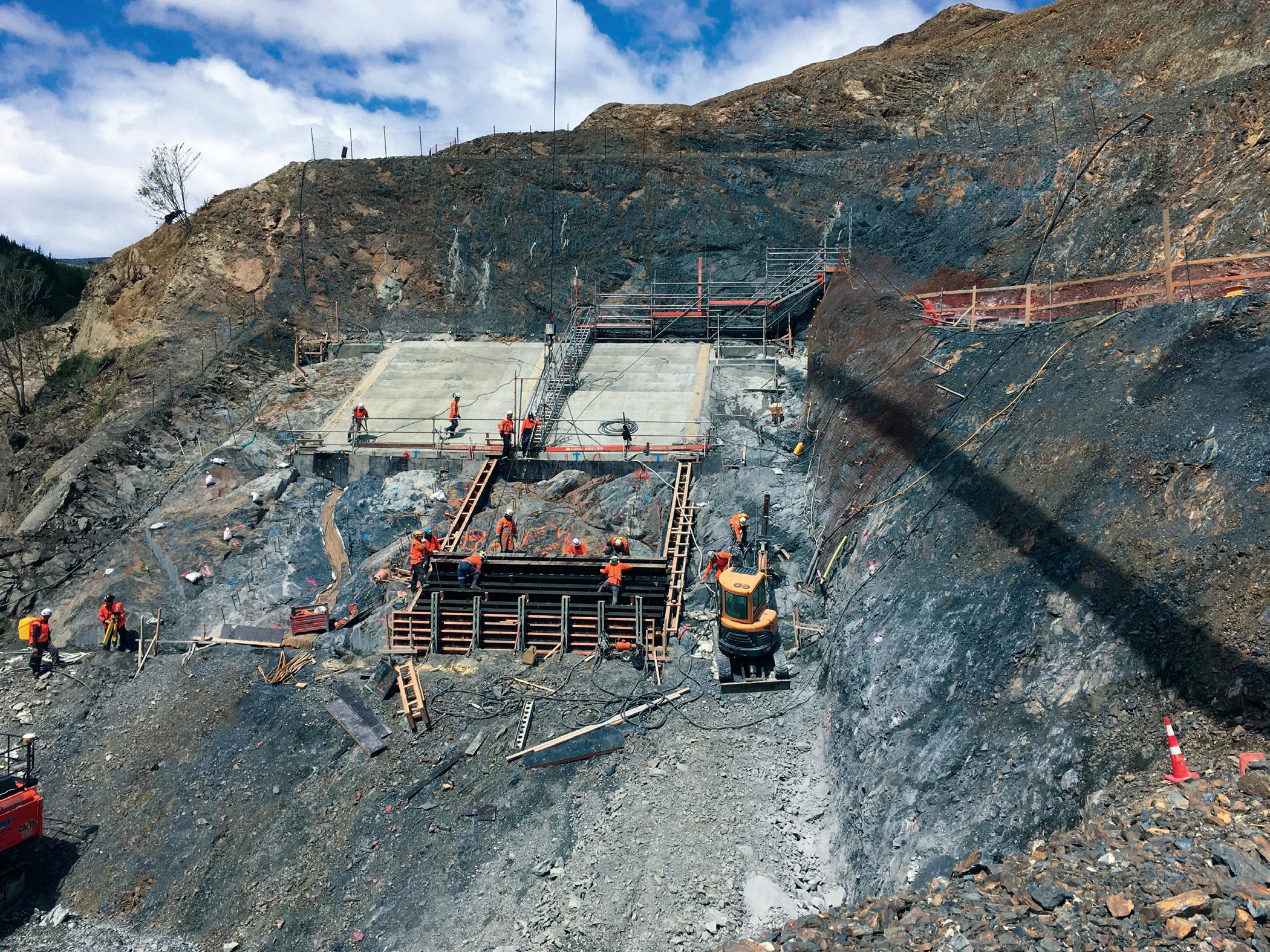
When completed the dam will be 53 metres high, 220 metres long and six metres wide at the crest. At the base it is 165 metres thick and the angle of the dam face slope is 1:1.25 horizontal.
Following completion of the dam, it is expected it will take several months to fill the reservoir, which has a capacity to store around 13 billion litres of water.
“It will depend on rainfall and river flow as we approach spring and summer, but on average the Lee River runs at around 17-20 cumecs (cubic metres per second),” says Matthew. “On this basis we can expect the reservoir will be pretty full by late December 2023.”

The dam has been designed to withstand a 1:10,000-year earthquake, with the drainage able to accommodate significant water flow in the event of damage to the dam face or rock embankment.
The Waimea Dam is being constructed amidst some local controversy over escalating costs but, there is no denying, when it is completed it will be a significant asset with the capacity to store and release water for the whole Waimea Plain over the dry summer months, ensuring a constant supply for irrigation and domestic use.
66 www.waternz.org.nz WATER NEW ZEALAND INFRASTRUCTURE
IMAGES: THE FULTON HOGAN/TAYLORS JV AND RICHARD SILCOCK.
Over 140-180 people on site, it involved dividing the project into a series of work-streams with each team responsible for particular components of the construction.
IT’S IN OUR DNA.


From design to manufacture, from consultation and installation to ongoing service support - quality, efficiency and reliability are inherent qualities in everything we do at KAESER Compressors. That means when you choose KAESER to be your compressed air partner you can be assured that you’ll be receiving a premium quality, ultra-efficient and extremely reliable blower system solution that has been tailored to meet your precise compressed air requirements.
Quality. Efficiency. Reliability. At KAESER Compressors it’s in our DNA!



MARCH/APRIL 2023 WATER NEW ZEALAND 67
0800 447 820 nz.kaeser.com
Get Started Infrastructure Training & Apprenticeships Skill-Up connexis.org.nz 0800 486 626
On-site wastewater management services:

The forgotten 20 percent
By Gareth Williams and Andrew Dakers
Since the turn of the 21st century, we have experienced the leaking homes crisis, which saw the dissolving of the Building Industry Authority in 2004 and the introduction of a licencing scheme for building designers, builders and related trades, and the Havelock North community water supply contamination in 2016 with the consequent Three Waters Reform Programme.
There are some who argue that the more than 300,000-400,000 on-site wastewater management systems (OWMS) distributed throughout the country, may result in our next national major infrastructure ‘Pandora’s box’.
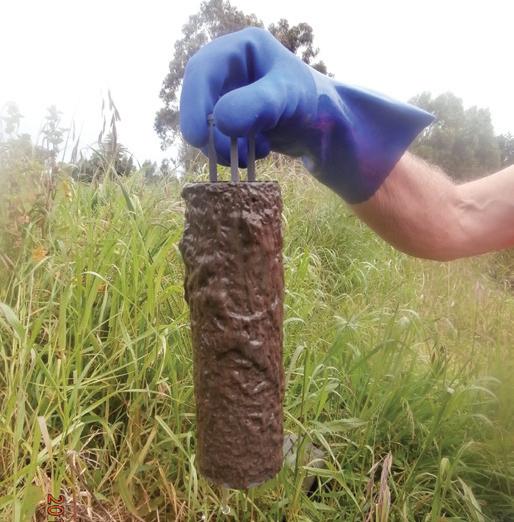
Most on-site wastewater practitioners know, very clearly, that there are significant risks associated with the on-site wastewater management systems. These include, for example, health risks to drinking water supplies, direct contact with ponded wastewater, risk of odours, cultural offence
risks, and risk to the ecological integrity and recreational status of surface water bodies.
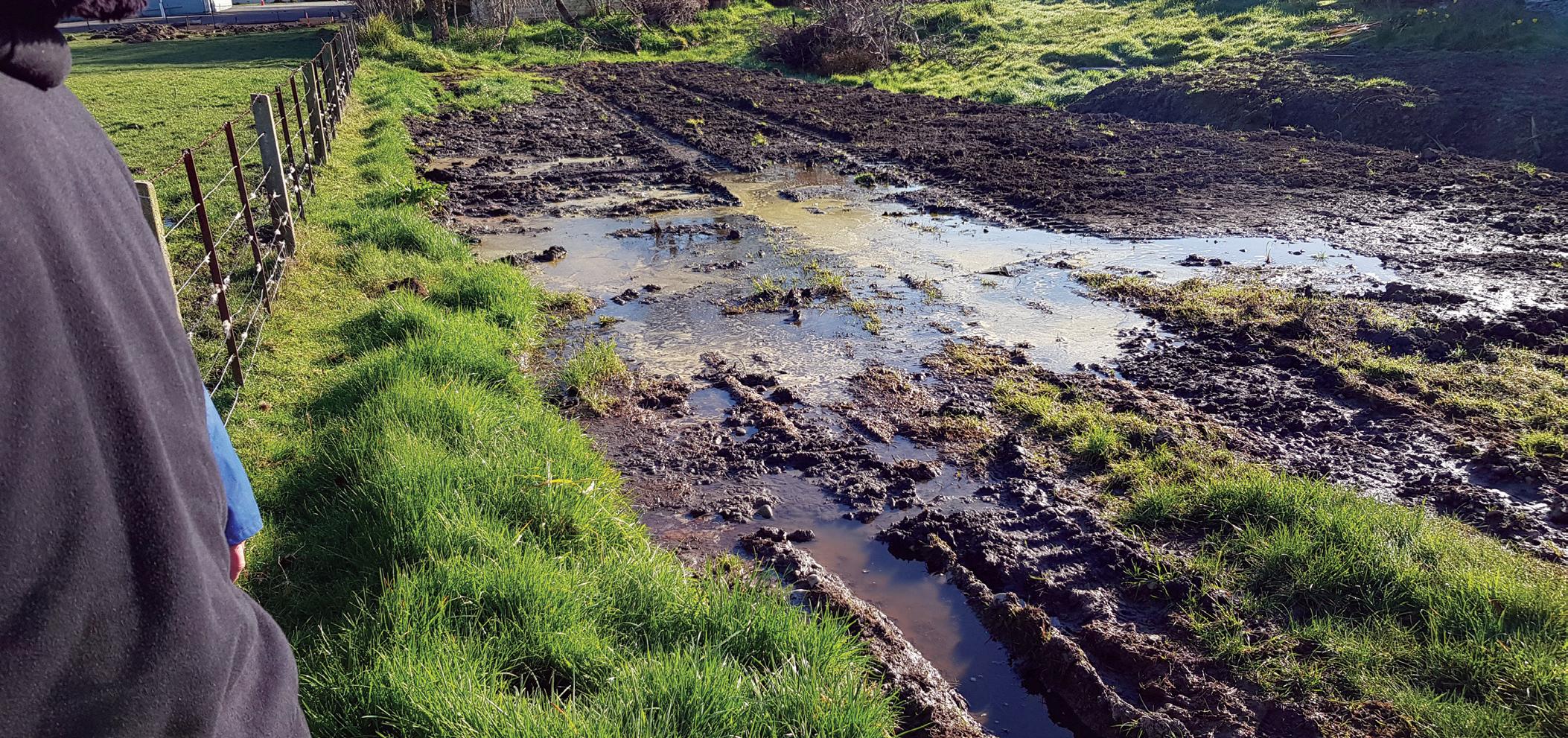
It would take only one substandard OWMS at a school, a camping ground, a marae, or a single rural dwelling, to put a neighbouring community water supply scheme at serious risk.
The OWMS industry engages a diverse number of key stakeholders. These include the property occupiers, who are often poorly informed and rely on their designer.
This designer may be independent or a staff member of a drain laying company or technology provider company and has significant influence on the technology selection and the design of the OWMS.
There are the council planners and regulators whose knowledge and experience with the wide range of different OWMS designs can be very limited.
Then there are the installers and servicing technicians, also with highly variable skills
and knowledge of the diverse range of OWMS designs they may be required to install and service.
Poorly-designed, poorly-installed, and poorly-serviced systems can often take years before issues manifest themselves.
Compared to a large municipal sewage infrastructure, an OWMS is seen as a mini infrastructure. However, the wastewater processing can be as equally complex as a large municipal system.
It is believed that 20 percent of our population relies on their own OWMS, commonly – and incorrectly –referred to as a septic tank system. This 20 percent population is equivalent to the combined population of Wellington, Christchurch and Dunedin.
Collectively, it is not a trivial infrastructure, but it has fallen through the cracks of the Three Waters Reform.
An OWMS is no longer simply a matter of putting a tank on the ground and
68 www.waternz.org.nz WATER NEW ZEALAND COMMENT
Ponded effluent due to hydraulically overloaded drip irrigation field. Insert: Blocked disc filter due to lack of regular servicing and/or poorly performing treatment plant.
expecting this to tick all the regulators’ boxes as well as provide the landowner with a low-cost trouble-free fit-for-purpose sanitation service.
An OWMS is a complex system that comprises not only of different types and designs of toilets, urinals, showering, laundry, kitchen and grease-trap technologies, but also many different designs for the physical, biological and/or chemical treatment unit(s), dosing devices and land application system designs.

Typically, a fit-for-purpose sustainable and effective OWMS requires input from competent site assessors and designers, reliable, resilient, durable and appropriate technologies and competent and experienced installers, operators and servicing technicians. And this level and diversity of OWMS provider services is required in all regions and districts throughout the country.
As the population increases with more and more peri-urban and rural development that is outside the boundary of a council sewer system, planners and regulators are not only increasing the
number of boxes to be ticked but also implementing more complex planning rules and often with limited understanding of the frontline realities.
These tougher and more complex requirements are not backed up by a more cohesive, more capable well-informed community of OWMS providers.
Failing and substandard on-site wastewater management systems are far too easy to hide (from the regulators) and are seen by many of the owners as too expensive to fix or upgrade.

Very rarely do we hear of landowners boasting that they have the top-of-the range on-site wastewater management system (OWMS) as they may with their new car, tractor, or boat.
Providing sustainable and effective onsite wastewater management systems has become not only a significant challenge to the OWMS provider industry, their WSP trainers and government research entities, but also to the newly elected Water New Zealand, Special Interest Group for onsite wastewater management systems (OWMS Group).
The group is now asking what is the appropriate and proactive role of central government and the Ministry of the Environment.
Gareth Williams is a director of GWE Consulting Engineers and chair of Water New Zealand’s Onsite Wastewater Management Systems (OWMS) Special Interest Group management committee and Andrew Dakers is a retired director and principal engineer of ecoEng and a member of the OWMS Group Management Committee
MARCH/APRIL 2023 WATER NEW ZEALAND 69
“It would take only one substandard OWMS at a school, a camping ground, a marae, or a single rural dwelling, to put a neighbouring community water supply scheme at serious risk.”
Filling knowledge gaps about on-site wastewater management systems
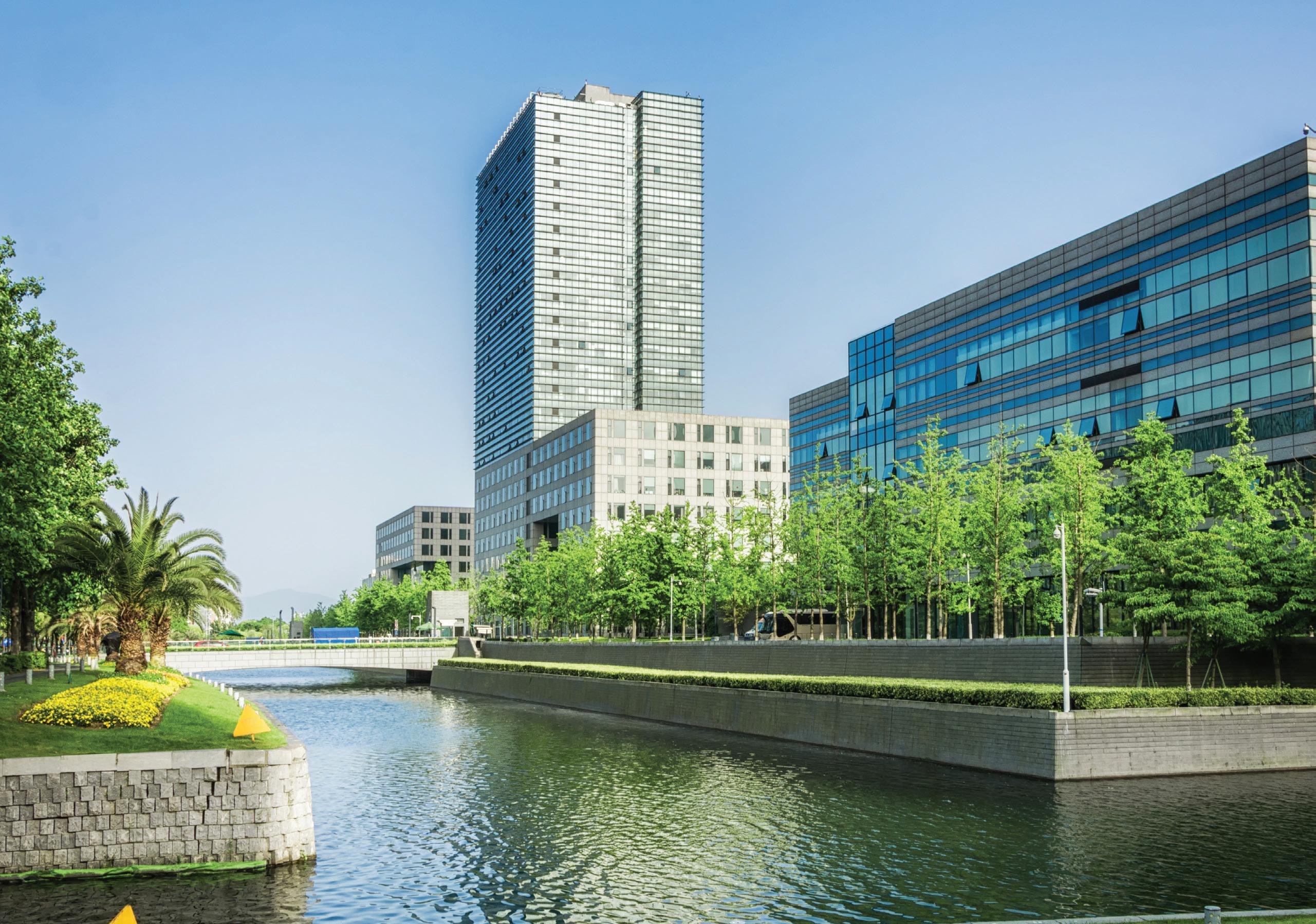
Scientists at ESR are working closely with regional councils and the on-site wastewater industry to assess the impact of On-site Wastewater Management Systems (OWMS) on public health and the environment, in particular on groundwater quality. Understanding the impact this type of wastewater management has on our groundwater quality is vital –especially when that groundwater is used for drinking water.
Councils know where recently consented OWMS are located, but for systems that pre-date resource consent requirements (pre-2000), the location and number of OWMS in a region is often unknown.
This creates issues when risk assessments for drinking water supplies are completed, particularly when that drinking water source uses groundwater in an area heavily serviced by OWMS.
There is also not enough research to determine the impact of these systems on groundwater quality and the quality of the wastewater itself for a New Zealand context.
Instead, councils and engineers typically rely on international data to estimate the wastewater quality and risks from OWMS on the surrounding environment and human health. But using international data is problematic because these data are collected from OWMS with different designs, standards, climatic conditions, and therefore different treatment capacities and discharge quality, than those commonly used here.
ESR scientists are helping generate data to fill knowledge gaps about OWMS. In collaboration with councils throughout the country and industry, ESR is contributing to the following four OWMS research areas:
1. Estimation of number and location
Canterbury-based ESR scientists, along with Environment Canterbury (ECan), are investigating how Geographical Information Systems (GIS) can be used to estimate the number and location of unknown OWMS. Information about the
number and location of OWMS will help with future risk assessments and resource management planning decisions at a regional and national level.
2. Typical OWMS wastewater quality
ESR and ECan are surveying 30 OWMS (of varying designs, ages, capacities, and household occupancy) across Canterbury to determine their chemical and microbiological composition as well as the presence of Emerging Organic Contaminants (EOCs).
3. Impact on groundwater quality

ESR scientists are monitoring groundwater quality at a domestic OWMS field research facility in Canterbury in collaboration with ECan, Hynds and industry specialists. This research will help guide efforts to improve on-site wastewater operation, maintenance and treatment, and measure the microbial and chemical contribution of the OWMS to the receiving environment.
4. Climate change implications
At the OWMS field research facility researchers in Canterbury are also exploring how fluctuating groundwater levels caused by climate change affect this OWMS and potential groundwater contamination.
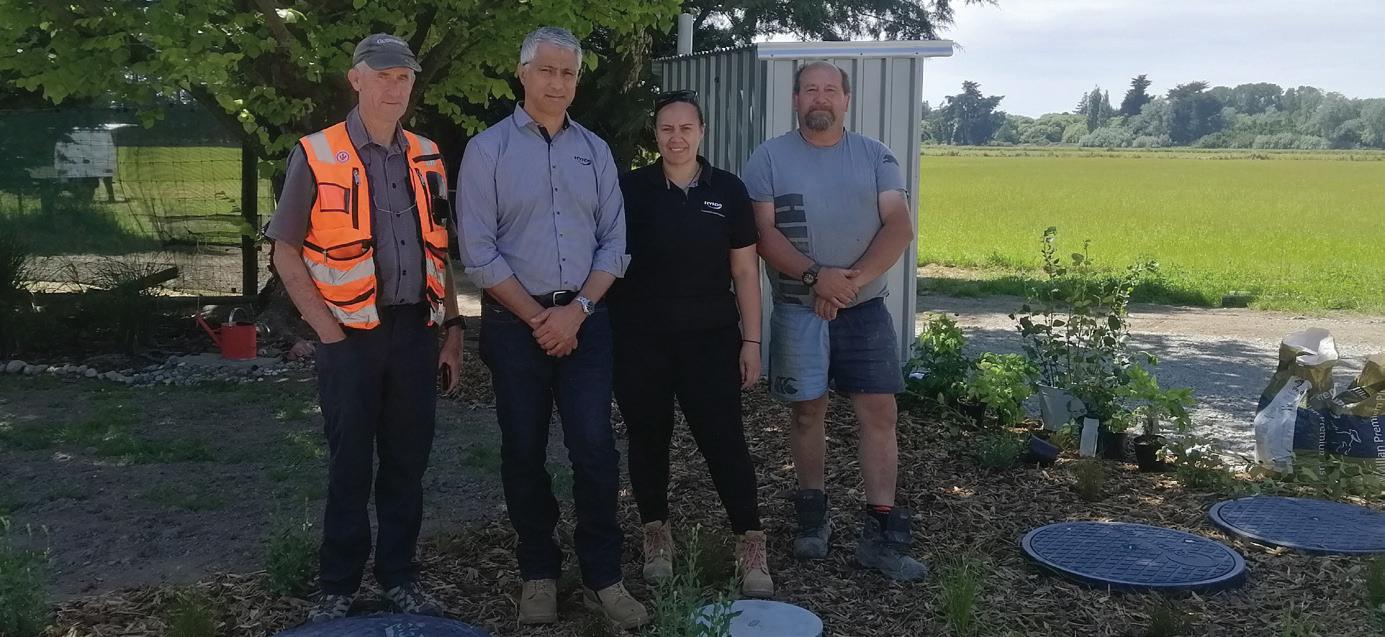
Our changing climate makes this research even more important. From droughts to intense rainfall, we are experiencing an increased frequency of extreme weather events, resulting in rapidly fluctuating groundwater levels. This increases the potential for groundwater to mix with on-site wastewater, which is a risk to groundwater drinking water sources.
Project leader Dr Louise Weaver says: “Instead of a ‘flush and forget’ mentality, ESR is helping to shine a light on the risks associated with on-site wastewater so that our communities and environment are protected and treasured as a taonga.”
Article provided by ESR.
70 www.waternz.org.nz WATER NEW ZEALAND GROUNDWATER CONTAMINATION
Members of the OWMS research team taken by ESR scientist Bronwyn Humphries. From left: Andrew Dakers (ecoENG), Michael Dawson (Hynds), Roxanne Tane (Hynds), Vaughan Ratahi (All About Sewage). The team also includes Lisa Scott (Environment Canterbury), Stacey Garrett (Waimakariri District Council), Fiona Ambury (Whiterock Consulting), Louise Weaver (ESR), and Andy Pearson (ESR).

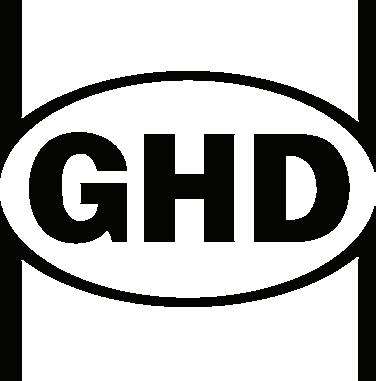

Together with our clients, we’re tackling today’s water challenges ghd.com Creating a positive future for our communities
Water tanks:
We must do better
By Jim McGibbon, Water New Zealand Backflow Group member and former chair


There is an old saying: Give a man a fish and he’ll eat for a day but teach a man to fish and he’ll sit in a boat and drink beer all day. The lesson here is that self-reliance comes with the human risk of flexibly applied selfgovernance and outright chaos.
The climate is altering to the point where predictive modelling becomes a guessing game and the need for supply continuity will be ever more pressing. It’s therefore no surprise that contingencies for homeowners will involve greywater re-use and the installation of home use water tanks across the nation.
Many new builds now feature such tanks as standard, and this trend is likely to continue.
And, as a person who has a water tank at home, I can tell you that clean water comes at a cost. My own tank is fitted with two filters and a UV steriliser because, prior to this, I had the water tested by a colleague who advised that I had an E.coli level of 16 MPN/100mL and total coliforms of >200 MPN/100mL.
I’ll be honest here and say that at this point in my career, water quality was something akin to theoretical physics to my puny brain. As I looked at her with my head cocked to one side like a dog being told about quantum entanglement, she took pity on me and said simply, “Listen, dummy, you need to boil your water. And probably burn your tank.”
Harsh, but fair.
So what’s the risk to the property owner and the public from a water tank? And why should network operators and water quality professionals be concerned?
There is a definite risk with any roof captured water. Aside from decaying vegetation making its way to the tank along with bird or rodent droppings, there is also the possibility of vermin infestation.
Metal and paint flecks from the natural erosion of roof materials are a hazard and, from wood burners or open fires, there is soot. Though discouraged, burning treated wood leaves roof deposits of toxic chemicals such as chromated copper arsenic. All of this ends up in the tanks; either your own or someone else’s.
Normally this is something that only affects the property owner/occupier, but where a top-up supply is connected to the reticulated network to ensure the tank doesn’t run dry then that network is also at risk.
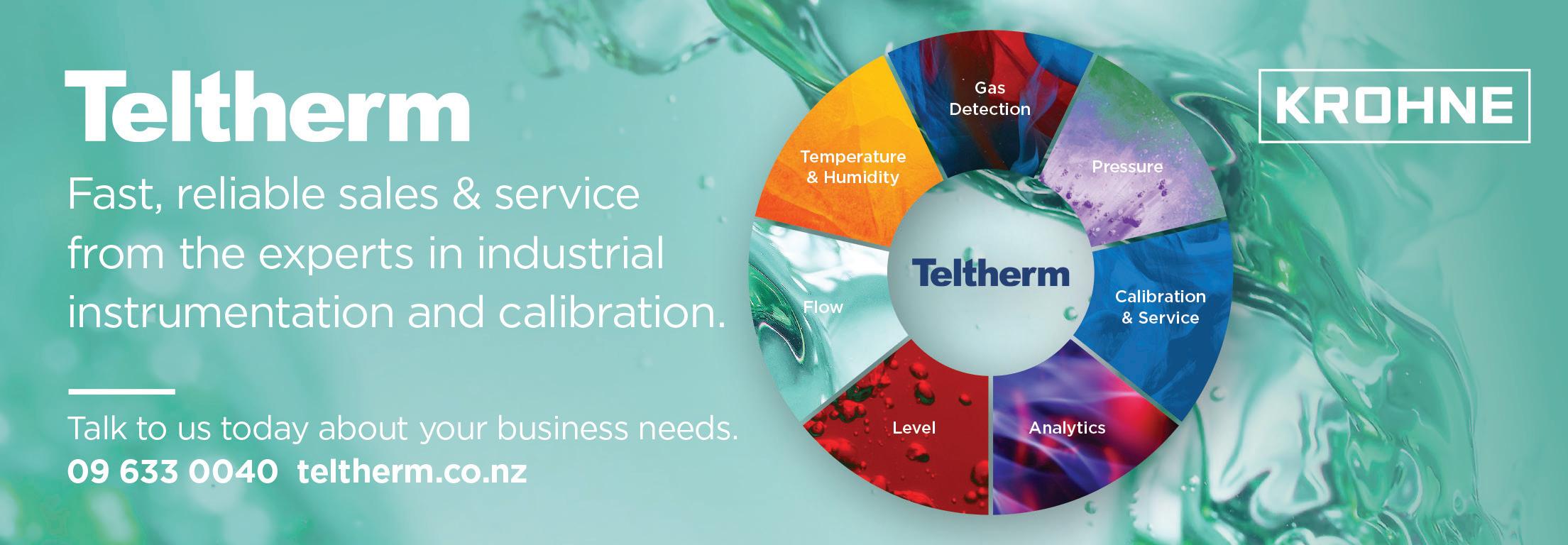
And think of this from a water quality perspective; an illness complaint from a compromised tank connected to a top up supply means that the water supplier must investigate the situation. This means cost and any investigation would have a two-tier approach.
First, there is the knowledge base. All tanks should be recorded in an appropriate and accessible database and, in an ideal world,
72 www.waternz.org.nz WATER NEW ZEALAND COMMENT
Jim McGibbon
the local council would share this with the water utility so they can capture the tanks as soon as they are commissioned.
Each tank should be assessed and passed as compliant by council and the water utility made aware of how they are connected (if at all) to the network supply. Therefore, should a complaint come from the property or adjoining properties, the tank can be pinpointed as a possible avenue for investigation.
However, some councils have simplified the consent process for tanks to the point where new tanks are no longer captured unless they are part of a brand new build. This is a worrying gap that will only grow as usage becomes more common, increasing the risk to public health.
Second, there is risk management. A registered air gap is the gold standard for protection but over time this needs to be monitored (air gaps can be compromised by ‘radical plumbing solutions’) and this simply isn’t accounted for in the Building Code. Once installed there is no follow up for ongoing compliance.
A testable backflow preventer (between the house and the tank) is also a good option but this comes with a caveat; how does it get tested once installed?
With no Building Warrant of Fitness mandated for private dwellings, there’s no legal mechanism to compel the property owner to annually test. This risk leaves the water utility with little choice other than to install a testable device at the boundary at an added cost to the property owner. Potential pressure loss can occur with this double up of devices.
Of course, annually testing the boundary device protects the public network but does nothing to help the property owner, who may still contact the water supplier with an illness complaint if their own backflow prevention option fails.
The result is, once again, a cost to the water utility to investigate and the possible erosion of confidence in the supply by the customer who falls ill.
Last year I had a call from an IQP who was installing backflow prevention between the tank and the house. His conscience told him that though he was required to install the device in that location, he knew it would not be tested as soon as he left the site. Instead, he wanted to install at the boundary where he knew that the device would be picked up annually but I advised him not to do that because this would leave him liable for any illness as he has failed to install at the source.
Like with all installs, there is a health and safety component, and the installer is ultimately the one who will be prosecuted if tragedy occurs.

Another IQP, in much the same position, installed around 300 devices over a year and then contacted each customer 11 months later to advise them that their devices were due an annual test. Only 10 customers took up the offer to have their devices retested.
So there we have it: water tanks are a known risk both to personal and wider public health and yet, like shaking our heads at a man sitting in a boat surrounded by empty bottles of beer, we are quite happy to leave them to it. We must do better.
MARCH/APRIL 2023 WATER NEW ZEALAND 73
Sustainable water management through reform
 By Justine Bennett, technical director, environment & water, and Ian Ho, engineering lead – treatment process, GHD
By Justine Bennett, technical director, environment & water, and Ian Ho, engineering lead – treatment process, GHD


Increasing environmental pressures are driving us to re-think the way we manage our water assets. Sustainability speaks to more than just carbon and environmental factors, and also includes economic, social and cultural outcomes.
These considerations have shaped the agenda for the imminent Water Reform and have influenced initial work on the transformational themes which include minimising environmental impacts: Kaaore aahuarani hurihuri (leave no footprints), providing the required skills sets through tipu o maatou tangata (growing our people), te mauri o te wai, smarter procurement, the value of water and water services, and harnessing scientific and digital solutions.
What and why of better strategic water planning
Whilst transitioning through the reform, we must keep on delivering effective water services and implementing new ways of working that will enable us to be more effective and prepared to manage change and uncertainty. This can be achieved through a strategic water planning process.
Current strategic planning processes tend to focus on asset management and capital investment cycles and the siloed processes associated with them. In the current context of historic underinvestment, planning also tends to be somewhat reactive.
To be better prepared, we need to step back, consider a wider range of perspectives and plan for the long-term to achieve intergenerational benefits.
Strategic water planning is complex and there are many factors that must be considered. Climate change and resliency, drought, fire, flood, and ecosystem stresses, aging assets, governance, regulations and funding, digital needs and community expectations are but a few of the drivers impacting how our water services will be delivered.
Strategic water planning occurs at the begining of the planning process and provides the context and line of sight linking the detailed activities from planning, through construction, to operations and maintenance back to the organisations’ goals and strategies.
Strategic water planning can be improved by looking at issues with a more holistic or integrated lense.
Better strategic planning approaches
Integrated water management is defined as a multifaceted, comprehensive and collaborative approach to addressing water management and related resource management issues across all facets of the urban, industrial, rural and environmental water cycle.
Taking an integrated approach allows decisions to be made based on a wide range of perspectives, and consideration of interdependent factors, to provide for the long-term well-being of the environment and communities without jeopardising future generations’ ability to survive and thrive. These factors are key to good long term strategic planning.
The approach should ideally be considered at a catchment scale or
perhaps as part of a structure planning process to avoid piecemeal and inconsistent site-by-site outcomes.
The ideas align well with the concepts of water sensitive design and the use of blue-green infrastructure systems which not only provide critical water service functions, but also provide opportunities for multiple social, economic, environmental and cultural outcomes that mimic natural hydrology, have positive impacts on ecosystems, incorporate mātauranga Māori, and enable improved connectivity for people and wildlife.
Adaptive Pathways Planning – preparing for an uncertain future
Adaptive Pathways Planning is a concept already explored within topics like climate adaptation and risk mitigation. A similar approach can be applied to strategic water asset planning and this approach has recently been prescribed for Unitied Kingdom water companies when updating their asset plans.
It is a continuous loop that demands a wider review of drivers and ‘what if’ scenarios and a better understanding of interactions between decisions, lead time and implementation of options. In pariticular, it sets thresholds at a point where the current solution becomes no longer viable and works back to establish trigger points to initiate action and decisions that enable an alternative solution to be provided at the appropriate time.
Closing the loop – a circular economy
We tend to think in a linear fashion, from water abstraction to disposal, but water has a natural and urban cycle which lends itself to circular economy principles.
Circular economy (CE) takes a holistic perspective on minimising environmental burden through reducing resource use, resilience, restorative solutions and cradle to cradle design principles, for example, things are designed in such a way that their components can ultimately be completely recycled or returned to the natural system in a safe, nonharmful, biodegradable form.
Most of us are in the early stages of our CE journey and wondering how we can bring its principles into our workstreams. There needs to be guidance from a national policy level, through growth planning, design construction and into operational phases. Such as legislation, policy and national guidance to set expectations; long-term planning to address future uncertainty; decarbonisation – reduction in energy use; and reuse of materials at the end of asset life.
What is next?
The water sector will need to work through a transition over the next twothree years with an eye to the future. This must be done in a manner that does not preclude the envisaged long-term transformational outcomes.
As an industry we cannot continue to do what we have always done. We need to move through an adapt, prioritise and optimise process to deliver on longer term transformation of the water sector.
74 www.waternz.org.nz WATER NEW ZEALAND COMMENT
Experience
An opto-drive-slow-release solenoid actuated diaphragm metering pump with integrated pressure monitoring, ProMinents Gamma/ X ensures smooth, accurate and repeatable dosing, enhancing your metering process.
Sigma/ X with DULCOnneX –Extended Connectivity

Connection to process control systems is made easy with traditional pulse and/or analog inputs, or optional fieldbus interfaces, such as Profibus®, CANopen, and DULCONNEX. With Bluetooth conductivity the Gamma/ X is easily programmed from your phone or tablet.

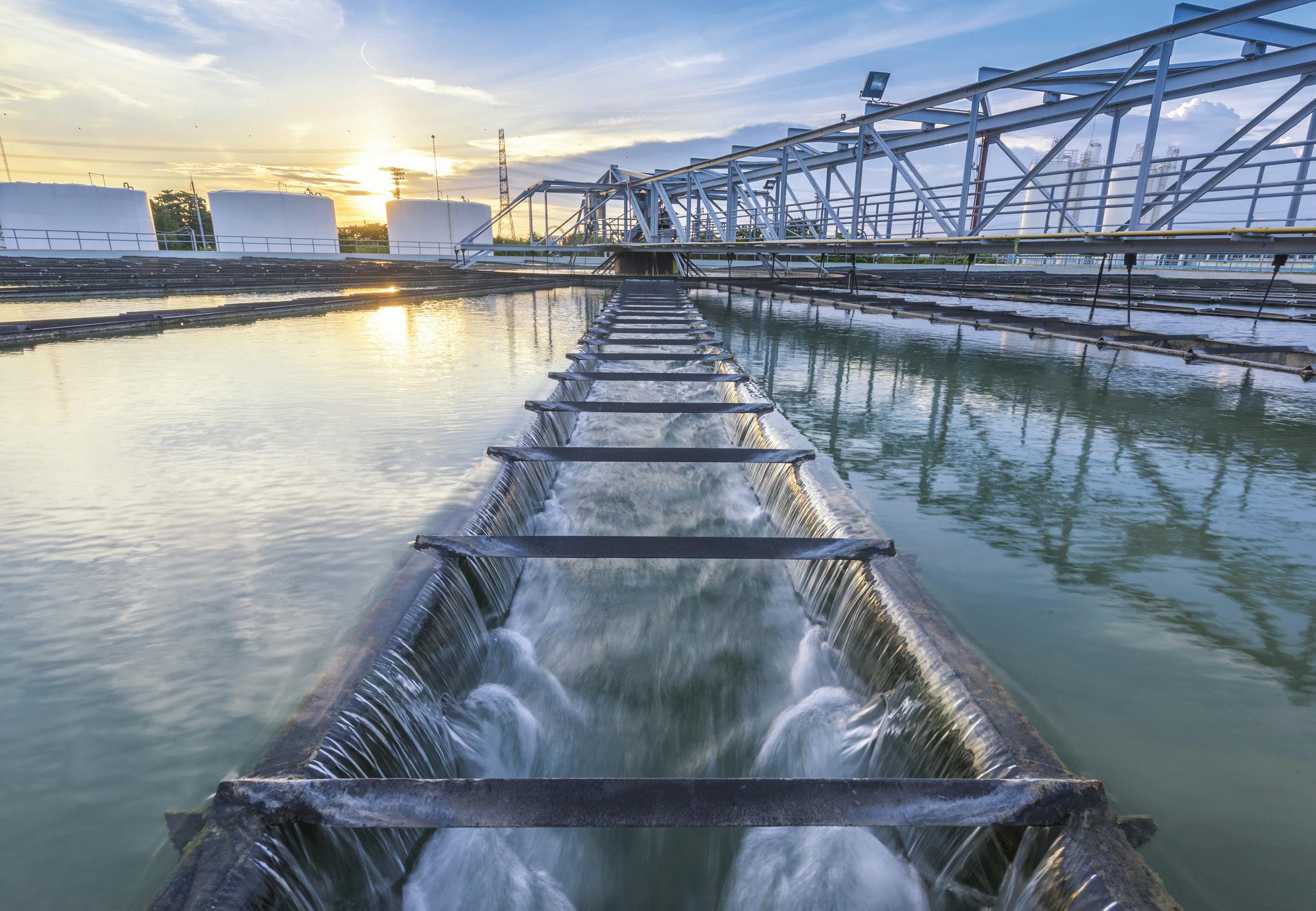
ProMinent’s Sigma range of pumps is getting a facelift and now features an intuitive operator interface and DULCOnneX for digital fluid management: integrated into a networked solution, Sigma/ X allows you to monitor, analyse and optimise metering processes with ease.
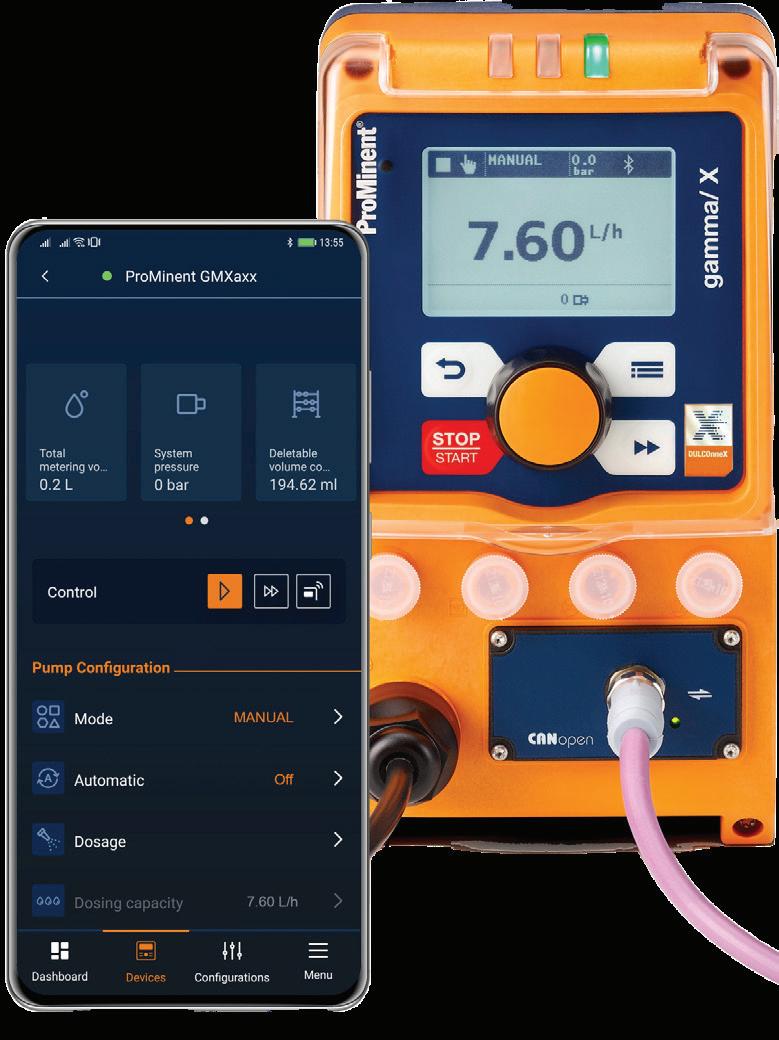

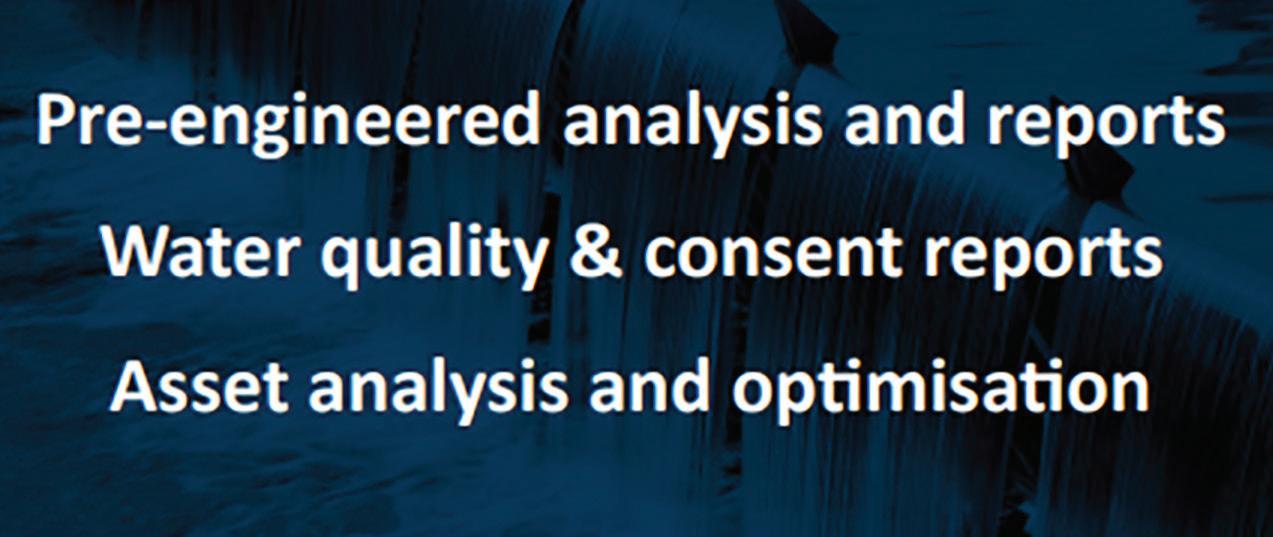
Find
Find
MARCH/APRIL 2023 WATER NEW ZEALAND 75
out more www.prominent.com/ dulconnex
the future today.
out more www.chemfeed.co.nz
Reliable and user friendly Gamma/ X with DULCOnneX - Extended Connnectivity.
Legal update on water reforms
By Helen Atkins, director, and Amelia Scharting, solicitor, Atkins Holm Majurey.

in pushback from opposition parties and legal scholars alike, due to potential constitutional ramifications, and the clause was ultimately removed before the final reading.
Bill 1 was enacted into legislation in mid-December as the Water Services Entities Act 2022, starting off the first major step in Three Waters reform. The new WSEs now begin their establishment period, which, at this stage, will run until July 2024, at which point they will become fully operational.
Water Services Legislation Bill
Bill 2 was introduced in early December for its first reading and is now with the Select Committee.
We’ve had a busy few months with a flurry of activity from the legislature before the summer holiday period, a changing of the guard in Parliament, and some extreme weather events hitting parts of the country. With lots of advancement, and some potential changes, in the Three Waters Reform space, this month’s article provides an update as to the status of the reform plans, and reviews recent case law relating to water conservation orders.
Three Waters Reform
Ongoing reform in the three waters space has certainly ramped up in the past month, with the Water Services Entities Bill (Bill 1) returning from Select Committee review in mid-November before being passed into law, and the introduction of both the Water Services Legislation Bill (Bill 2), and the Water Services Economic Efficiency and Consumer Protection Bill (Bill 3) in early-December.
Water Services Entities Act 2022

Following the report from the Finance and Expenditure Select Committee, which was returned in November, final tweaks were made to Bill 1 before it was enacted in mid-December.
Consideration of public submissions led to numerous changes as recommended by the Select Committee. These included both minor technical amendments, as well as more fundamental changes such as to the purpose, objectives, operating principles and governance arrangements.
Major recommendations from the committee included increased representation within the new Regional Representative Groups, an improvement to transparency mechanisms, added obligations of auditing and reporting, and the inclusion of both coastal and geothermal water within Te Mana o Te Wai statements.
Readers may recall the controversial inclusion of a new provision entrenching the obligation on water services entities (WSEs) to maintain the water services and associated significant assets under public ownership and control. This late addition to Bill 1 resulted
A so-called ‘omnibus bill’, Bill 2 will amend the Water Services Entities Act by creating a single statute. This combined piece of legislation will fully allow for the establishment of the WSEs by providing for their functions, powers, and duties.
Bill 2 has an operational focus, and details the tools required by the new WSEs to successfully operate as water services providers.
Key points from Bill 2 include:
• A detailed breakdown of the functions and powers of the WSEs;
• The provision of statutory authority for WSEs to charge for their services;
• Protections for vulnerable consumers;
• Stakeholder rights, such as the obligation on WSEs to engage while exercising powers and functions;
• The introduction of a compliance and enforcement regime; and
• The update of certain provisions from the Water Services Entities Act 2022 in relation to allocation schedules.
Water Services Economic Efficiency and Consumer Protection Bill
Bill 3 was also introduced into Parliament in early December. Bill 3 focuses on the price and quality of services to be provided by the new WSEs, as well as on consumer protection.
Given that the new WSEs will deliver essential water services, and the large sizes of the WSEs will result in natural monopolies, economic regulation and consumer protection regimes will be particularly important.
Key points from Bill 3 include:
• The appointment of the Commerce Commission as the economic regulator of water infrastructure services;
• The provision for a new water services commissioner, to be appointed on the Commerce Commission’s board;

• Functions designated to this commissioner which will include monitoring of services and the assessment of market competition;
• Regulation of price-quality, the disclosure of information, and the quality of services, which will be phased in over time; and
76 www.waternz.org.nz WATER NEW ZEALAND LEGAL
Left: Helen Atkins and Amelia Scharting.
The introduction of consumer protection provisions, which would include a complaints process and a dispute resolution scheme.
Water New Zealand’s submissions
Bills 2 and 3 underwent the Select Committee Process, allowing for public feedback on the draft bills.
Water New Zealand was granted an extension to the submission date, providing final submissions on behalf of its members on both bills on February 17, 2023. Thank you to those members who participated in the drafting of these; for those who would like to read the final submissions, please refer to the Water New Zealand website.
Next steps to the reform
Readers will be aware that the recent change in leadership of the Government has led to the reconsideration of numerous policies, including the Three Waters Reforms.
Cabinet is expected to consider all options on these reforms, with the new Local Government Minister (Hon. Kieran McAnulty) to report back with options. We look forward to seeing whether the policies driving these reforms will change, and keeping in touch with Water New Zealand members as to how this affects submissions and work done to date.
Extreme weather events
The opening months of 2023 have already seen extreme weather events which have highlighted the importance of water infrastructure systems, and emphasised the need for more cohesion in water management.
The North Island has been battered by successive bouts of heavy rain, while the South Island has seen extreme heat and droughts, resulting in water conservation measures being put in place.
Wet weather in the north led first to the Auckland Anniversary Floods over the period of January 27 to 31. The deluge, which saw more than 240mm of water fall in a single day, overloading stormwater systems and leading to intense flooding in many parts of the city.
Readers will be aware of the chaos that this weather system caused, leading to hundreds of houses being red-stickered, thousands yellow-stickered, many families being displaced, and the tragic loss of several lives.
The floods highlighted the need for greater stormwater management, as well as attention to old wastewater infrastructure.
Though the weather event is considered a ‘one-in-250-years’ phenomenon, it showed that Auckland’s water infrastructure is largely not up to the task of dealing with increasingly common weather bombs.
This was evident particularly in comparisons between older suburbs, which have a lot of intensive building work including, large degrees of concrete, and older-style underground stormwater pipes which failed to handle the volume of water, and newer, green focused stormwater systems, which were able to adequately absorb and move on the influx of water, with minimal damage to surrounding houses.
A silver lining of this experience is the increased public awareness on three waters infrastructure, and in particular on how different systems of stormwater management lead to varying outcomes. Questions have already been raised as to the legal requirements for building and infrastructure, and we will be interested to see whether the lessons of
the anniversary floods will be folded into future planning and policy documents.
As this article is being written the top of the North Island is in the grips of Cyclone Gabrielle causing havoc closing roads, bringing power lines and trees down and causing general flooding and peak tides.
Ngaruroro-Clive Water Conservation Order
This case concerned applications for subsequent water conservation orders (WCO) regarding the Ngaruroro and Clive Rivers.
A WCO requires that a waterbody is managed in its natural state, to reduce any degradation that may occur through associated resource use, and to protect the natural features of the waterbody such as important habitats or outstanding values.
The first WCO application was made by numerous applicants, being New Zealand Fish and Game Council, Hawkes Bay Fish and Game Council, Operation Pātiki Ngāti Hori Ki Kohupātiki, Royal Forest and Bird Protection Society of New Zealand (Forest and Bird), Jet Boating New Zealand, and Whitewater NZ Inc.
This application was considered by a Special Tribunal appointed by the Minister for the Environment. The Special Tribunal approved the WCO in part, with only the Upper Ngaruroro being protected by an order which was not in the form sought.
Forest and Bird and Whitewater NZ (Applicants) appealed this decision, seeking an amended WCO for the Upper Ngaruroro, as well as the introduction of an WCO regarding the Lower Ngaruroro. This would provide protection over the entirety of the river. The Applicants argued that the entire river constituted an outstanding habitat for both avifauna and indigenous fish.
The Environment Court considered a number of factors in its decision, including whether avifauna, habitat, and contribution to habitat could be considered outstanding values; whether amenity and intrinsic values should be considered outstanding values; whether natural characteristics could be considered outstanding values; and what the protections should be for any of these outstanding values.
The Court also had regard to relevant s212 matters in its decision, such as the concerns of primary and secondary industry, the interests of the community, and māori values and concerns.
The issues at play were considered finely balanced by the Court, which noted that the decision was a “close-run matter”.
Of particular concern was the lack of consultation with the hapū by the Applicants. The Court held that the river did contain areas of outstanding value, which would require the protection afforded by WCOs.
Existing measures, such as the regional resource management plan, or associated proposed plan changes, did not provide sufficient protection of the nationally outstanding values, nor did they provide enough certainty for future recognition of these outstanding values.
As a result of its considerations, the Environment Court issued an interim recommendation in November 2022, recommending a WCO over both the upper and lower Ngaruroro River. There has been a High Court appeal to the interim decision by the Hawke’s Bay Regional Council. This appeal does not hold up the next steps.
The next steps are for the Environment Court to issue its final recommendation which then goes to the Minister for the Environment for consideration, who will either accept or reject the WCO.
MARCH/APRIL 2023 WATER NEW ZEALAND 77
Magnetic material mops up microplastics in water

Researchers at RMIT University have found an innovative way to rapidly remove hazardous microplastics from water using magnets.
Lead researcher Professor Nicky Eshtiaghi says existing methods could take days to remove microplastics from water, while their cheap and sustainable invention achieves better results in just one hour.
The team says they have developed adsorbents, using nanomaterials that also contain iron, in the form of a powder, that remove microplastics 1000 times smaller than those currently detectable by existing wastewater treatment plants.
The researchers have successfully tested the adsorbents in the lab, and they plan to engage with industry to further develop the innovation to remove microplastics from waterways.
The research results are published in the Chemical Engineering Journal.
“The nano-pillar structure we’ve engineered to remove this pollution, which is impossible to see but very harmful to the environment, is recycled from waste and can be used multiple times,” says Eshtiaghi from RMIT’s School of Environmental and Chemical Engineering.
“This is a big win for the environment and the circular economy.”
How does this innovation work?
The researchers have developed an adsorbent using nanomaterials that they can mix into water to attract microplastics and dissolved pollutants.
Muhammad Haris, the first author and PhD candidate from RMIT’s School of Environmental and Chemical Engineering, says the nanomaterials contained iron, which enabled the team to use magnets to easily separate the microplastics and pollutants from the water.
“This whole process takes one hour, compared to other inventions taking days.” Co-lead researcher Dr Nasir Mahmood, from Applied Chemistry and Environmental Science at RMIT, says the nano-pillar
structured material was designed to attract microplastics without creating any secondary pollutants or carbon footprints.
“The adsorbent is prepared with special surface properties so that it can effectively and simultaneously remove both microplastics and dissolved pollutants from water.
“Microplastics smaller than five millimetres, which can take up to 450 years to degrade, are not detectable and removable through conventional treatment systems, resulting in millions of tonnes being released into the sea every year. This is not only harmful for aquatic life, but also has significant negative impacts on human health.”
Sustainable mitigation
In order to ensure the most sustainable approach possible, Eshtiaghi says the research team created the adsorbent powder from olive waste – a growing waste stream in Australia.
“Olive waste has a phenol component, which is quite harmful for soil. You can’t really dump it. And there is a lot of olive waste generated in Australia. Using this waste stream to create our powder helps to contribute to the circular economy.
“We have converted this olive waste into a carbonous material using a highpressure, high-temperature reactor. For our processes, we added an iron-based salt, as well as a metallic-organic framework.”
While metallic-organic frameworks (MOFs) are receiving a lot of interest due to their surface area, Eshtiaghi says the researchers needed to find a way to make it easily removable.
“The process we have developed gets the benefit of both the high surface area, but also to easily remove it by magnet.”
She says the nano-pillar structured material was also designed to attract microplastics without creating any
secondary pollutants or carbon footprints, which are two of the key challenges of treating water for microplastics.
“The process does not leave any secondary pollution behind, which is often the issue with trying to remove microplastics from water through activated carbon.
“So we aimed not to introduce any further problems, while also contributing to the circular economy by creating an addedvalue product from waste.”
What’s more, the adsorbent powder can also be re-used.
“We can recycle the powder – it can be used up to six times. It loses about 10 percent of its efficiency after six cycles.”
What are the next steps?
Developing a cost-effective way to overcome these significant challenges posed by microplastics was critical, Eshtiaghi says.
“Our powder additive can remove microplastics that are 1000 times smaller than those that are currently detectable by existing wastewater treatment plants.
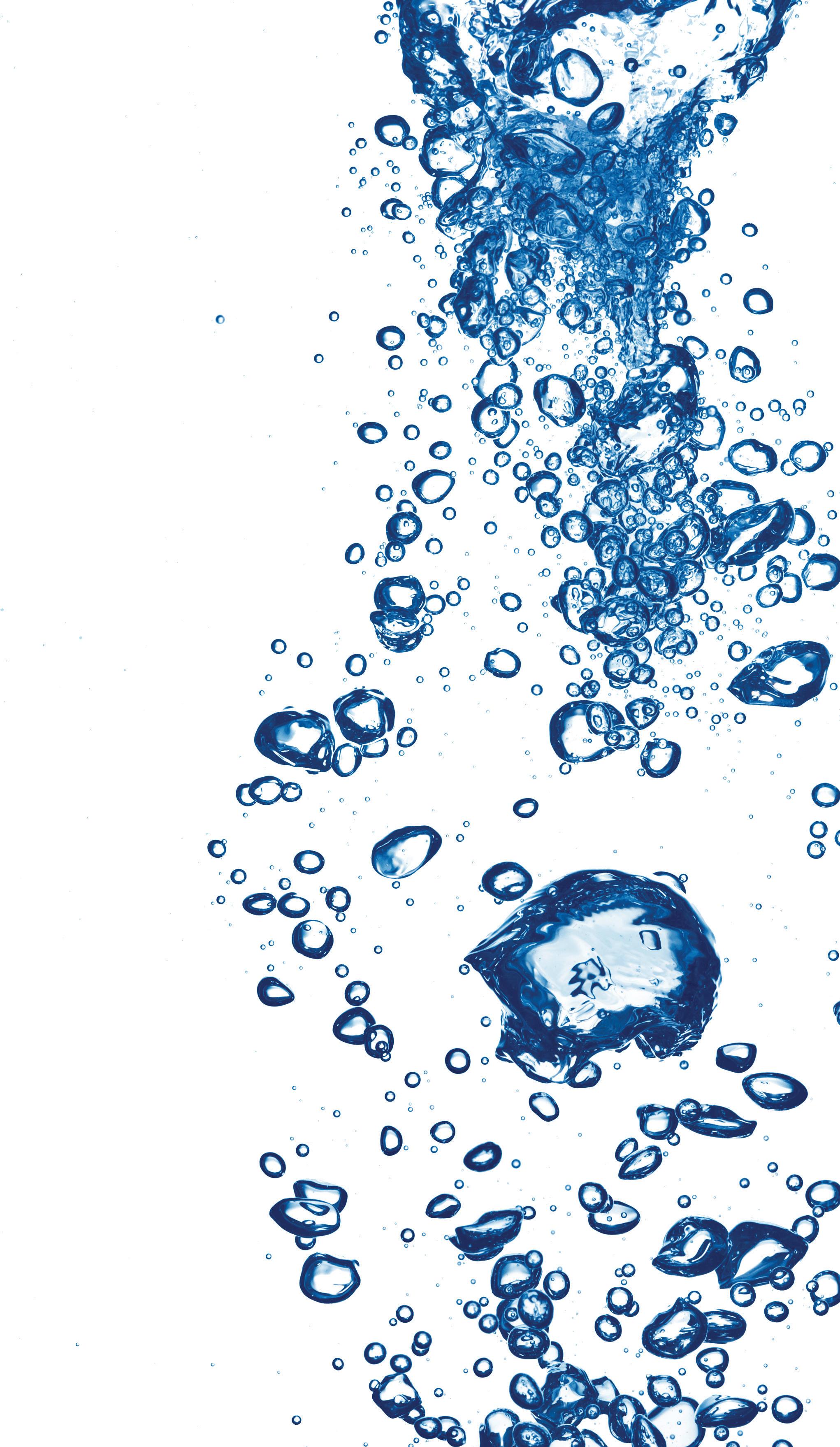
“We are looking for industrial collaborators to take our invention to the next steps, where we will be looking at its application in wastewater treatment plants.”
Eshtiaghi and her colleagues have worked with various water utilities across Australia, including with Melbourne Water and Water Corporation in Perth on a recent Australian Research Council Linkage project to optimise sludge pumping systems.
Their paper, ‘Self-assembly of C@ FeO nanopillars on 2D-MOF for simultaneous removal of microplastic and dissolved contaminants from water’, is published in the Chemical Engineering Journal. To read it, go to: sciencedirect.com/ science/article/abs/pii/S1385894722058703
Article by Will Wright of RMIT, with additional information from Cecilia Harris of AWA.
78 www.waternz.org.nz WATER NEW ZEALAND



MARCH/APRIL 2023 WATER NEW ZEALAND 79 Integrated Ultrasonic Water Meters www.adriley.co.nz/axioma Cost effective metering accuracy with ultrasound technology Highly reliable metering products produced and certified in Europe For Research Use Only. Not for use in diagnostic procedures. © 2022 Thermo Fisher Scientific Inc. All rights reserved. Trademarks used are owned as indicated on thermofisher.com/trademarks COL100282AU With product solution experts on hand to support your needs across wastewater, drinking water, surface water and ground water analysis. View our latest brochure at thermofisher.com/waterqualitybrochure Trust us to assist with your water analysis
Teaching an old pipe new tricks
How reusing an out-of-service sewer pipeline helped to protect Nelson’s pristine coastline
In Nelson, continued housing growth was putting pressure on wastewater infrastructure, with potential to cause overflows during wet weather events.
The at-risk mains border the Waimea Inlet, a tidal lagoon that is a haven for local bird and aquatic life. Urgent action was needed to improve the reliability of the community’s wastewater service and to protect the sensitive ecosystem.
While the Nelson Regional Sewerage Business Unit (NRSBU) was eager to add as much capacity to the network as possible, an increase of 300 litres per second would be enough to safeguard against overflows and secure the system. At first glance, building new infrastructure seemed the obvious choice, but this came with a hefty price tag.
Determined to find a solution that balanced cost with capacity, the NRSBU took a broad view and assessed all available options.
“Our focus was not only how we do the project, but also how we can do it right,” says Nathan Clarke, general manager of regional sewerage and landfill services at NRSBU.
“We looked at the problem and then went out to find the solutions that would be the most suitable and also the most affordable.”
Choosing the right project
In 2007, a 1.1 kilometre section of DN525 AC sewer running under the Waimea Inlet was deactivated following the construction of a new, larger pipeline that followed the shoreline. Fast-forward to 2020, the NRSBU determined that rehabilitating and recommissioning the pipeline was a key part of the answer to the capacity issues the network was facing.
Re-using existing assets can be a lower impact, lower cost alternative to expanding a network by building new infrastructure. In this instance, it would have the added advantage of introducing a line that could act as a backup during maintenance work elsewhere in the network.
Now that the right approach had been identified, the next challenge was to find the right rehabilitation method.
The right tools for the job
The NRSBU and their delivery partner, Interflow, openly considered all available options. These included slip lining with polyethylene, open excavation and re-lay, die-reduced close-fit polyethylene, and a flexible aramid-reinforced liner called Primus Line.
As the pipeline ran underwater, it was essential to ensure no disturbance of the inlet during works.
With access then limited only to the ends of the pipeline, confining work to easily accessible areas outside the inlet was key to reducing the risk to the ecologically sensitive area. This quickly ruled out any option that needed extensive access along the alignment, like dig and re-lay.
Slip lining and die-reduced close-fit lining were promising early contenders, but the sheer length of the pipe meant liners would need to
be installed in two pulls, with a launch and receive pit mid-way – right in the centre of the Waimea Inlet.
This led to the selection of Primus Line, which could be installed through the entire 1.1km length in a single pull – a feat that would go on to become a company record for Interflow.
“We were able to rehabilitate the inactive pressure sewer pipeline from just the ends,” says Interflow’s national product manager, Will Zillmann. “This was crucial for ensuring no disturbance to the Waimea Inlet in order to protect Nelson’s sensitive coastline.”
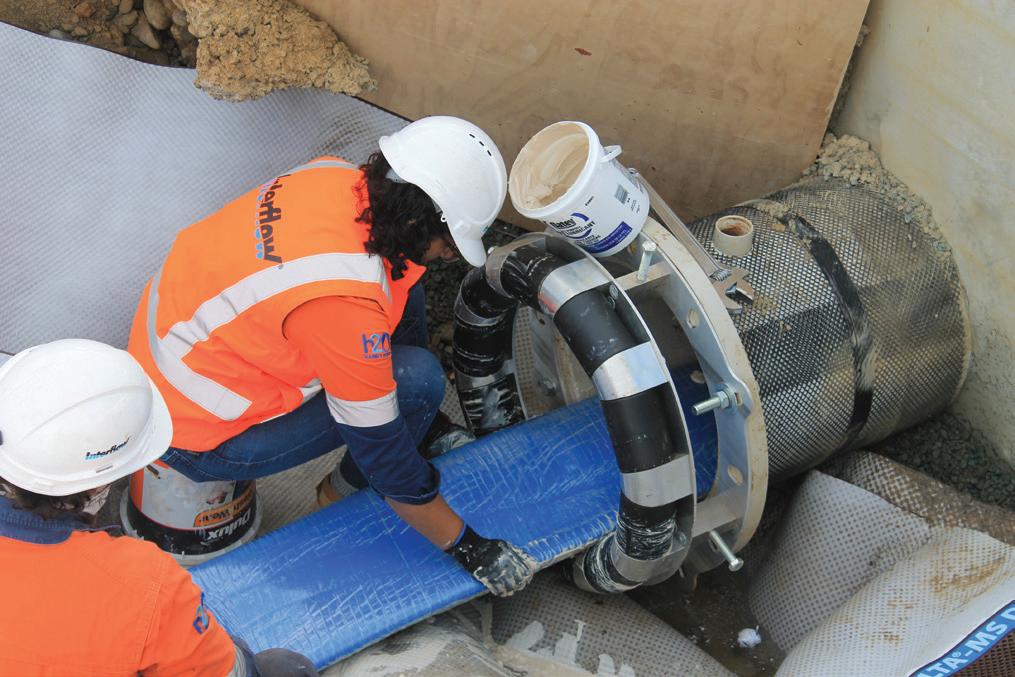
The team selected a liner with a 442mm internal diameter, which would provide enough capacity to satisfy the network’s growing demands.
Preparing the pipeline for rehabilitation came with its own set of unique challenges. For the project to proceed, the entire length of pipeline needed to be inspected to confirm it was suitable for relining. The catch: technology capable of communicating at such a range and in an underwater pipeline was not available locally.
Interflow found specialised CCTV equipment overseas that could perform this while also pulling through the guide rope for the installation winch. The winch itself was a 10 tonne trailer winch that was modified to accommodate 1200 metres of cable.
After preparation, the liner was installed, inflated, and pressure tested before being connected to the network, ready to serve the community once again.
Reflecting on the project’s success, Nathan says, “Stepping back and looking at the bigger picture meant that we could choose where and how to work.”
“Because of this, we were able to expand our network in a way that balanced cost and customer demand without needing to work within the inlet or build any new infrastructure.”
Article provided by Interflow

80 www.waternz.org.nz WATER NEW ZEALAND PIPE REHABILITATION
Primus Line installation in progress.
Bay of Plenty Regional Council’s work guides and supports the sustainable development of the Bay of Plenty.


Our laboratory and sampling services team is registered with Taumata Arowai and can provide IANZ accredited testing and sampling for a number of different chemical, microbiological and drinking water parameters.
For further information on our laboratory testing services go to www.boprc.govt.nz



CIWEM HAS A NETWORK OPERATING IN NEW ZEALAND.



It is the only Royal Chartered professional body dedicated to water and the environment sector. www.ciwem.org
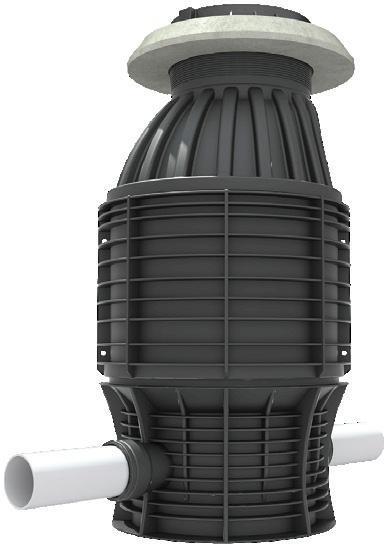

If you’d like to explore how to become a chartered professional in NZ go to:
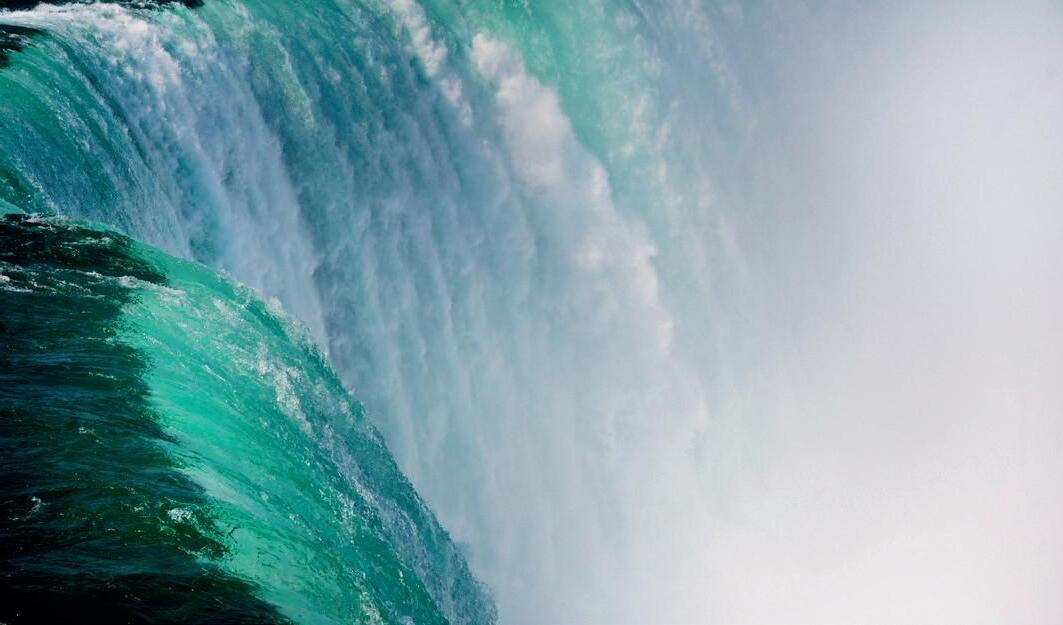
Contact Dan Stevens: dan.stevens@beca.com or Peter.Brooks@greenscenenz.com Wayne Telfer

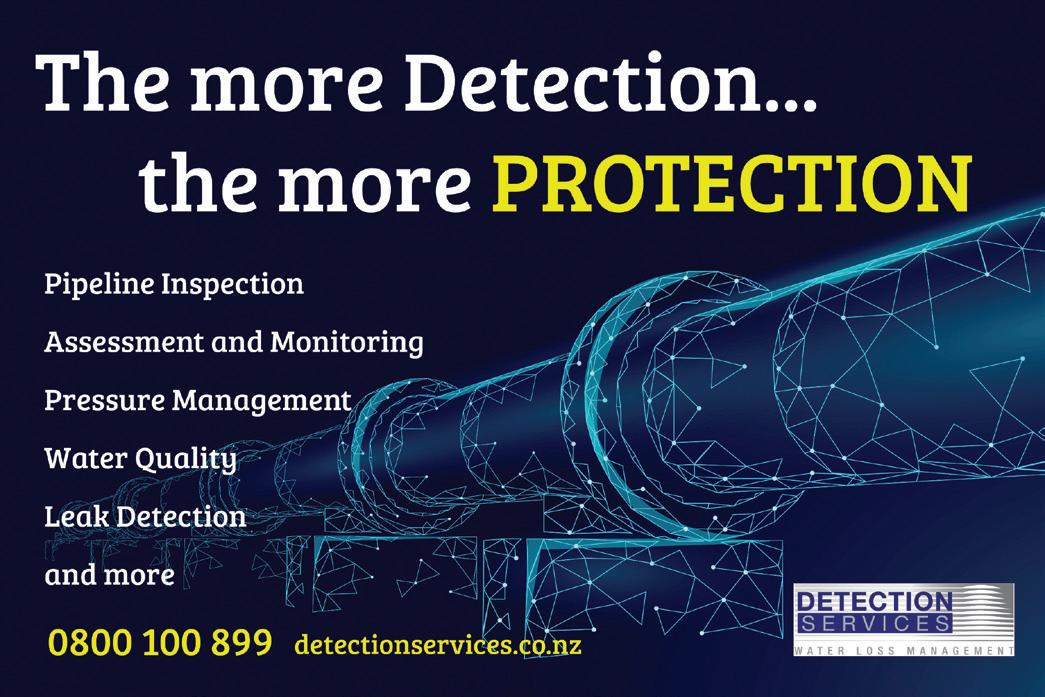
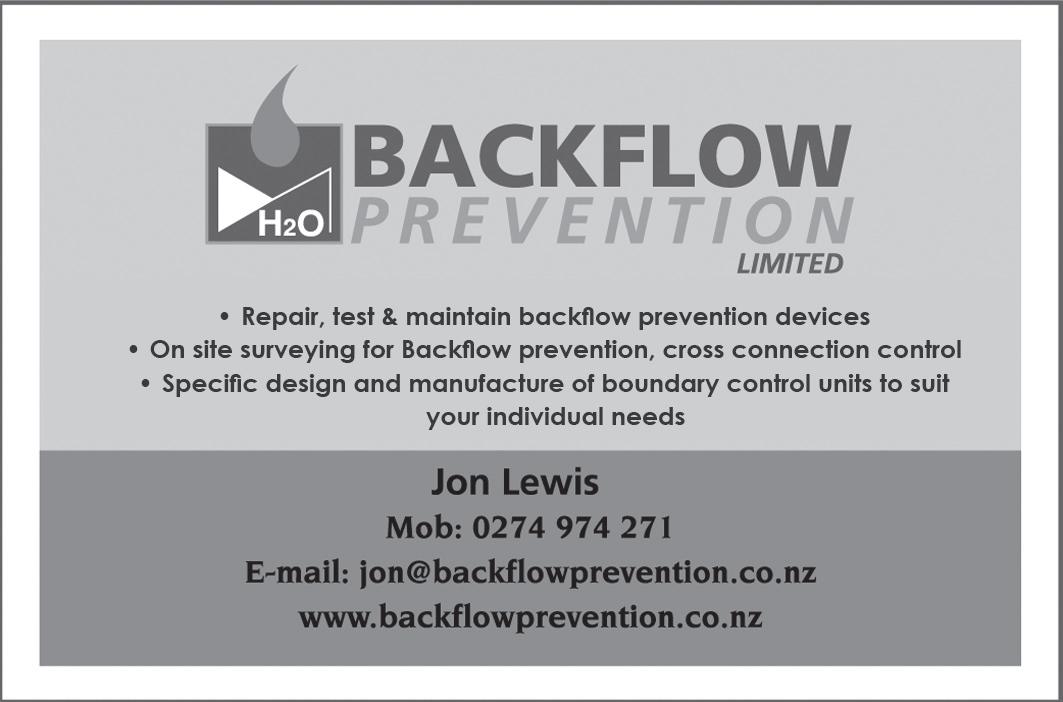
AGRU New Zealand Ltd Huerner Welding Technology Ltd



Specialisation in PP, PE, Specialisation in Butt Welding , fittings & piping systems Electro-fusion equipment & tools www.agru.co.nz www.huerner.co.nz


Ph: 09 299 3640 Mob: 021 329432 @: r.gruen@xtra.co.nz
• Waste Treatment Ponds • Marinas • Dams • Lagoons • Lakes 07 868 1129
MARCH/APRIL 2023 WATER NEW ZEALAND 81
The Chartered Institution of Water and Environmental Management
Mobile:
34
Dredging, Dewatering, Biosolids Cartage and Beneficial Reuse, Sludge Surveys, Wet / Dry Hire of Mechanical Dewatering Equipment Member Water NZ Member PWWA Member ANZBP Member AWA Member WIOA
General Manager
027 491 4697 Office: 09 278 7109 Email: wayne@conhur.com Web: www.conhur.com
Oakleigh Avenue, Takanini, Auckland 2112 PO Box 204021, Highbrook Mail Centre, Manukau 2161
◆
admin@hydracare.co.nz ◆ DESLUDGING ◆ DESILTING
EXCAVATING

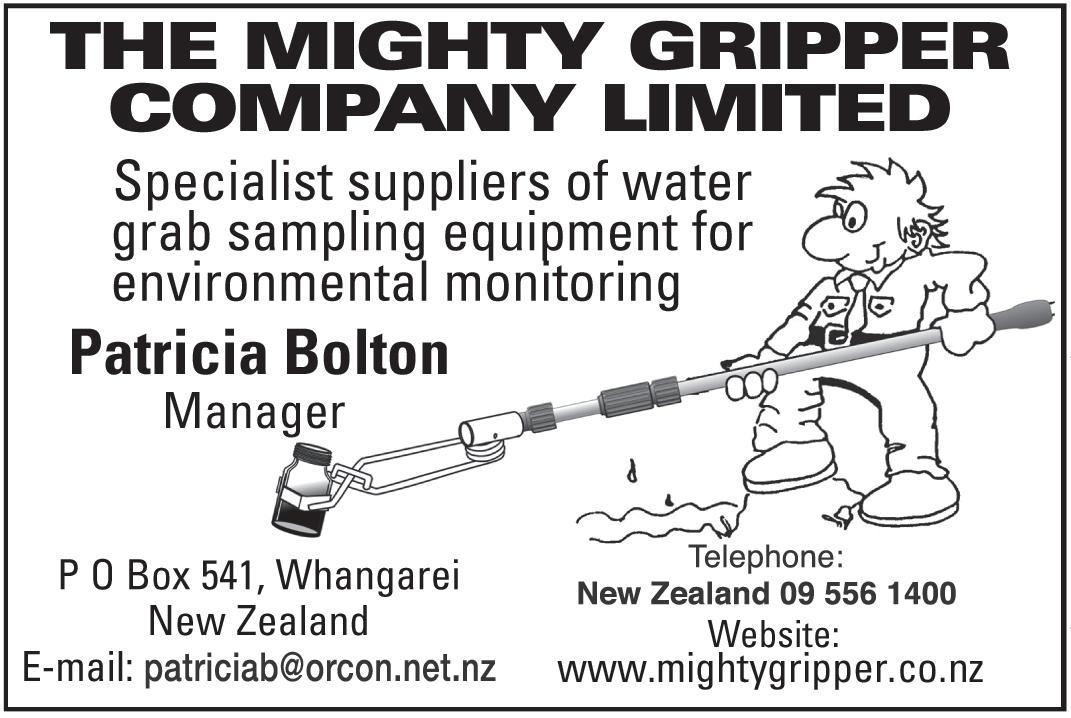

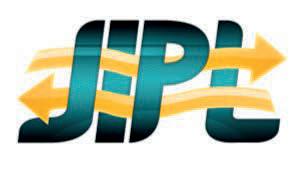
82 www.waternz.org.nz 43South 55 ACO Limited 33 Acuflo Industries Ltd ...............................................................................................................47 Armatec 23 Arthur D Riley & Co Ltd 61 Arthur Riley 79 ASSA ABLOY ...............................................................................................................................39 Beca 53 Brown Bros 37 Chemfeed 75 CKL 22 Combined Technologies 65 Connexis 67 Deeco Services Ltd ................................................................................................................IFC Demden 60 GHD 71 Guaranteed Flow Systems 31 Hynds ................................................................................................................................................53 ifm electronic 59 Interflow 73 Kaeser Compressors 67 MacEwans 09 Marinaquip 33 Mason Engineers 17 Moddex ............................................................................................................................................29 NZ Controls 75 Phoslock Environmental Technologies 49 Promains 31 Pump Supplies ............................................................................................................................25 Rendertech 46 Smith and Loveless 43 Swan Analytical 19 Taumata Arowai 51 Teltherm Instruments 72 ThermoFisher Scientific 79 Water Supply Products IBC Waterpro 69 Xylem OBC CLASSIFIEDS Australasia Moulding Ltd 81 Backflow Prevention 81 Bay of Plenty Regional Council ....................................................................................... 81 CIWEM 81 Conhur 81 Detection Solutions 81 Huerner Welding Technology Ltd................................................................................... 81 Hydra-Care 81 Jonassen Industrial Projects Ltd 82 Pacific Technologies (NZ) Limited 82 The Mighty Gripper Company Ltd 82 WATER NEW ZEALAND ADVERTISER'S INDEX YOUR AD HERE FOR JUST CONTACT Debbie Laing M: +64 27 455 0223 Email: advertising@waternz.org.nz plus GST $240 SBR Process Systems Thickening Systems Dewatering Systems Consultancy Aeration, Mixing, SBRs, Dewatering Aeration, Mixing, SBRs, Dewatering Aeration Blowers Aeration Diffusers High Efficiency Mixers Sludge Conditioning P: 09 479 3952 E: info@jipl.co.nz www.jipl.co.nz JONASSEN INDUSTRIAL PROJECTS LIMITED Process, Design & Environmental Engineers


WE SOLVE YOUR WATER CHALLENGES 0800 33 19 14 | solve@xylem.com | xylem.com/nz LEADERSHIP IN GLOBAL WATER TECHNOLOGY We are a global team unified in a common purpose: creating advanced technology solutions to the world’s water challenges. Developing new technologies that will improve the way water is used, conserved, and re-used in the future is central to our work. Our products and services move, treat, analyse, monitor, and return water to the environment in the mining, industrial, public utiltity, residential, and commercial building services sectors. We also provide a leading portfolio of smart metering, network technologies, and advanced analytics solutions. SALES - SERVICE - RENTAL @xylemanz






































































































 By Lesley Smith, Water New Zealand
By Lesley Smith, Water New Zealand







































































































































































































 Photo: Left, Jon Speedy and right Clay Adams at the Ghella Abergeldie Central Interceptor induction.
Photo: Left, Jon Speedy and right Clay Adams at the Ghella Abergeldie Central Interceptor induction.































































































































































